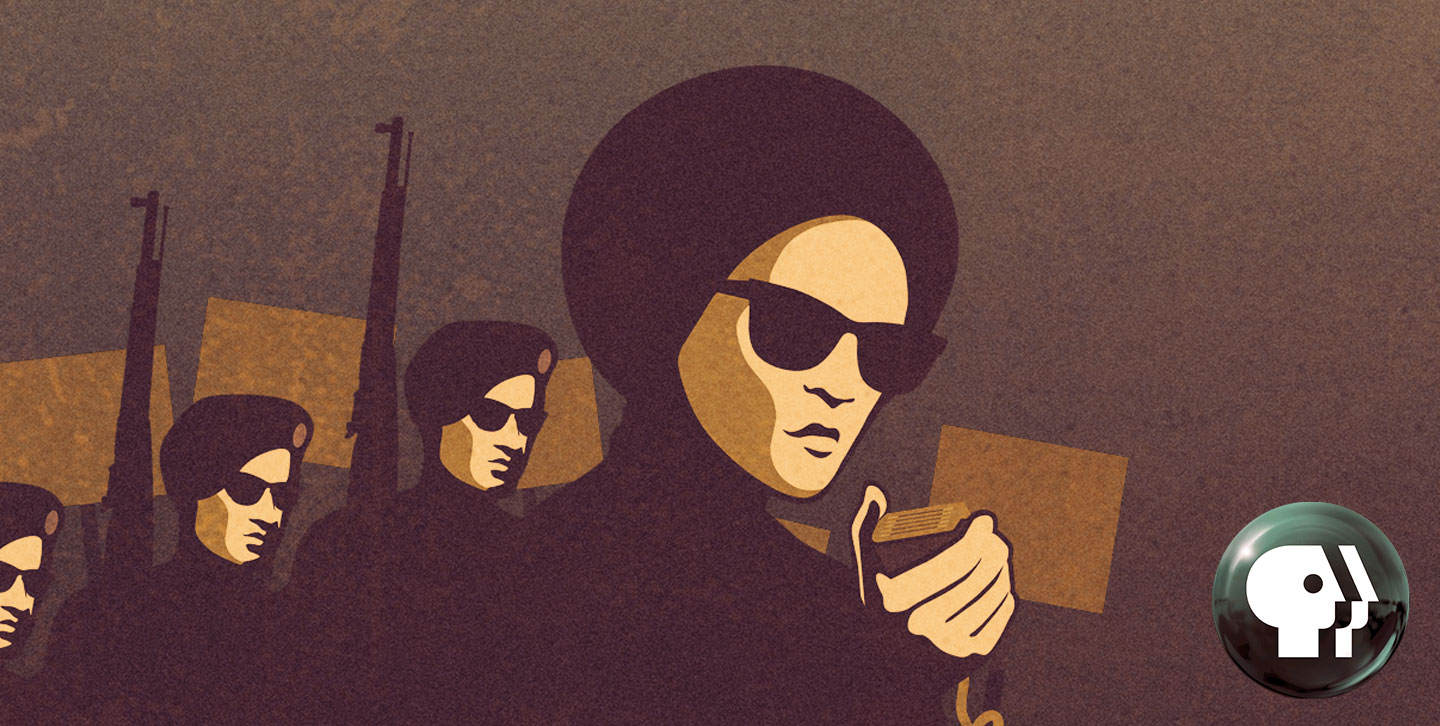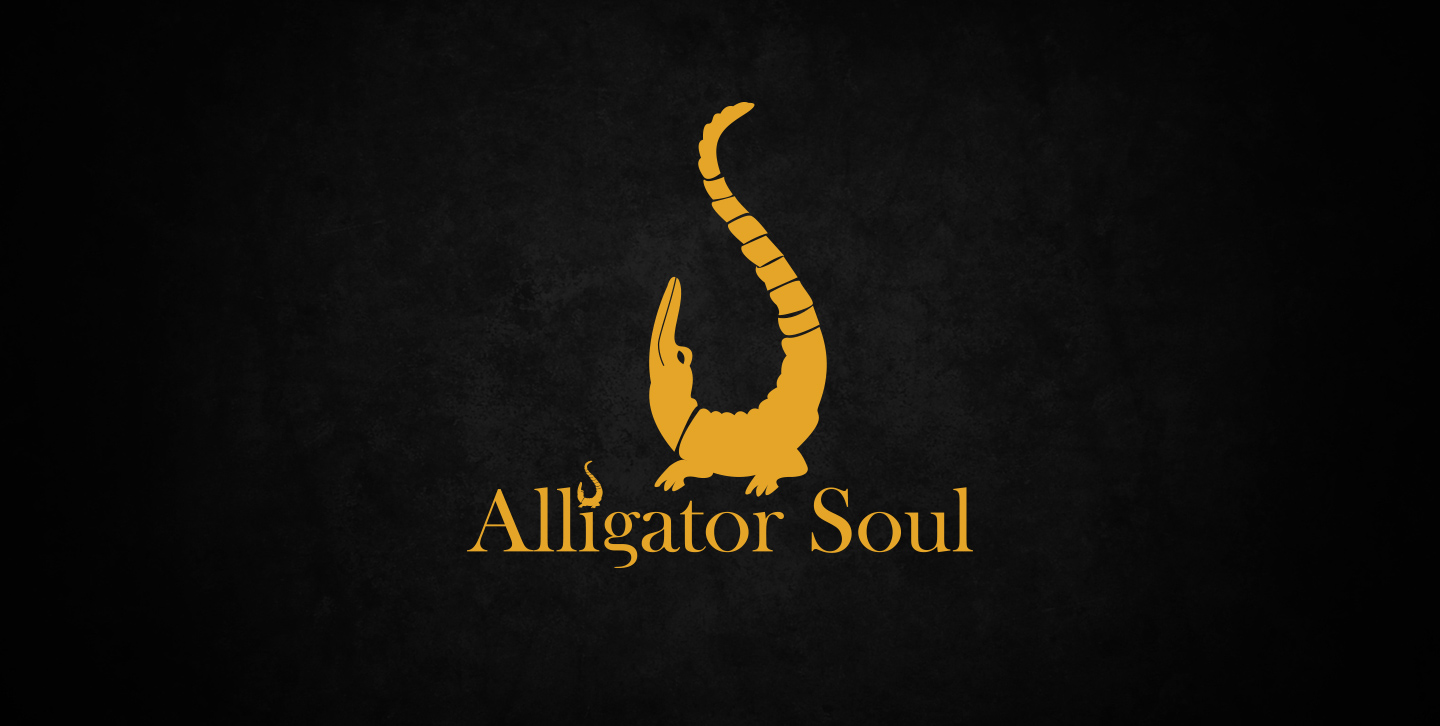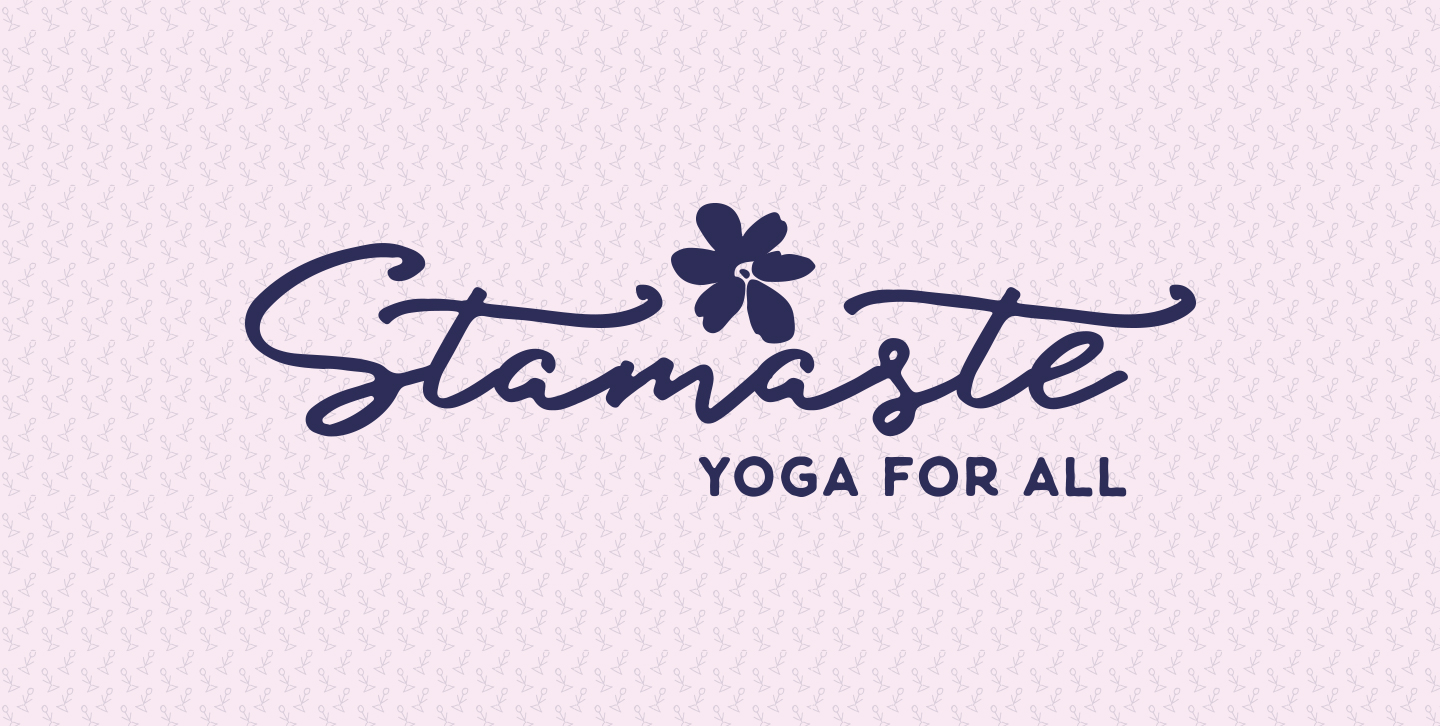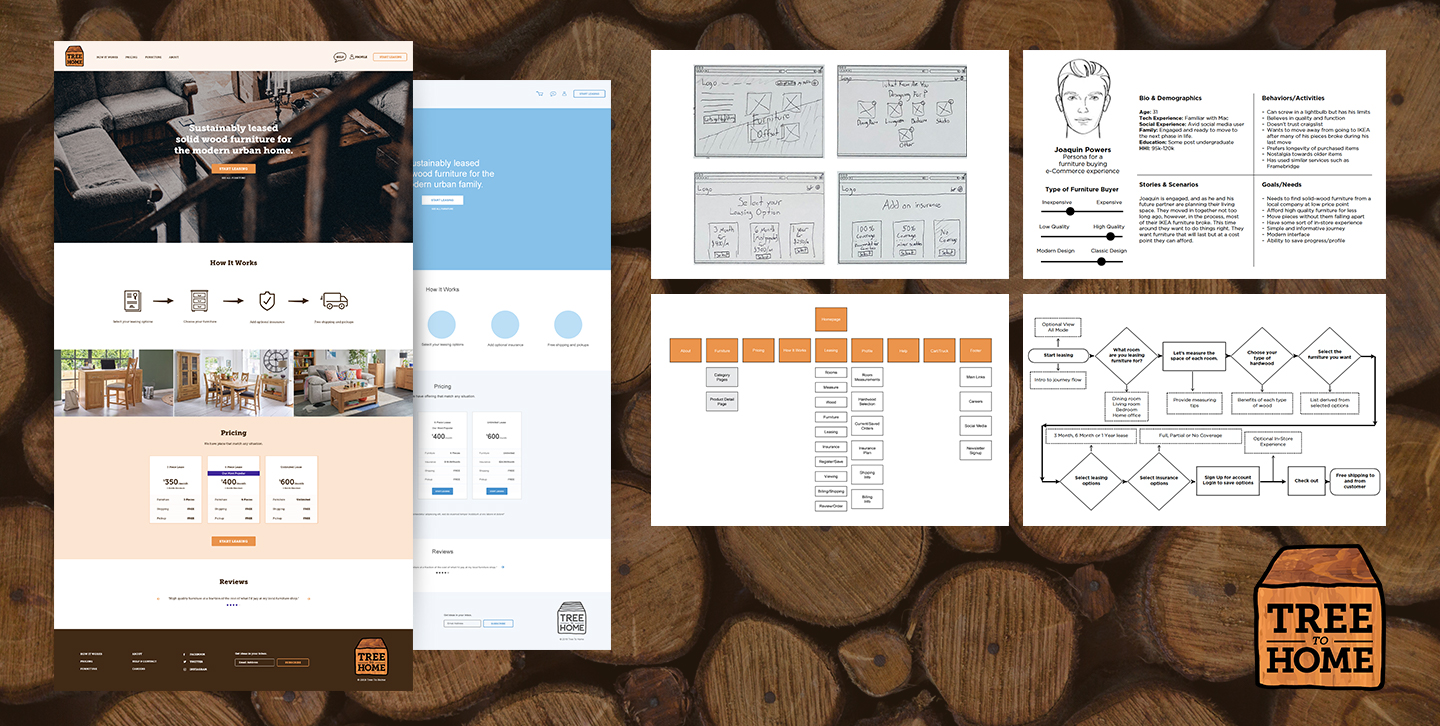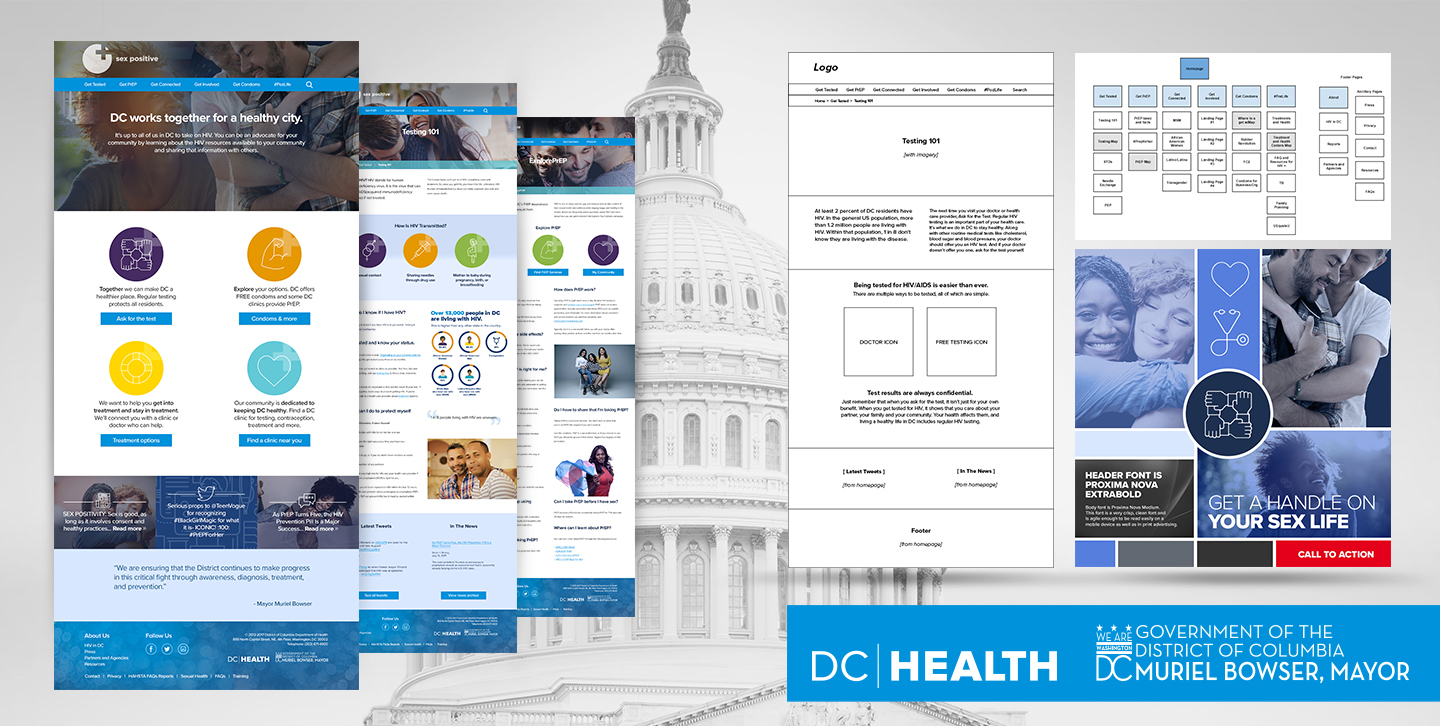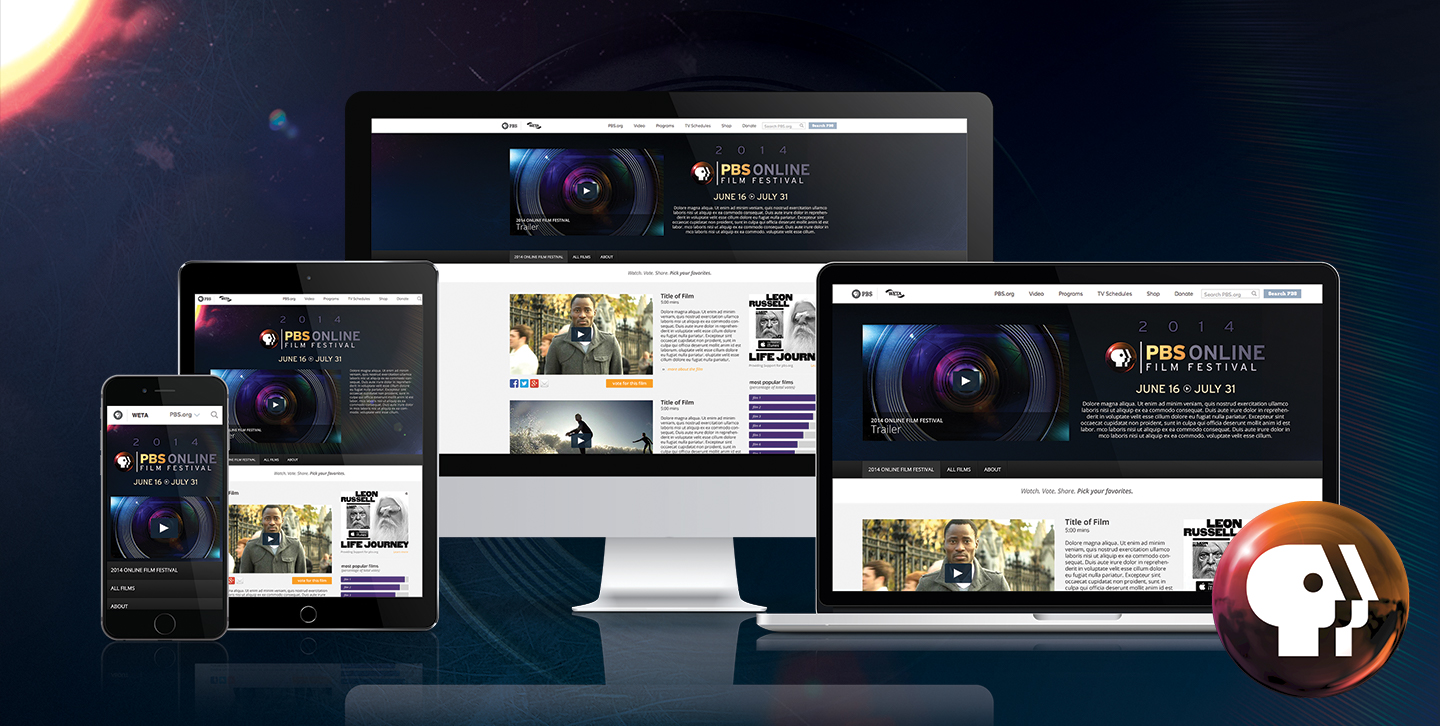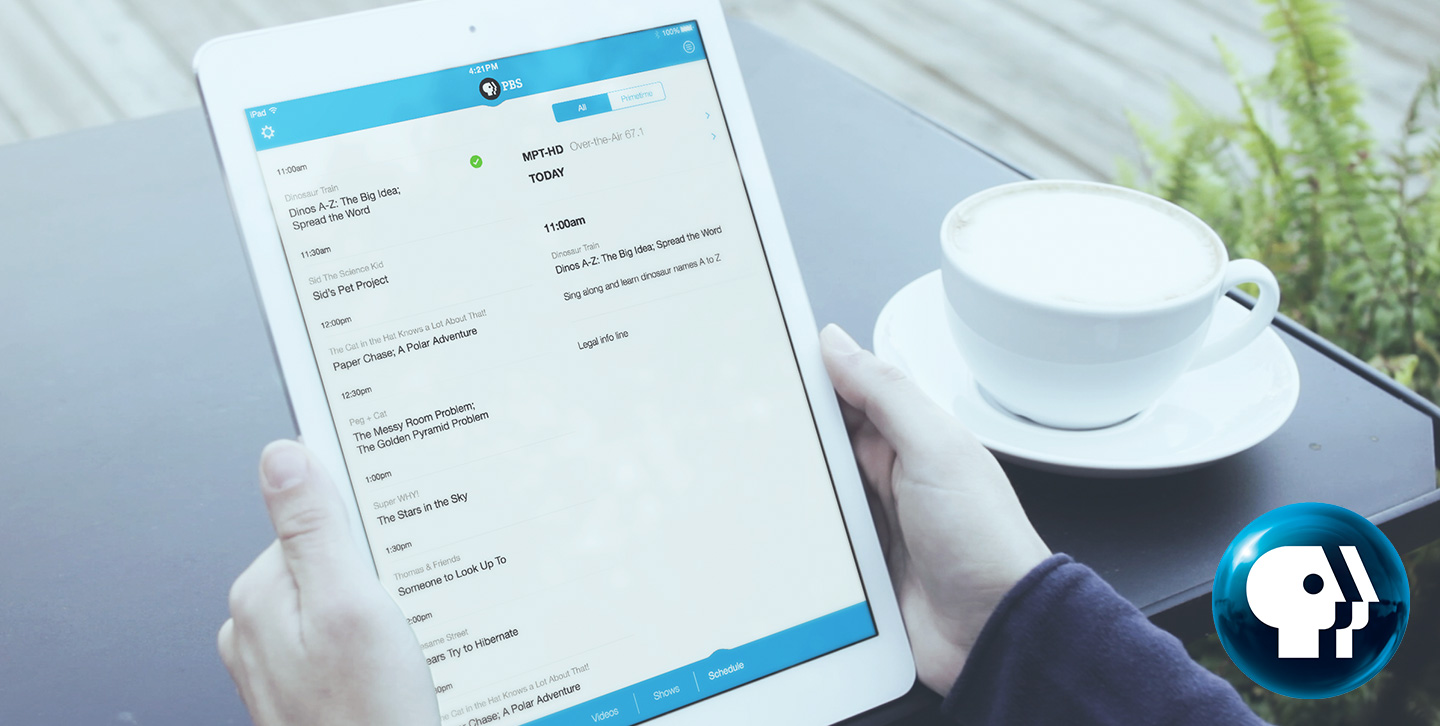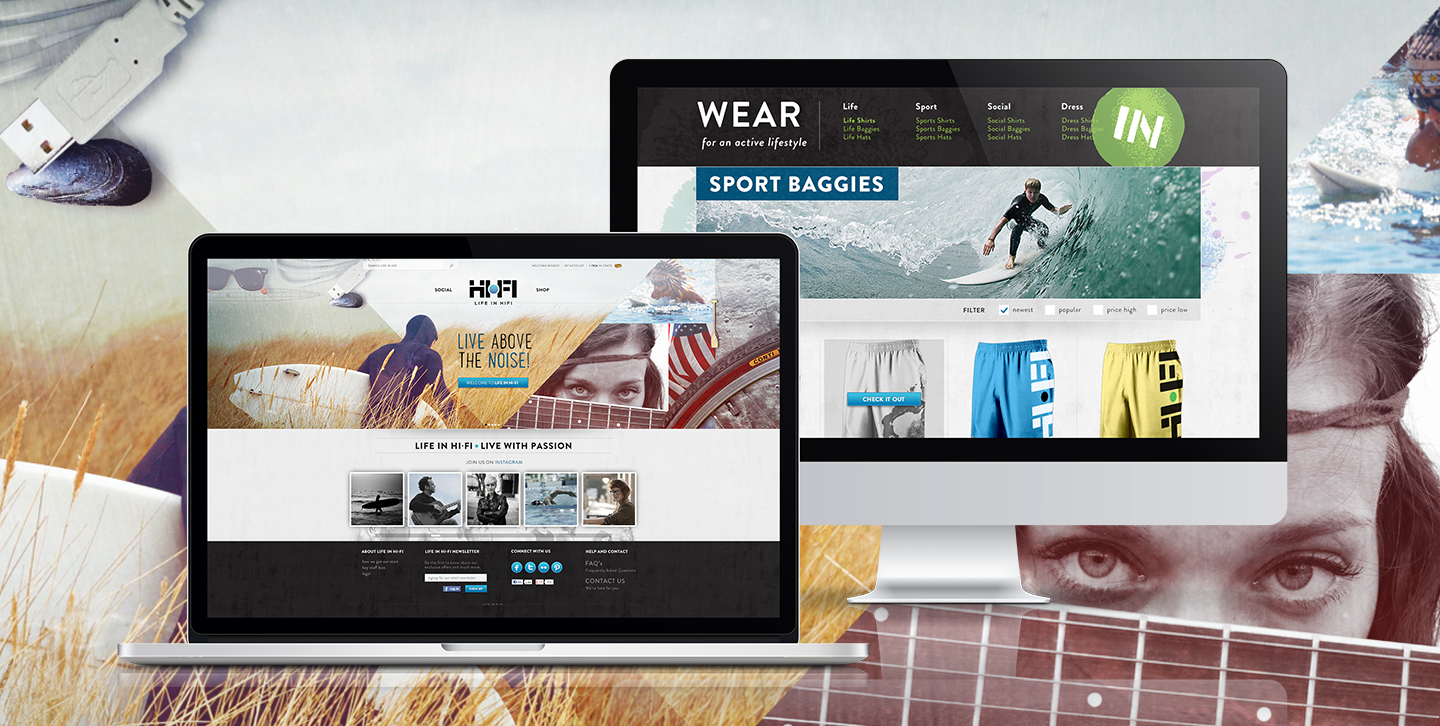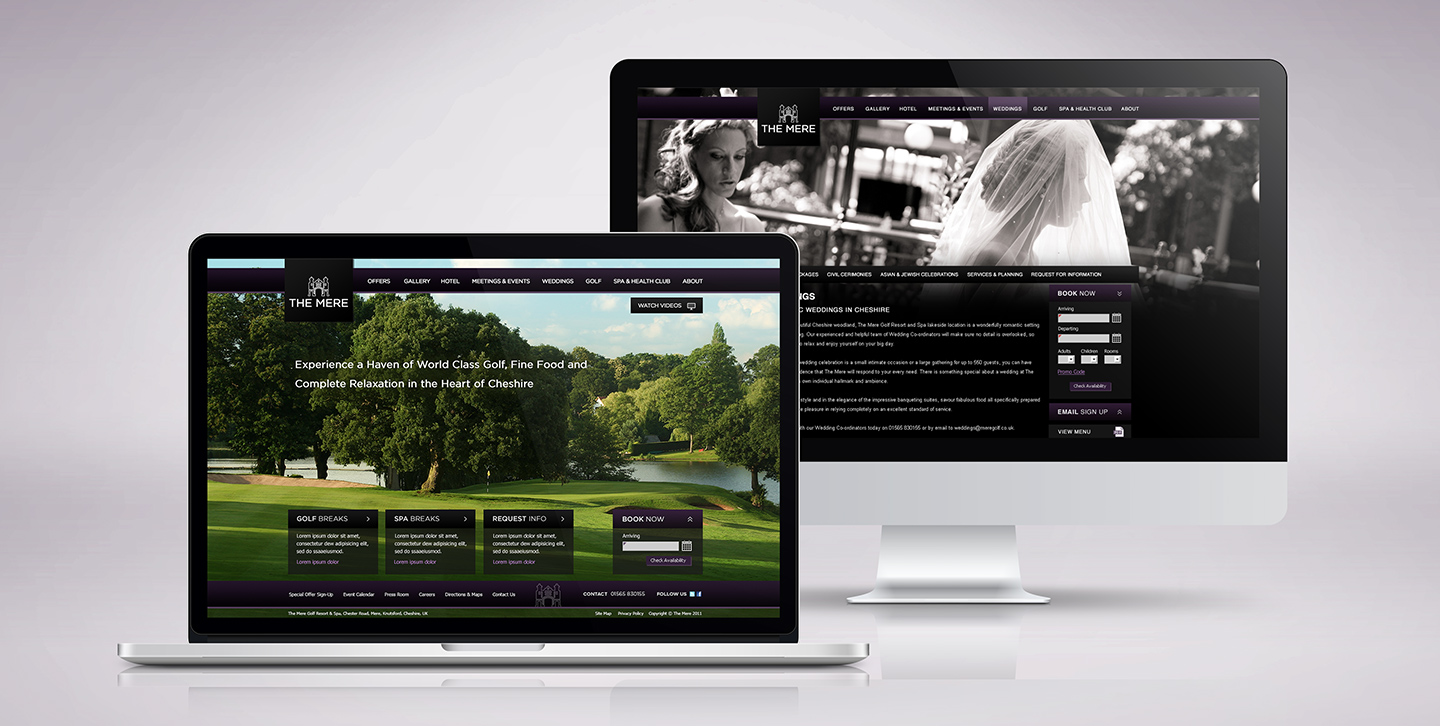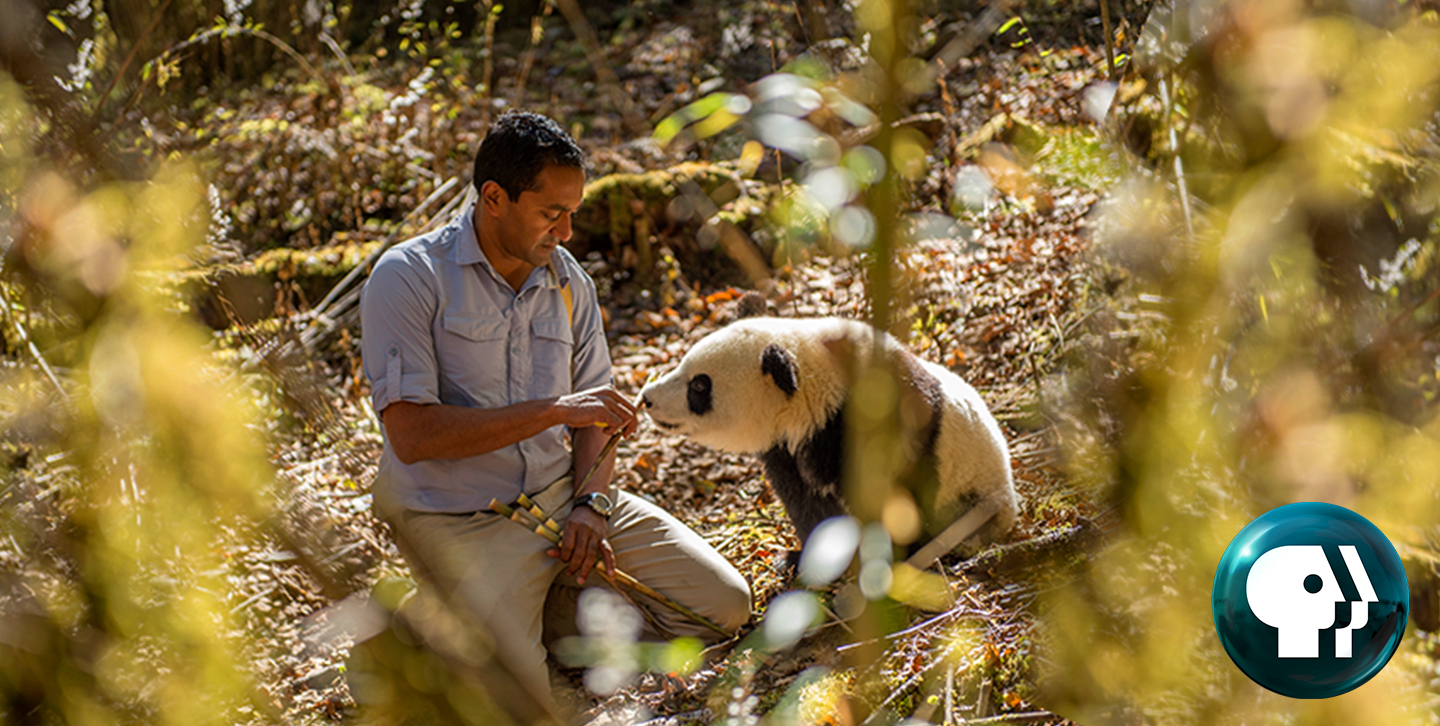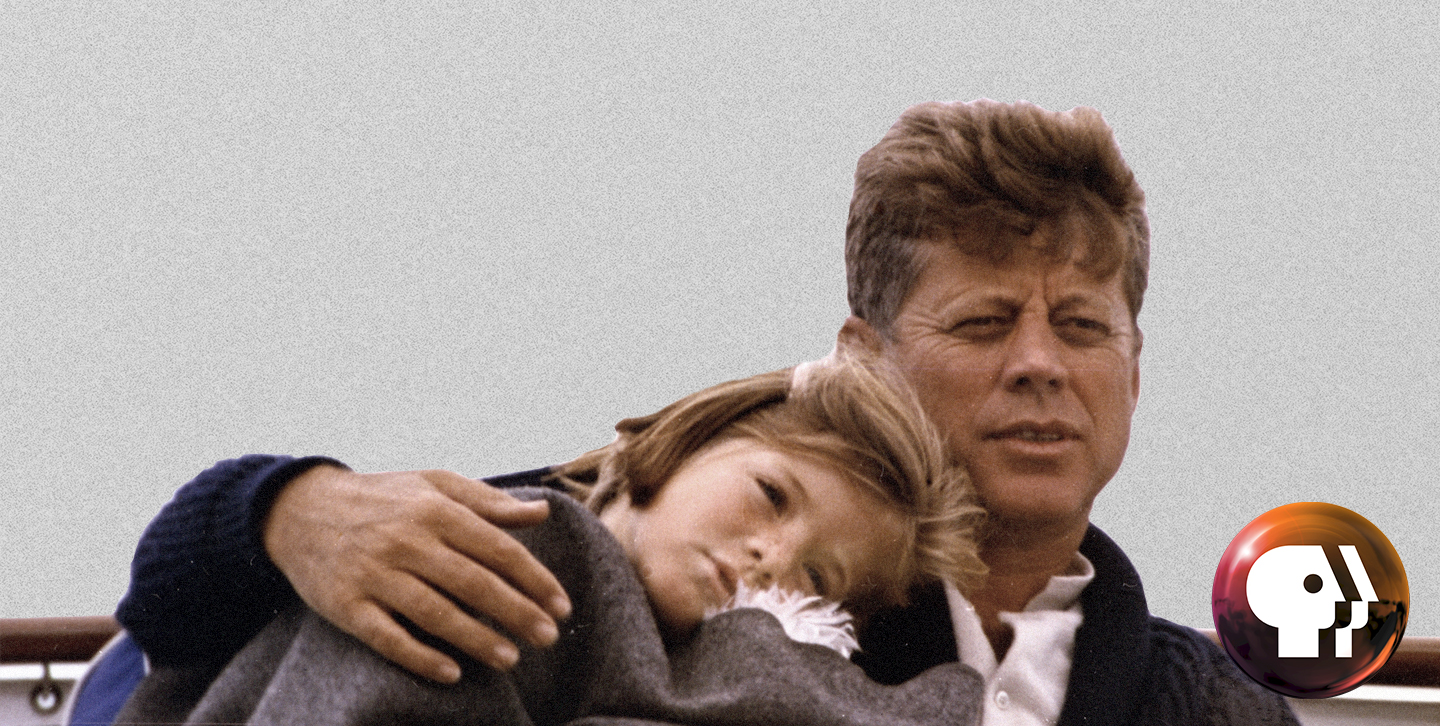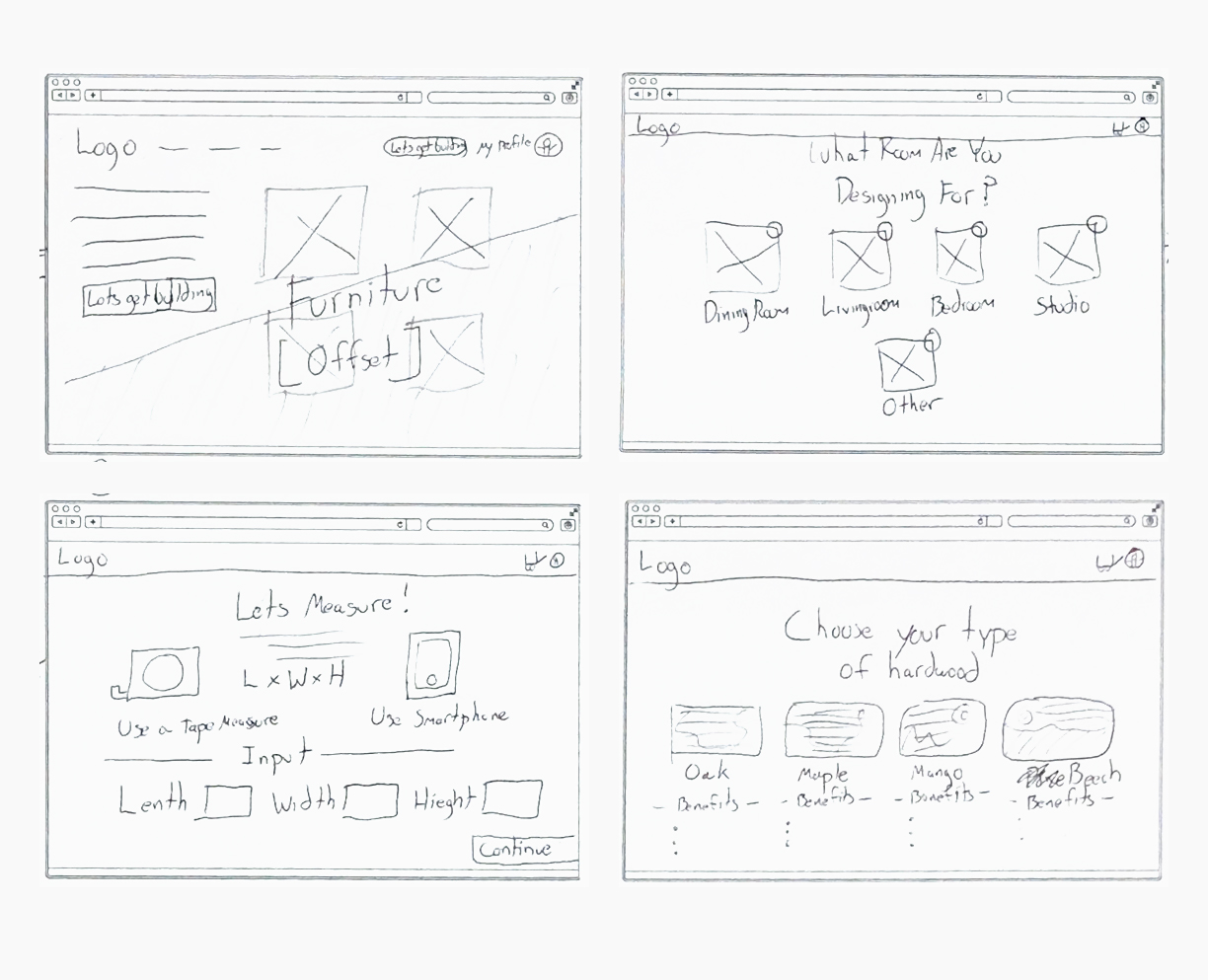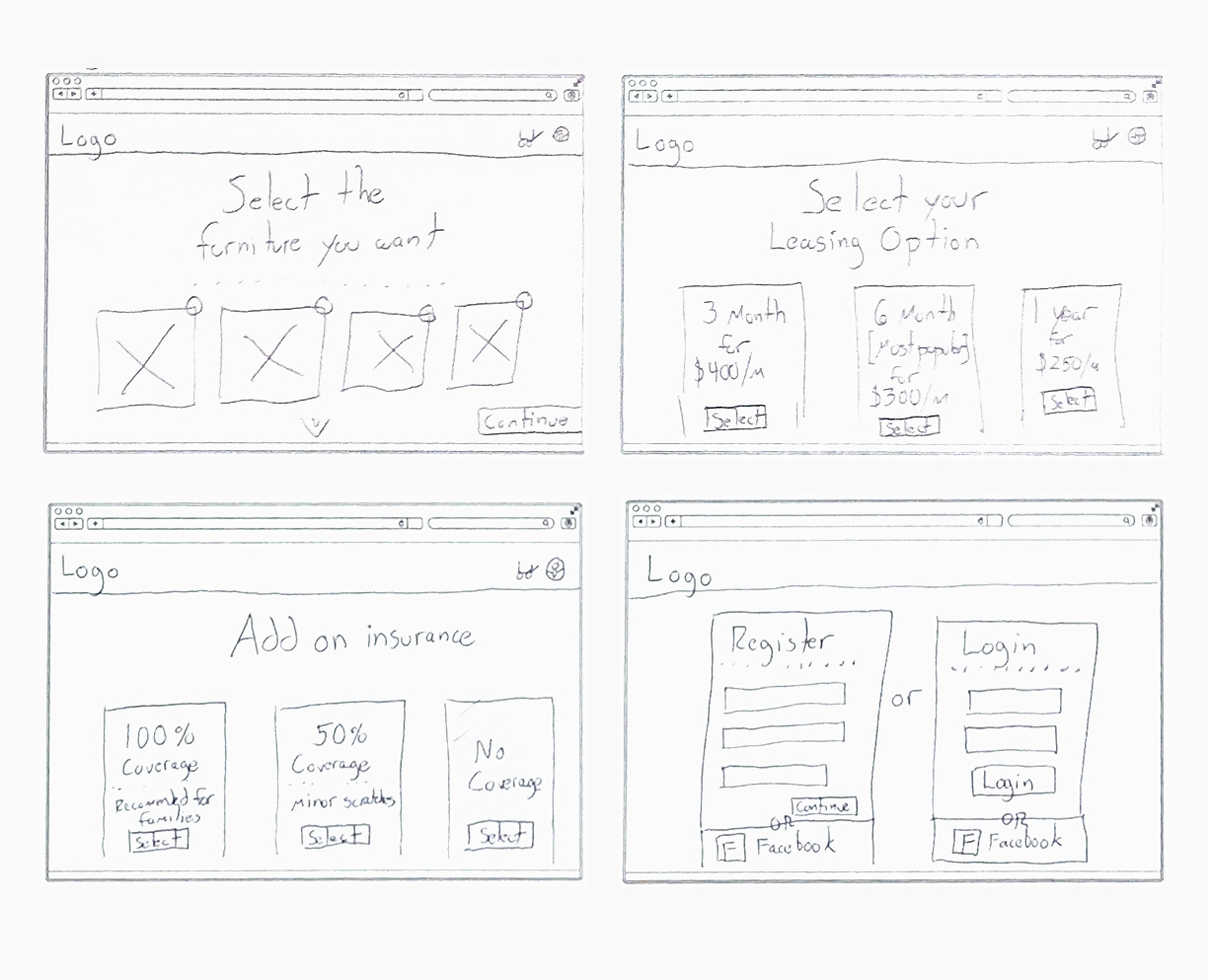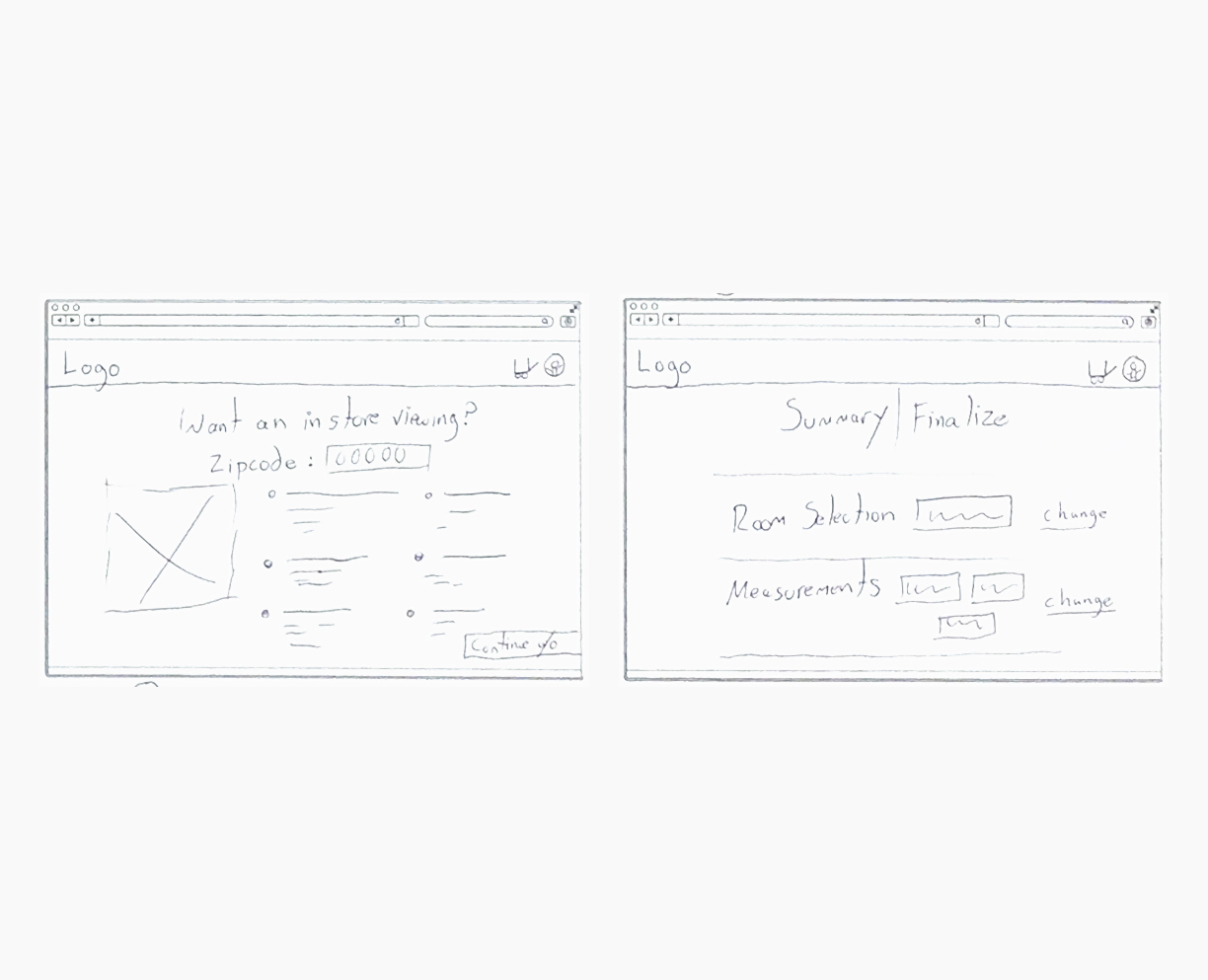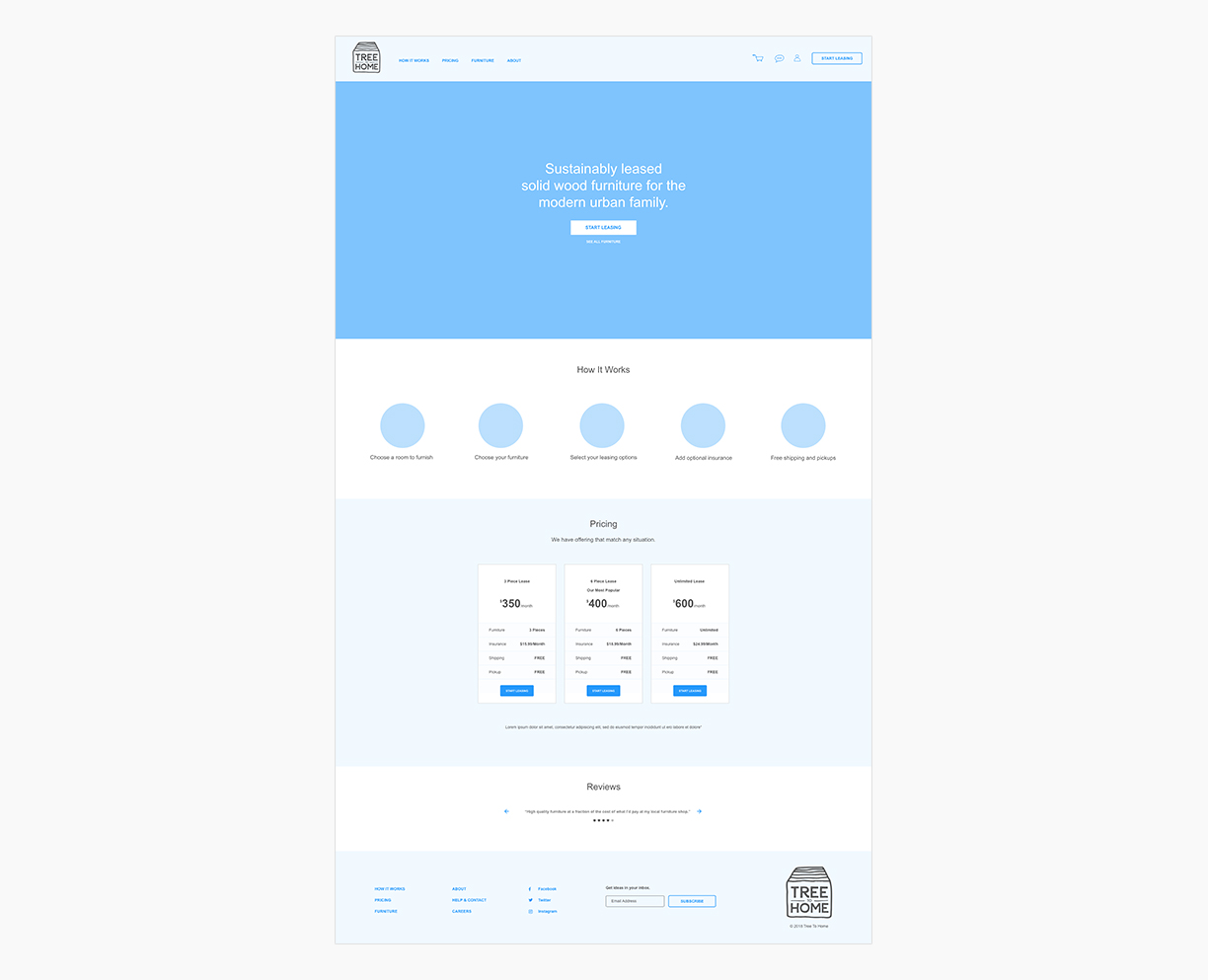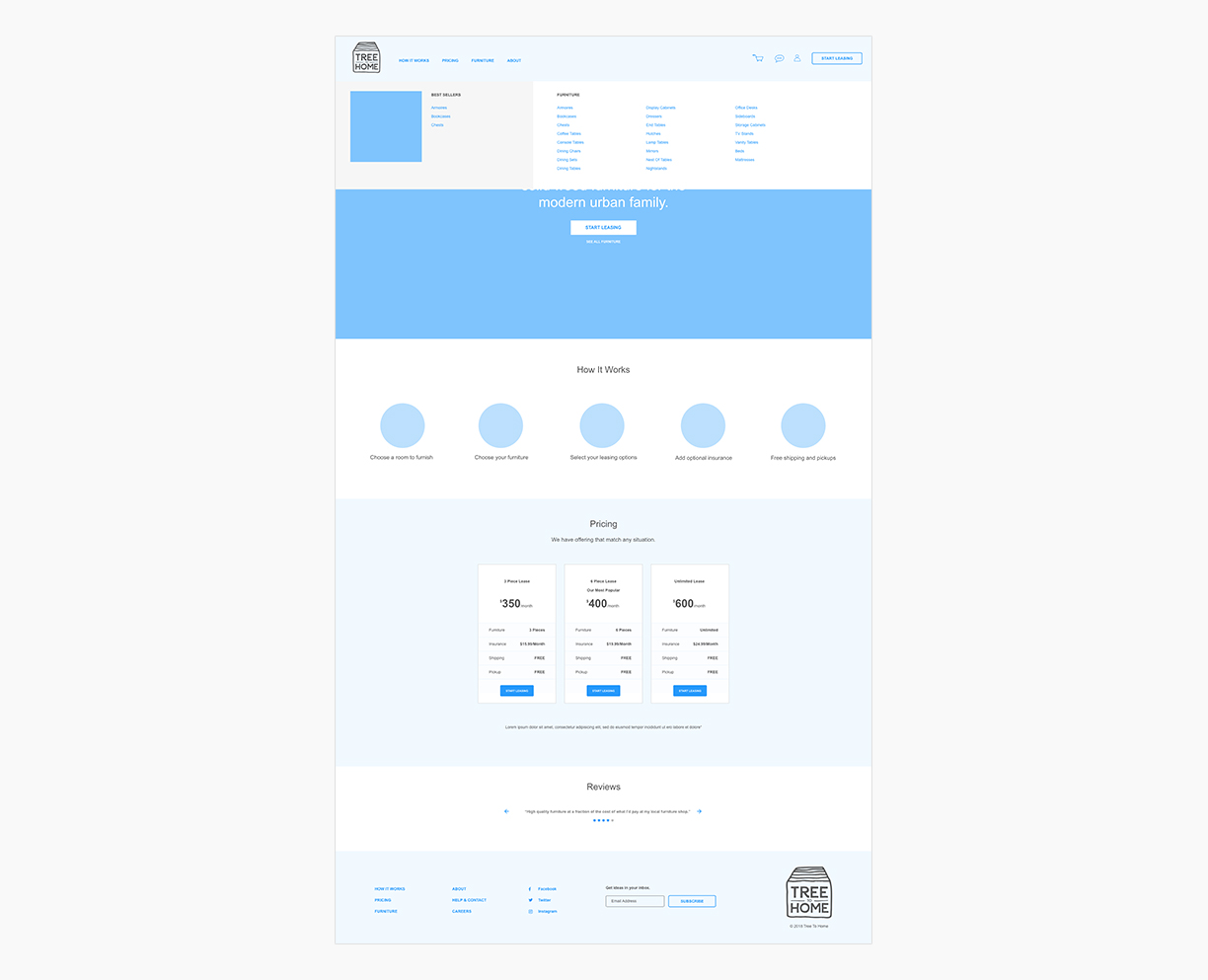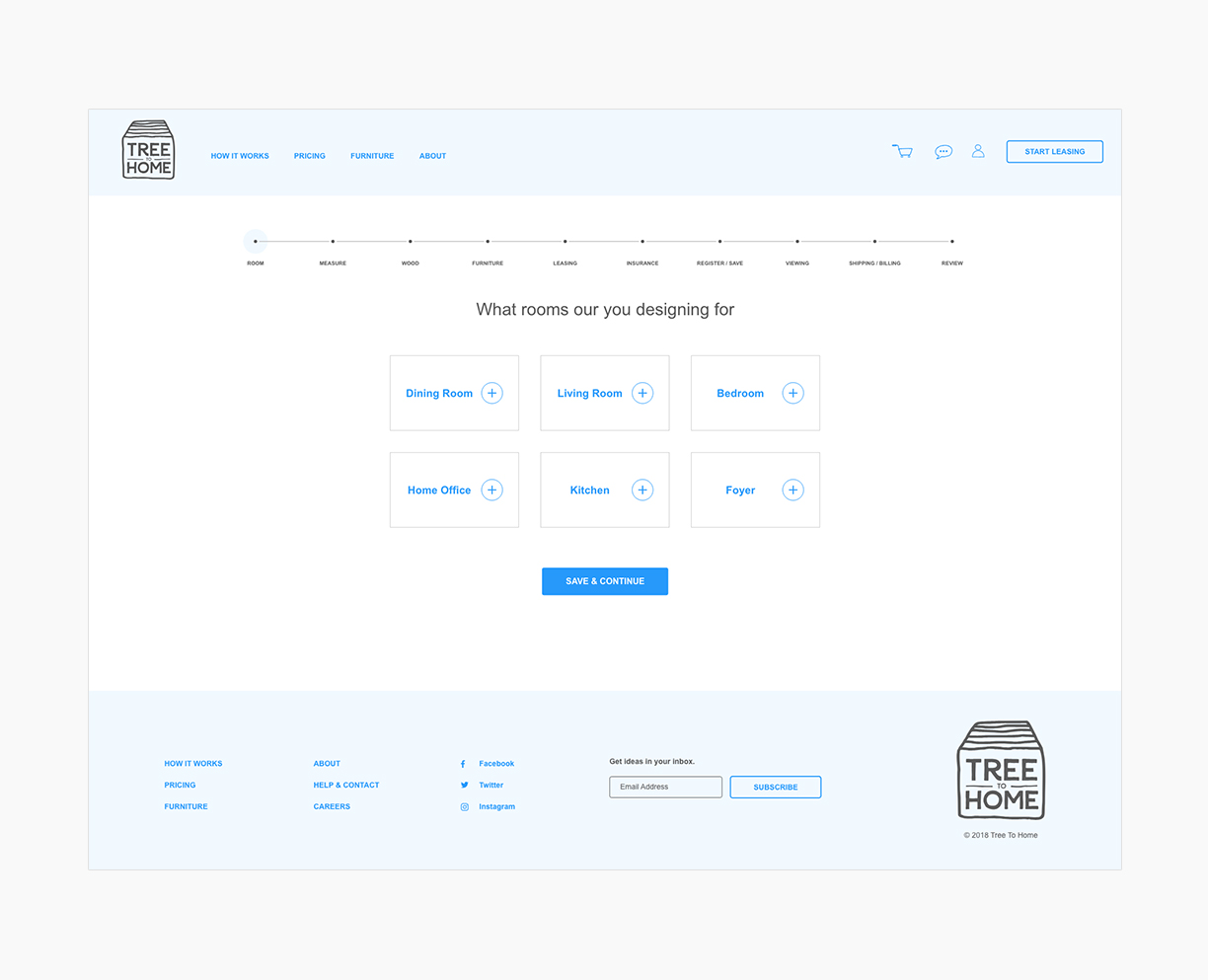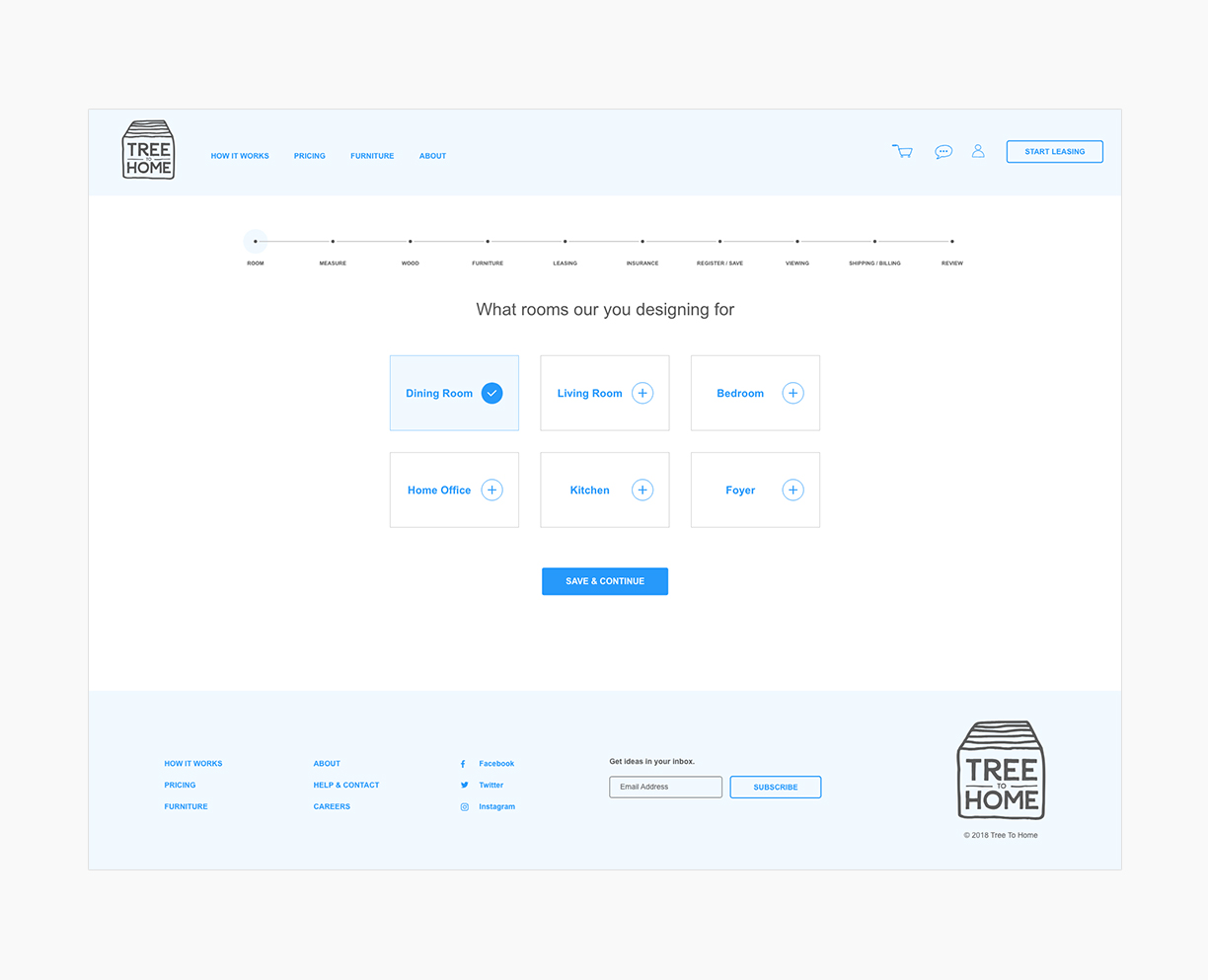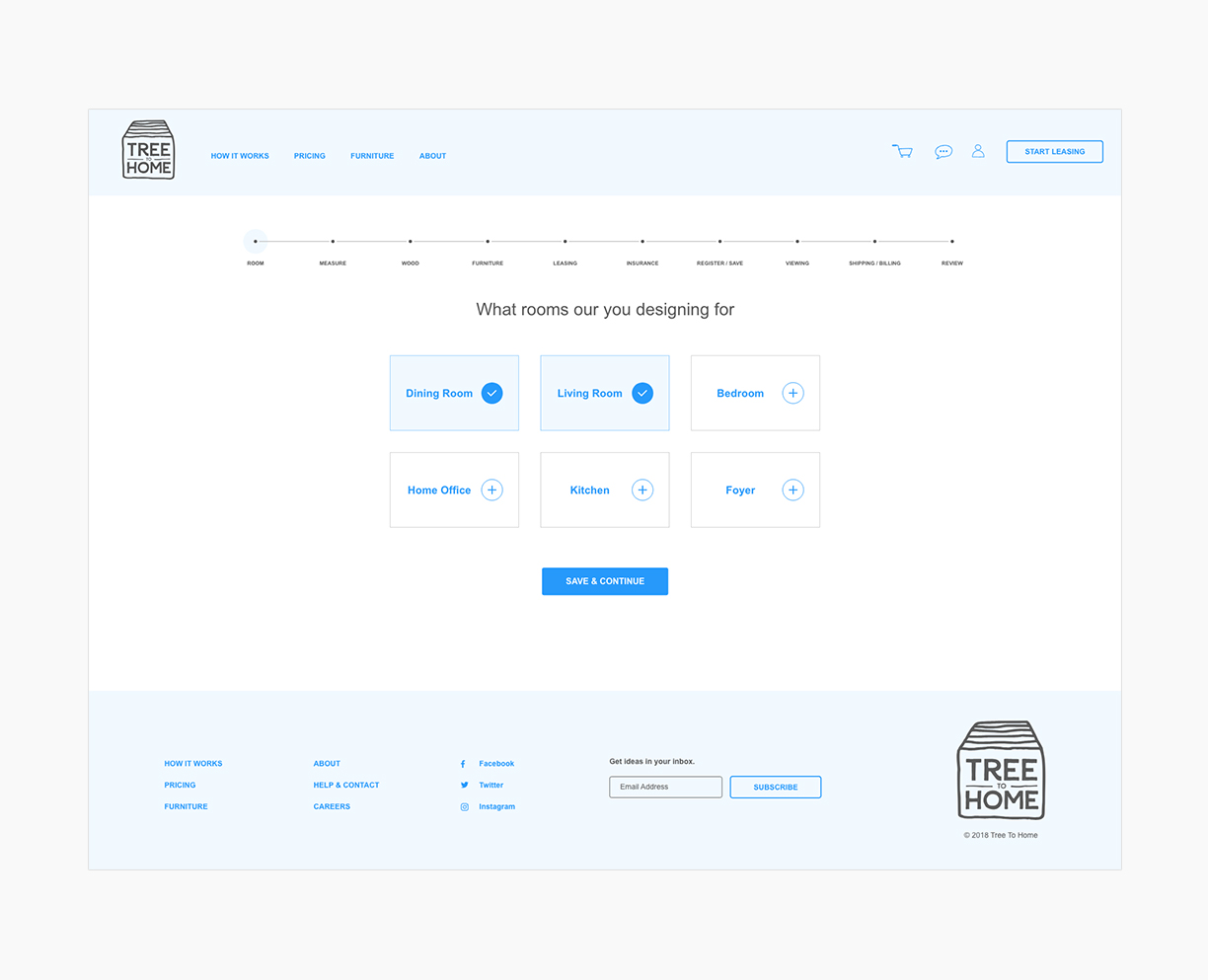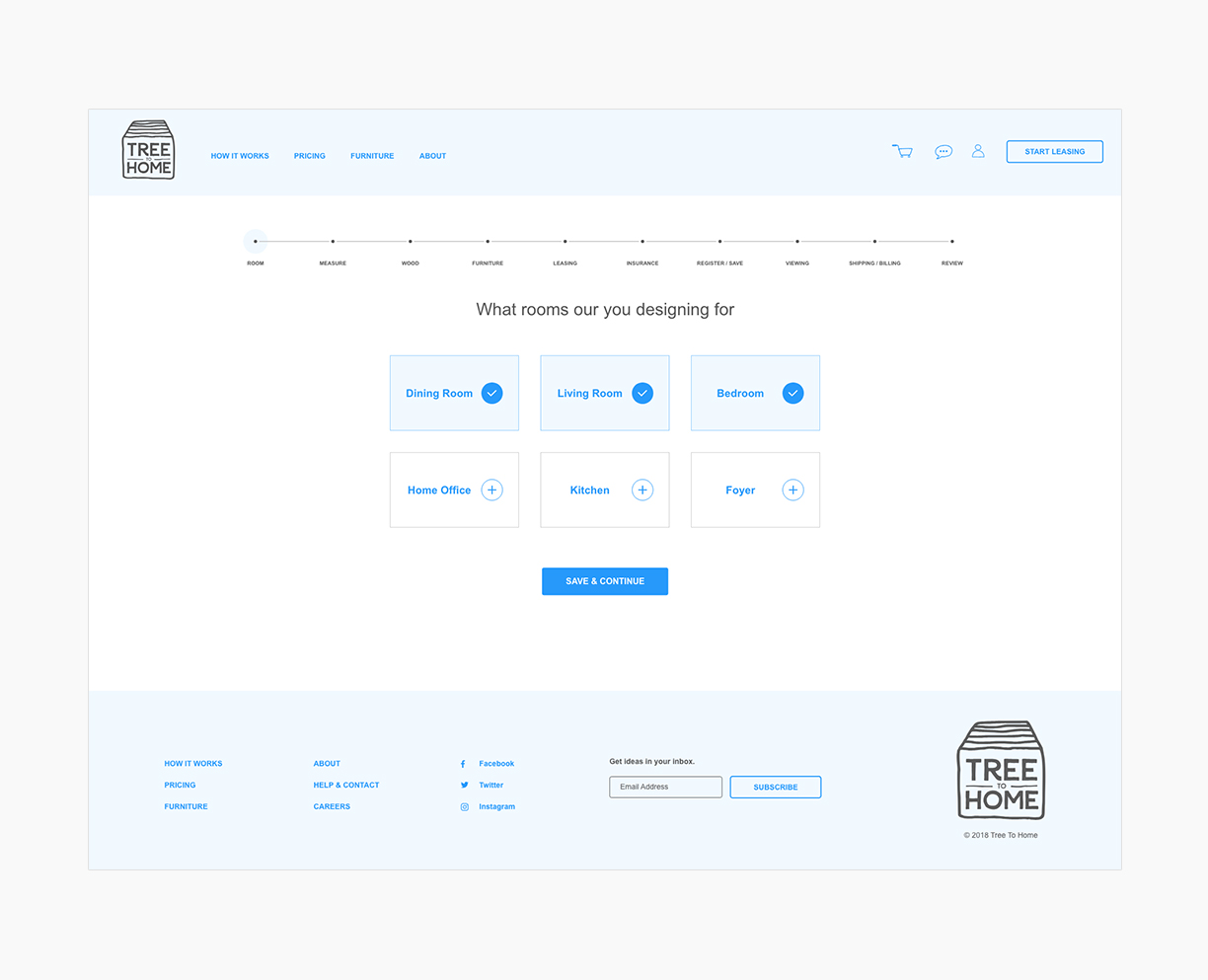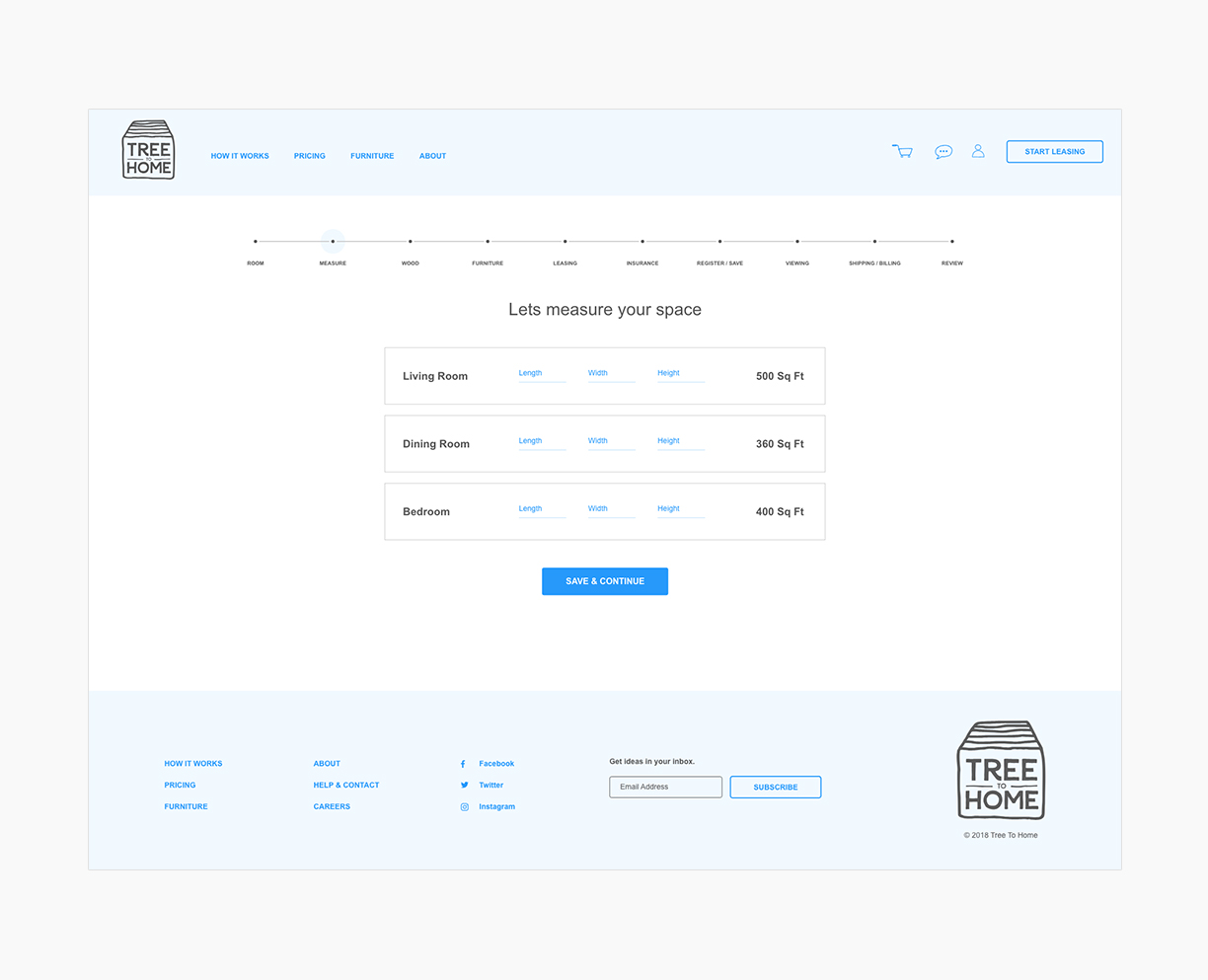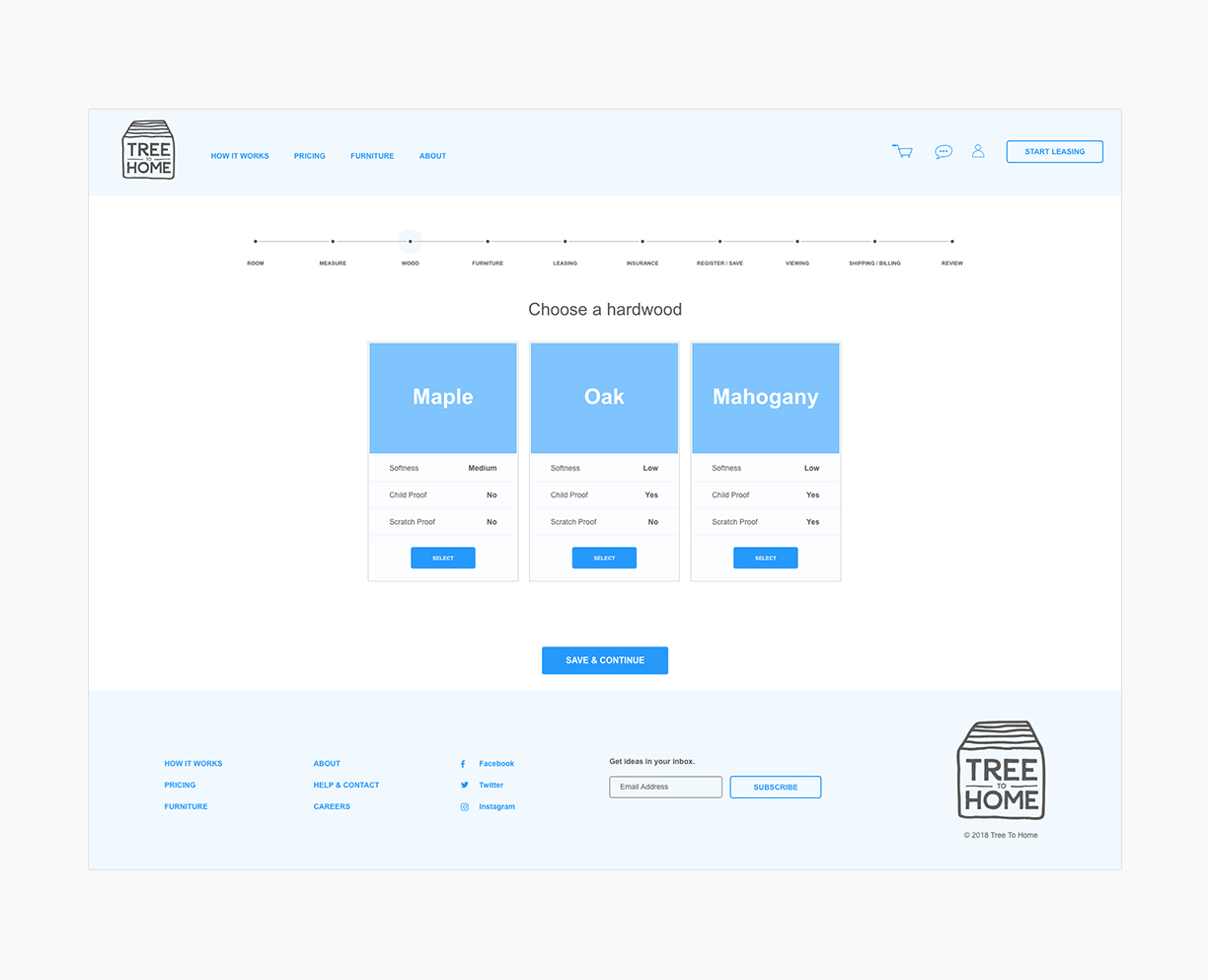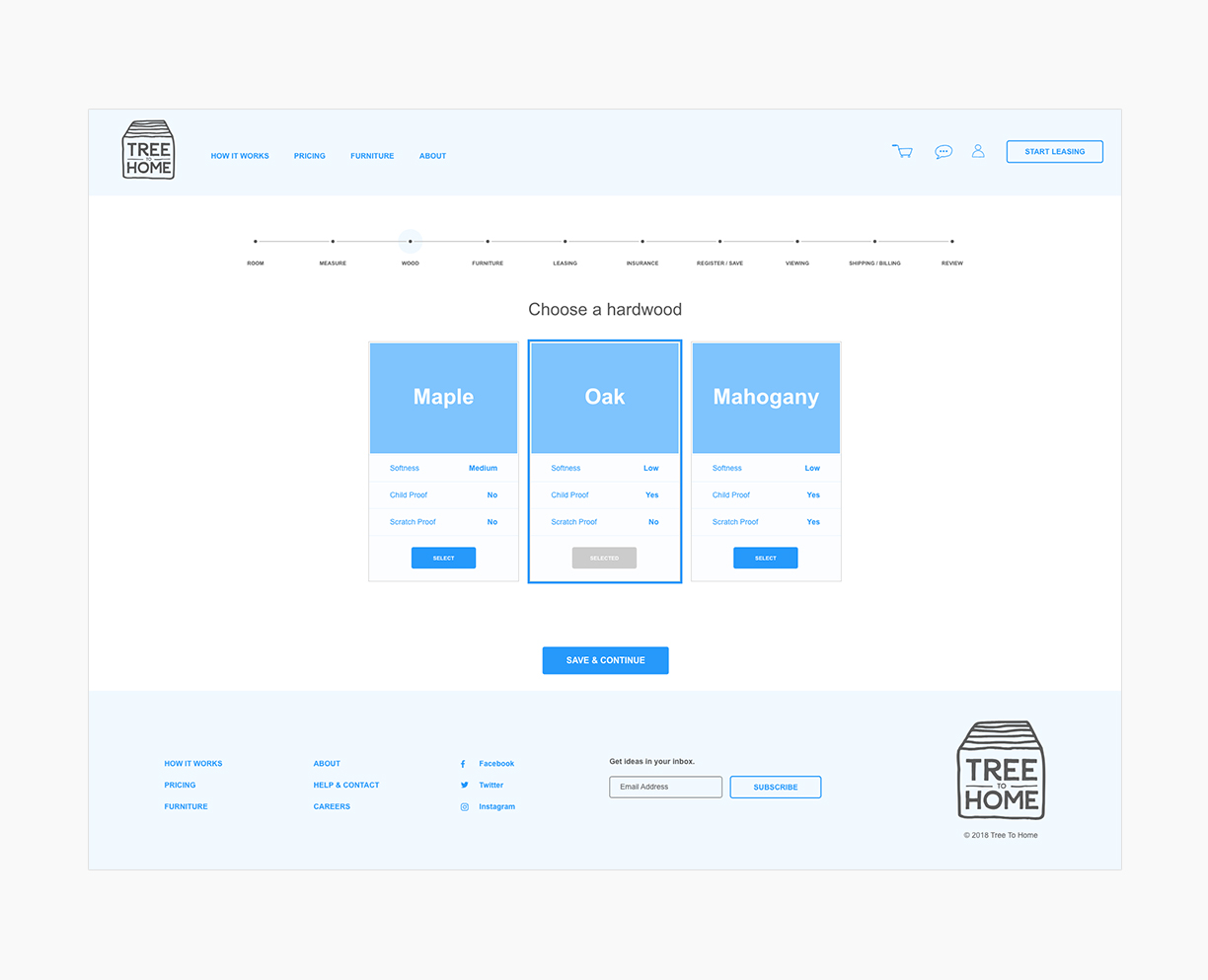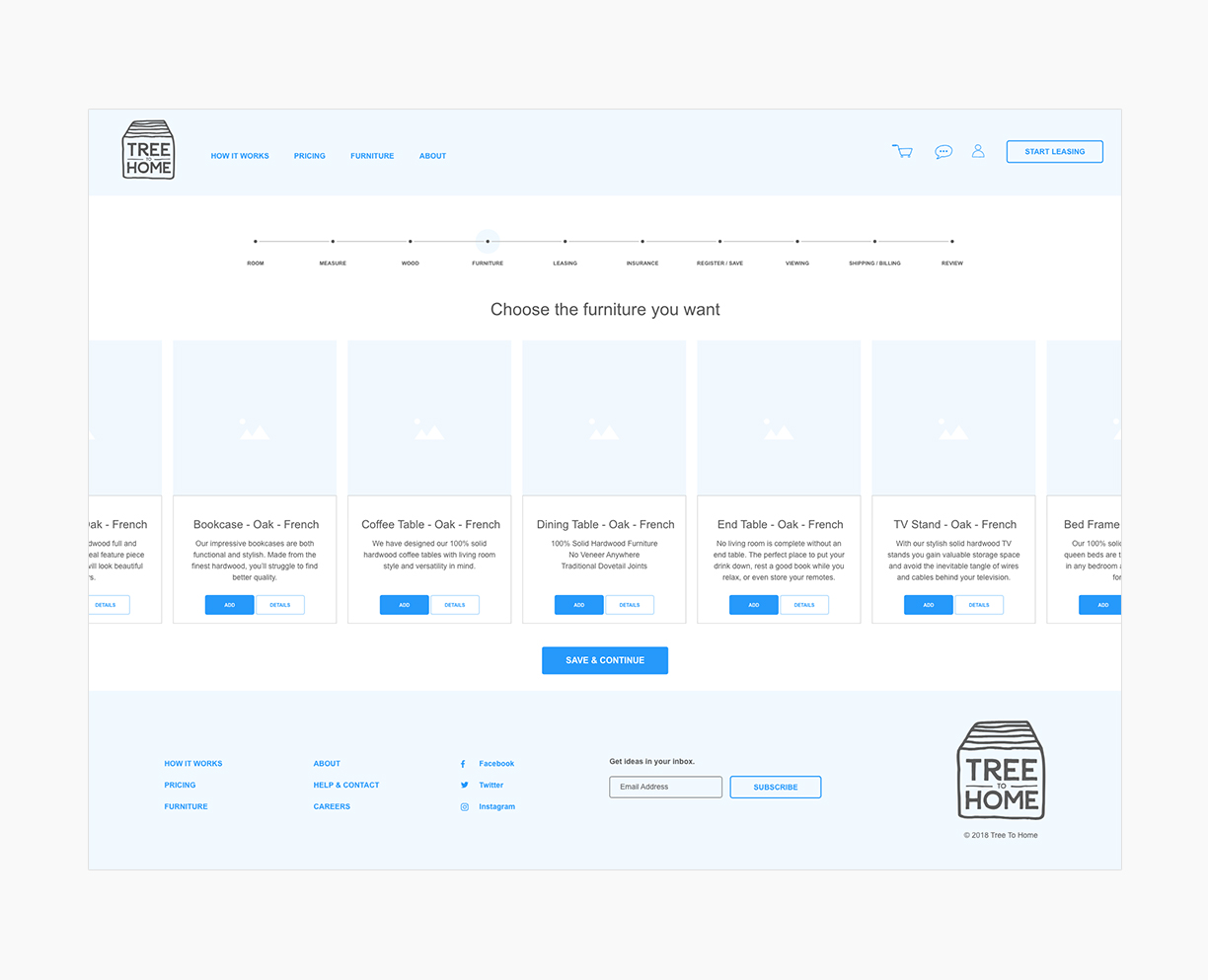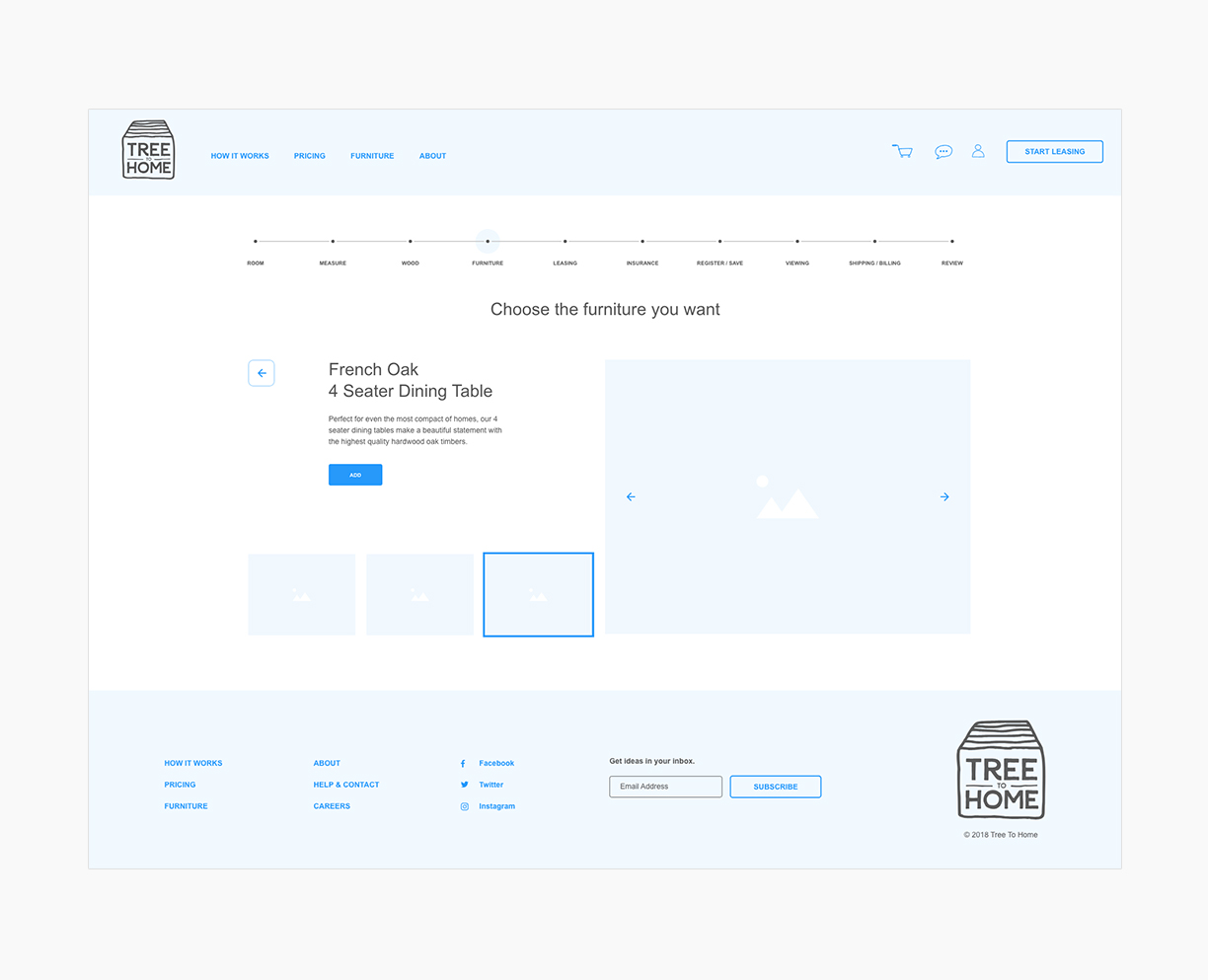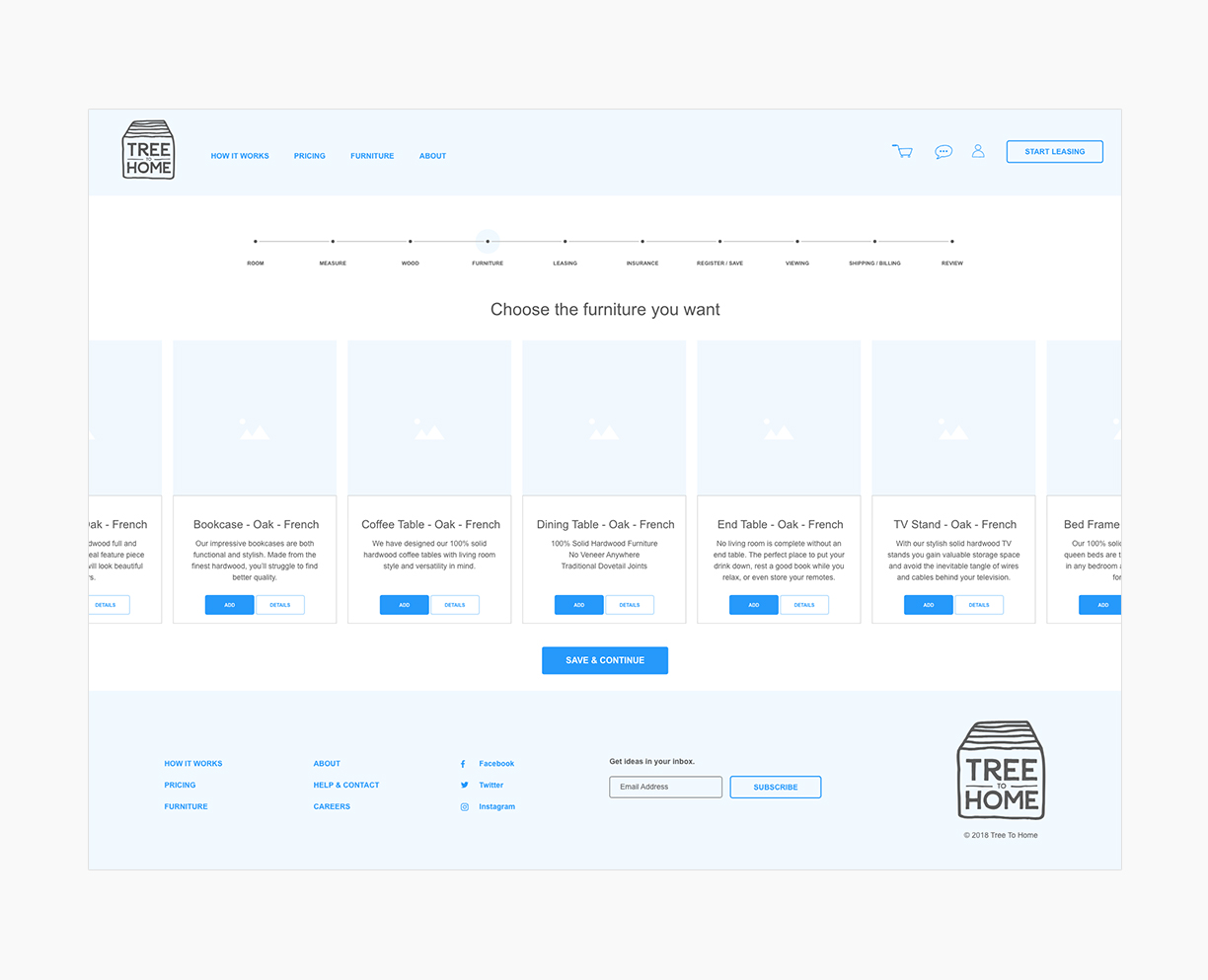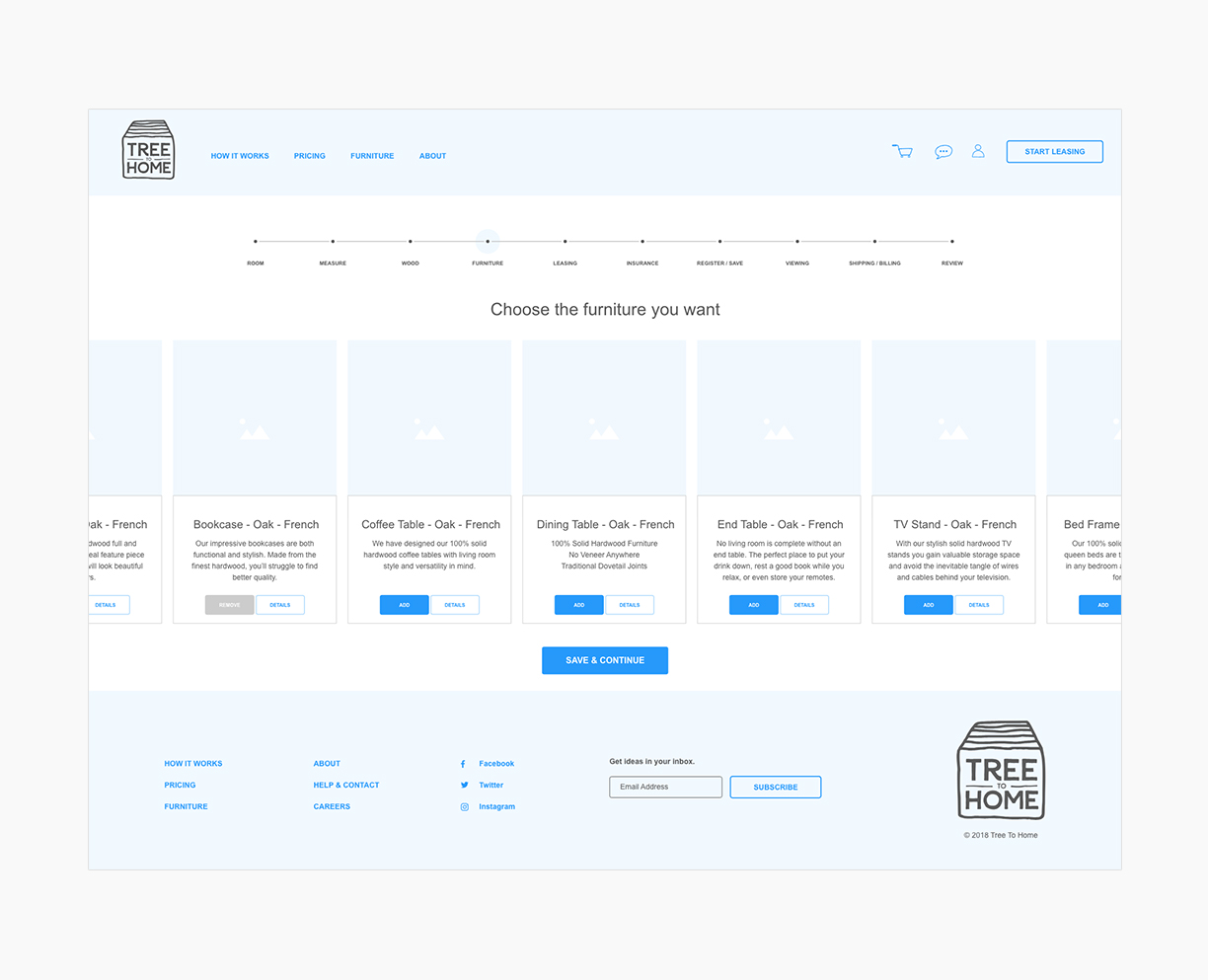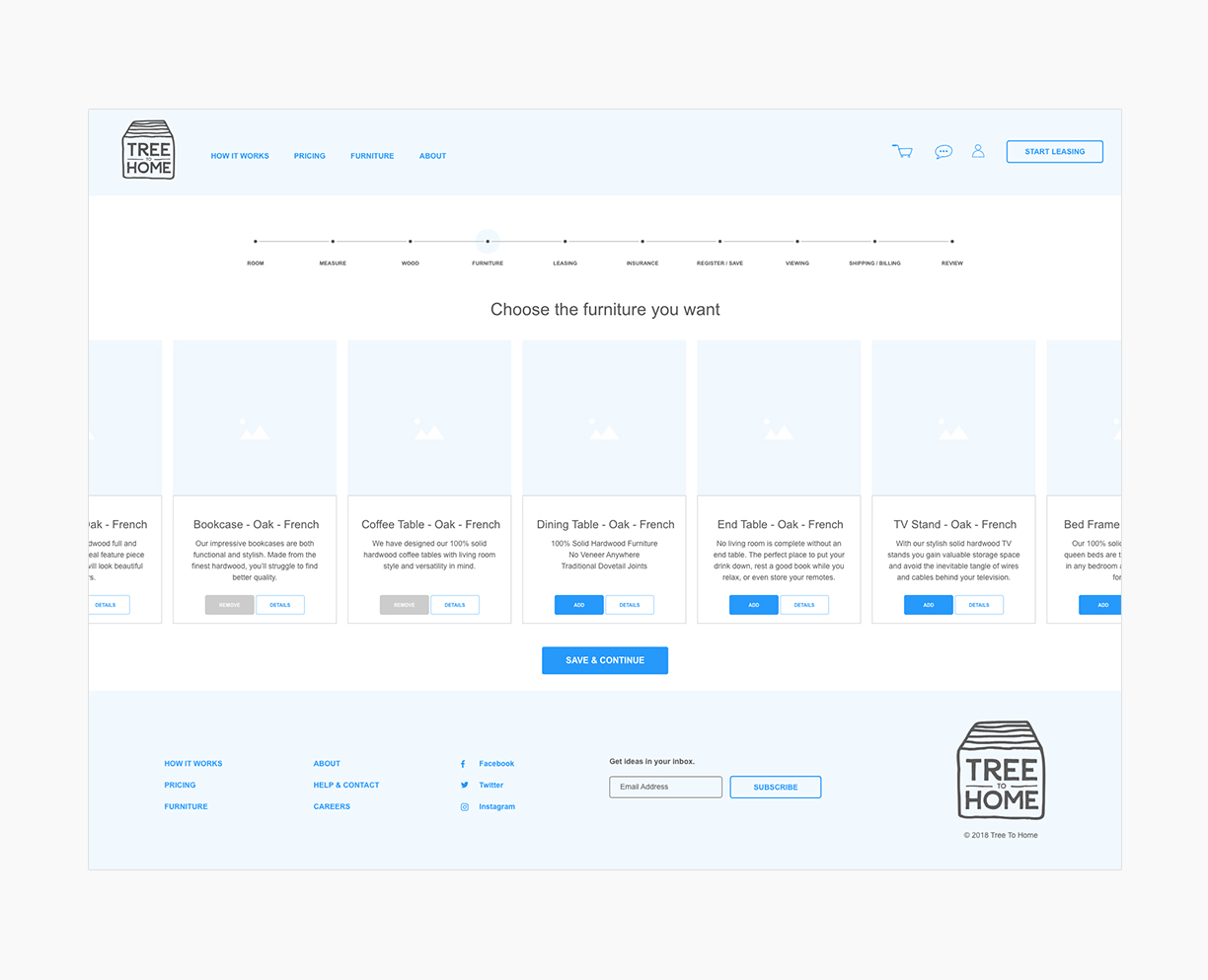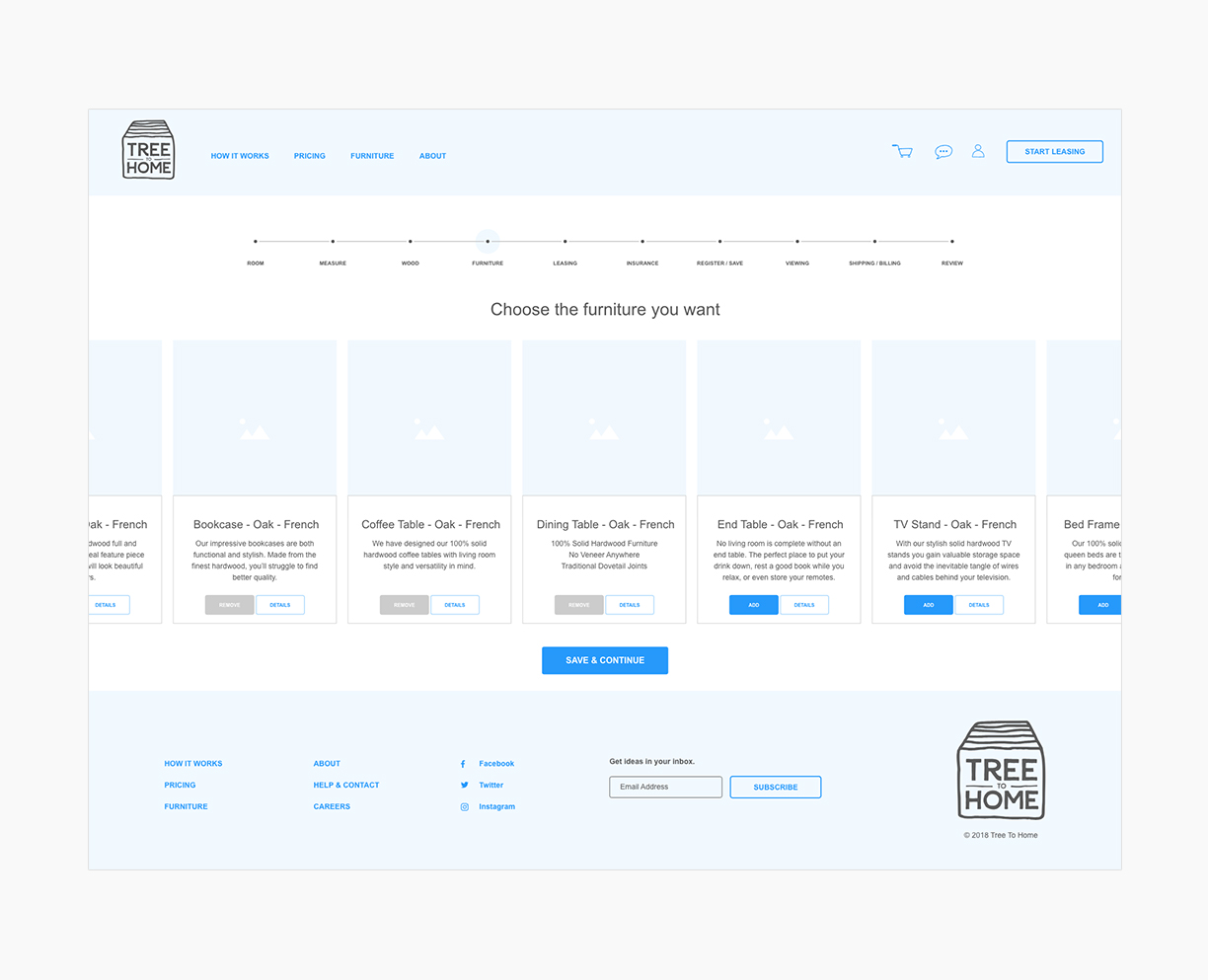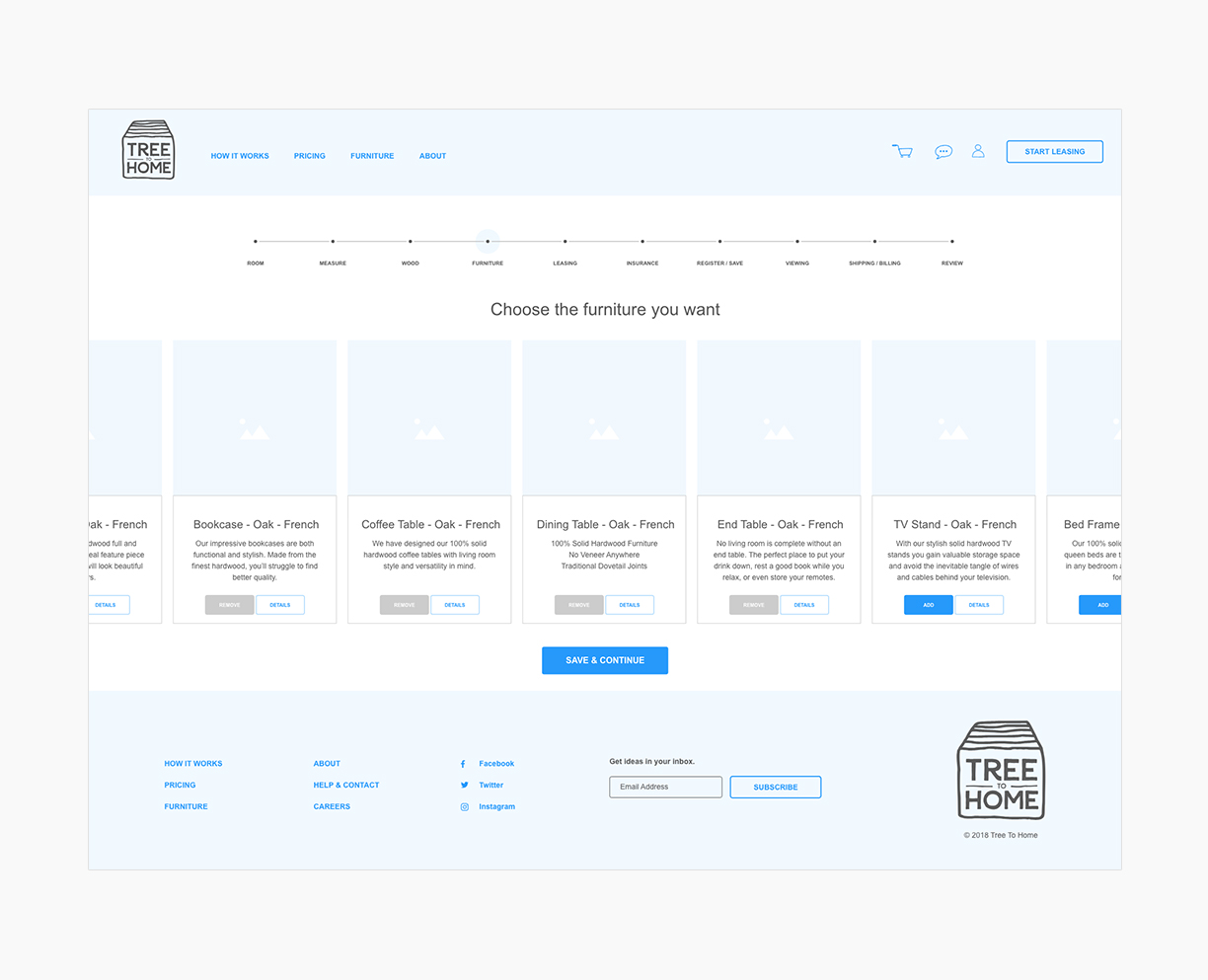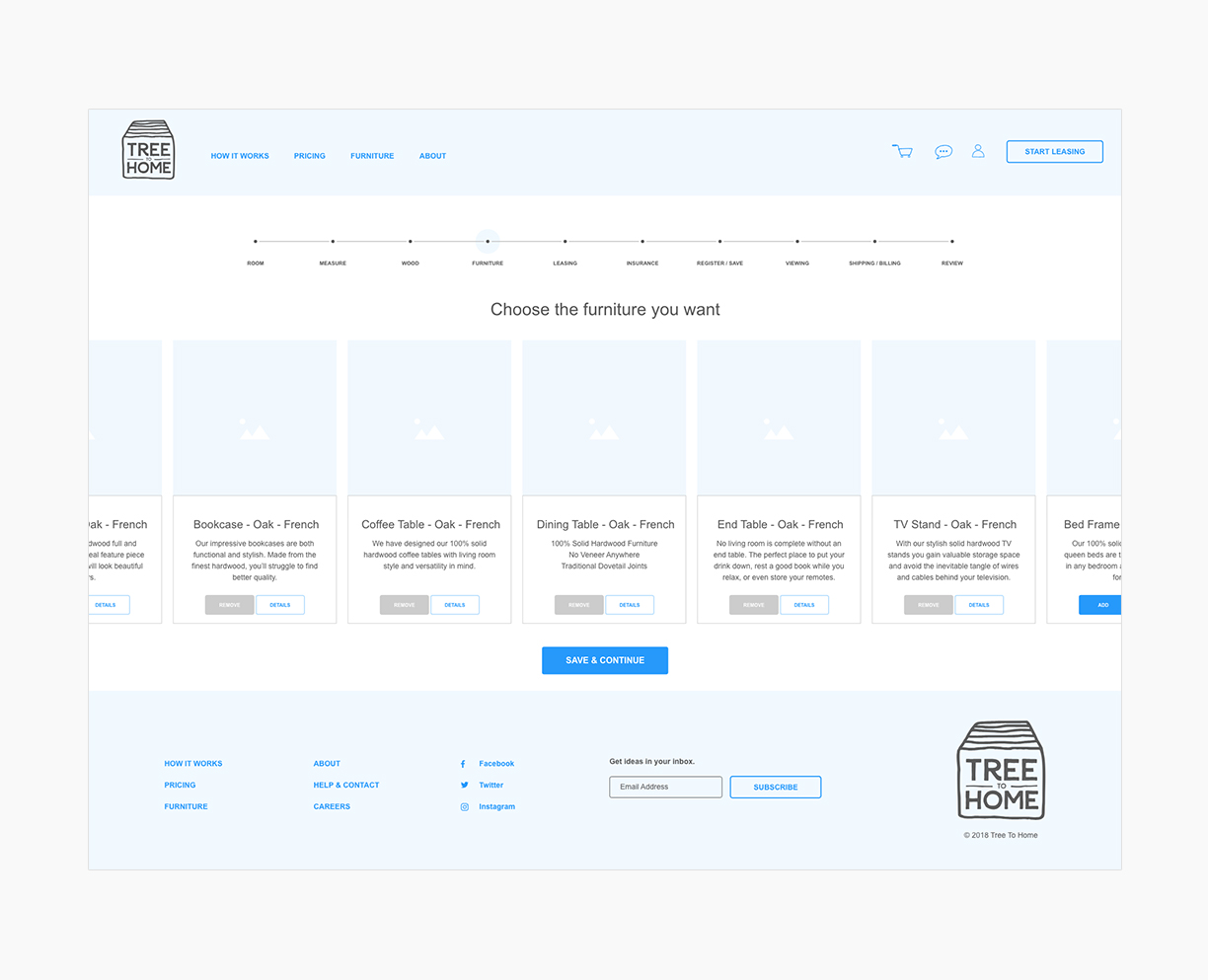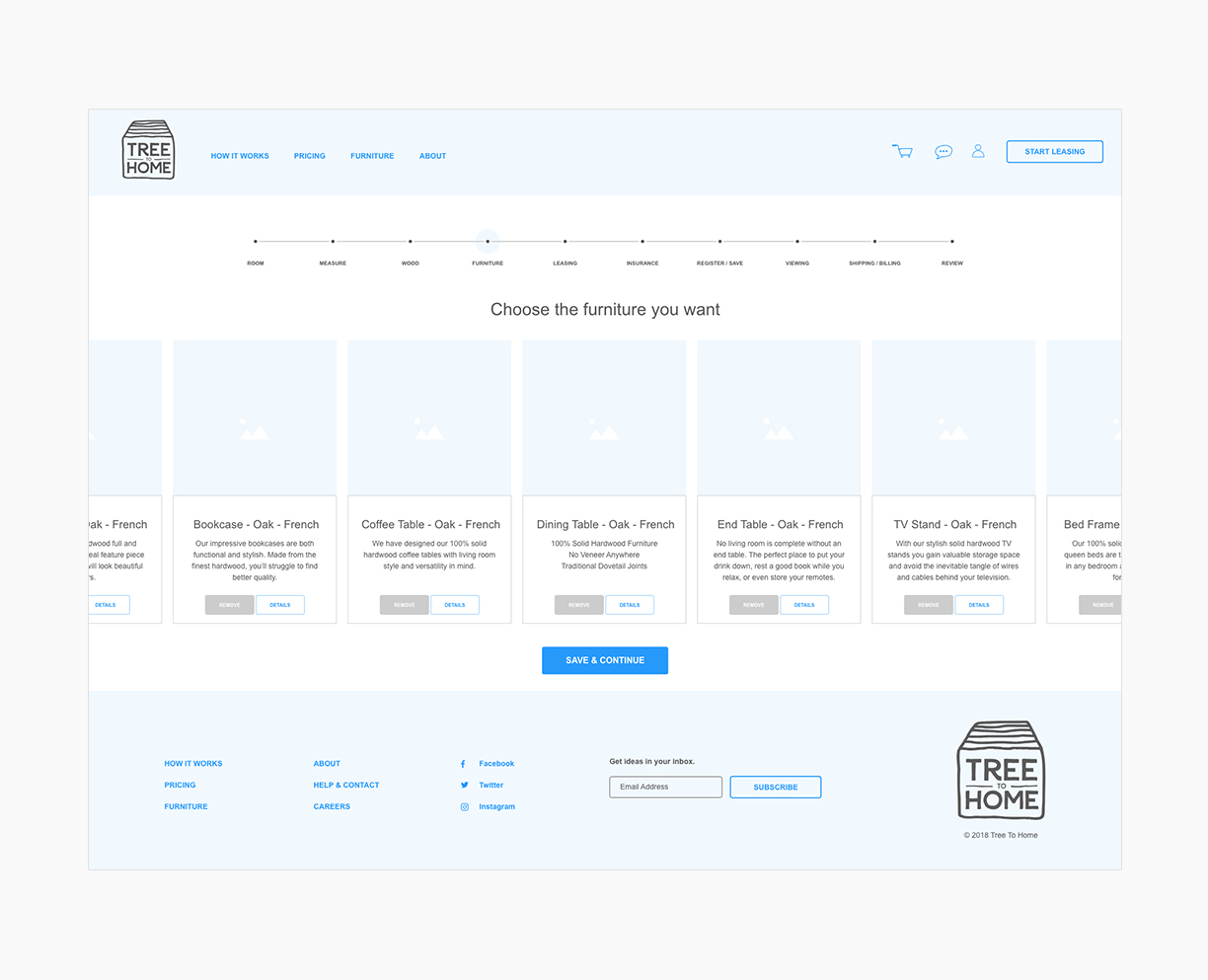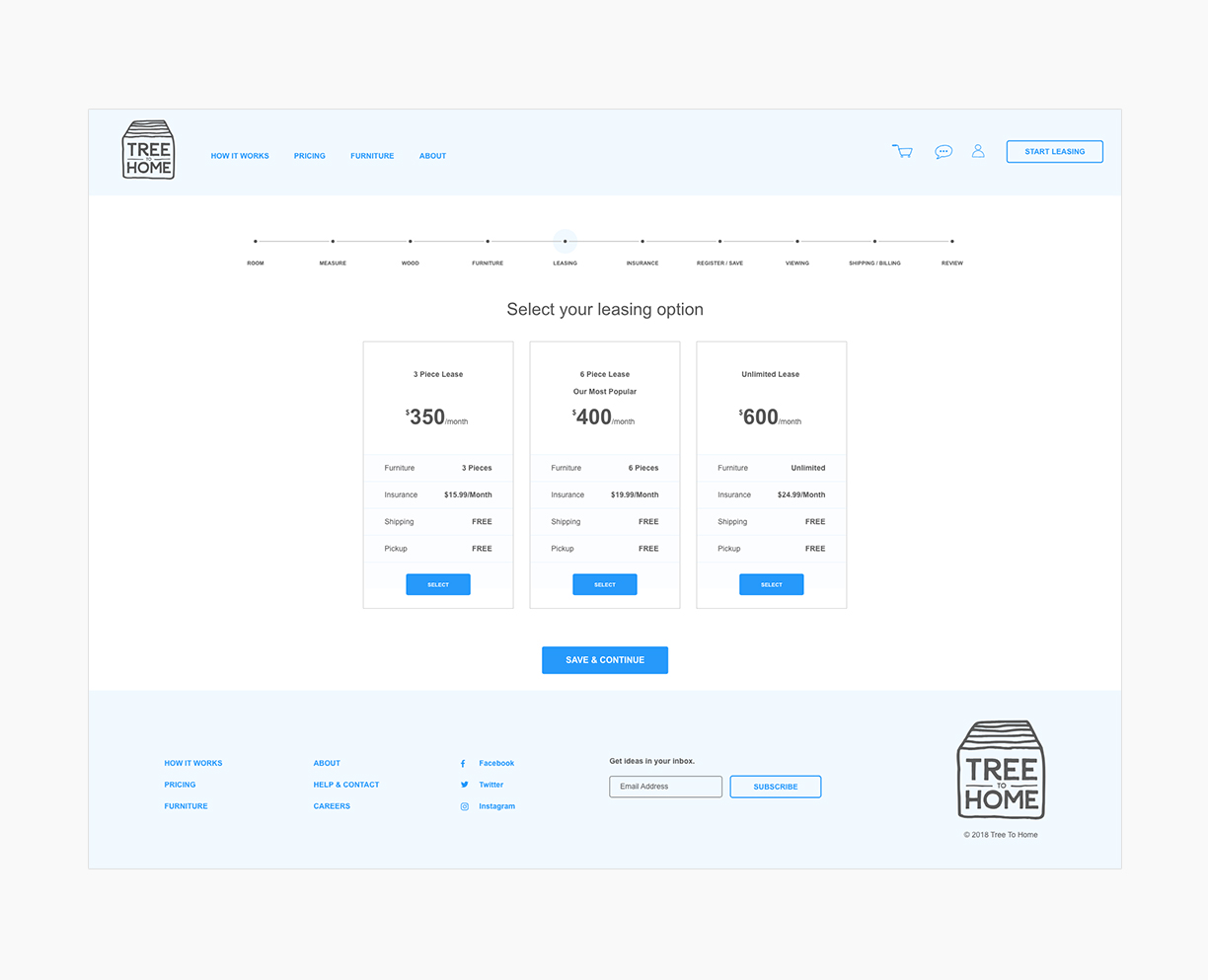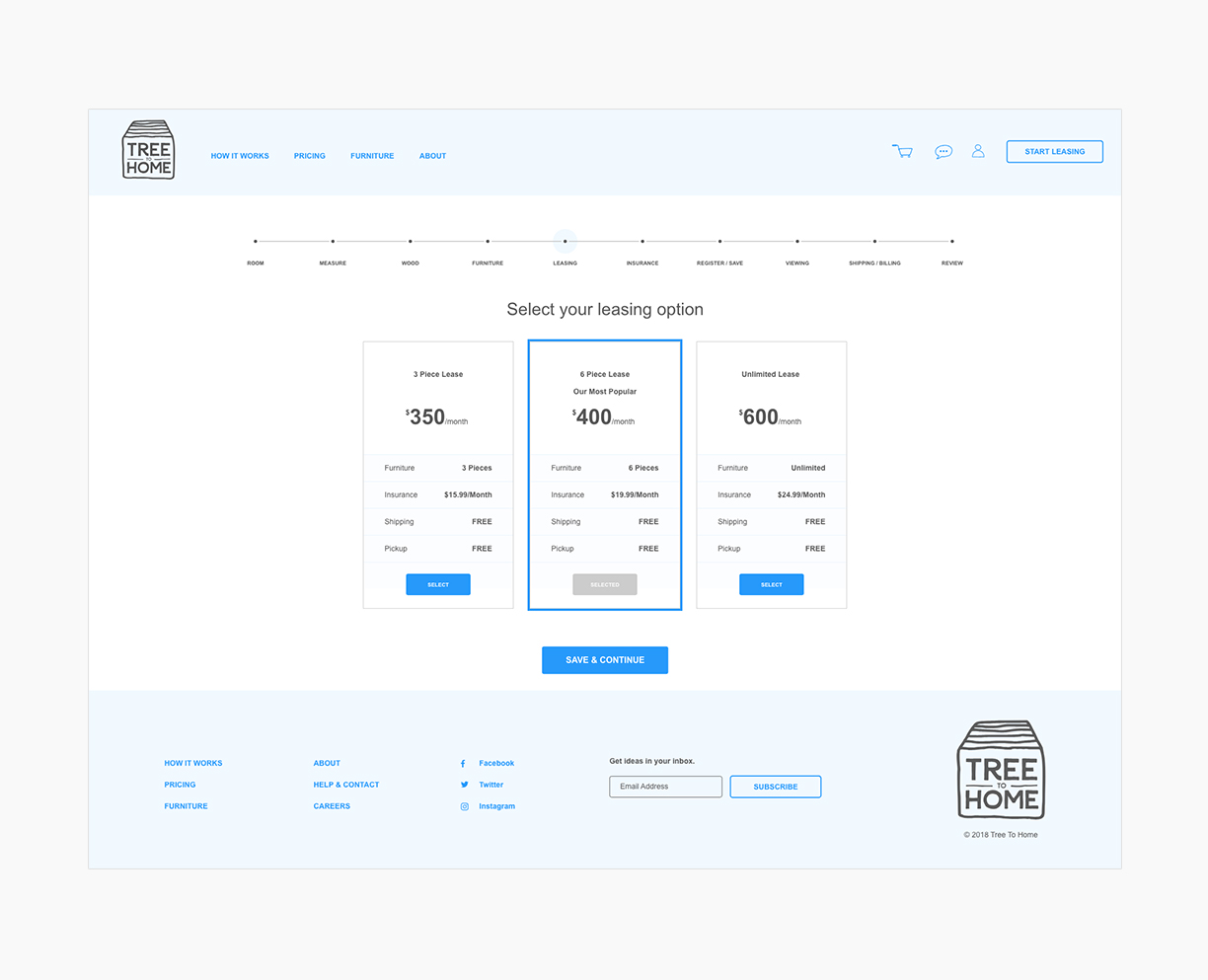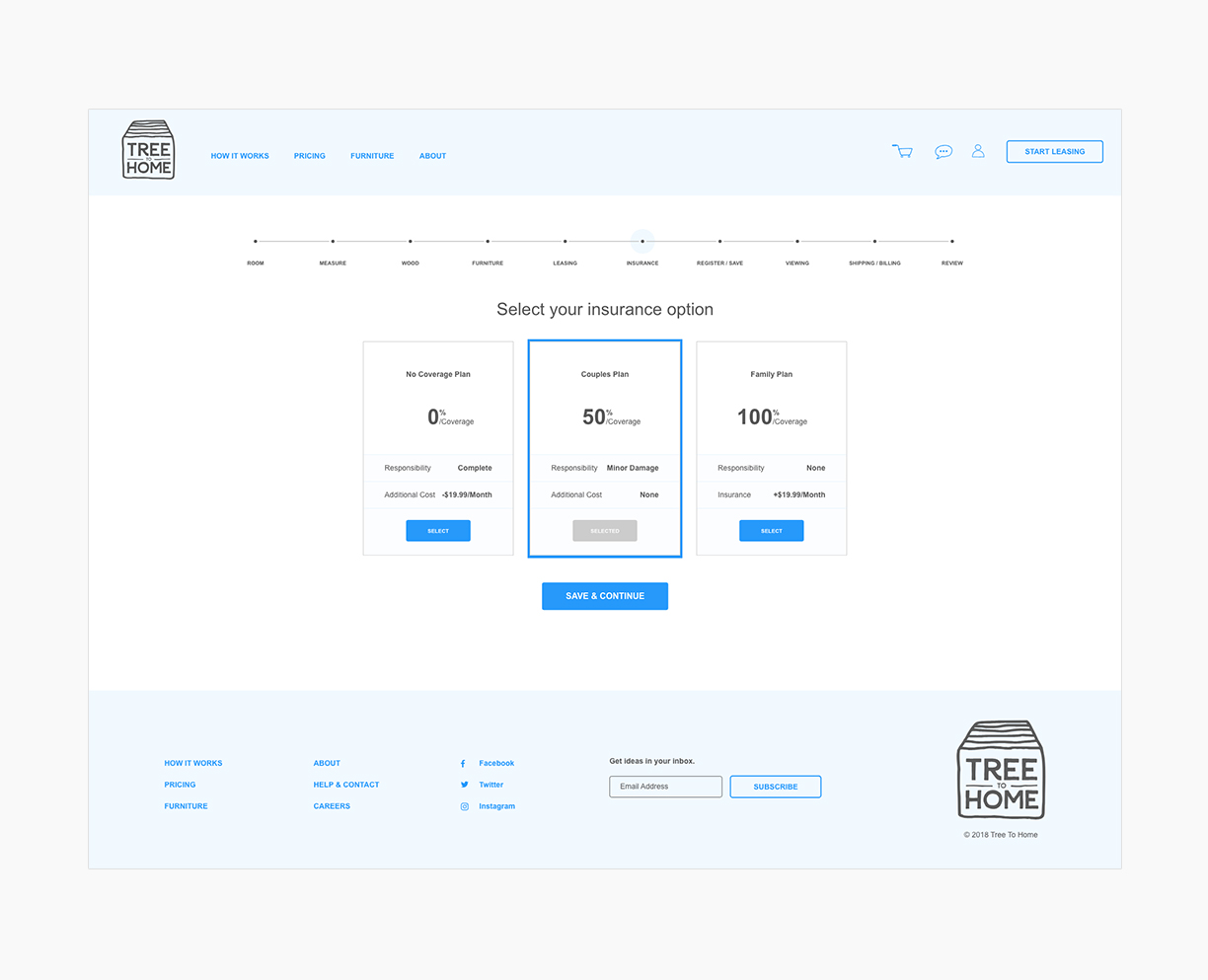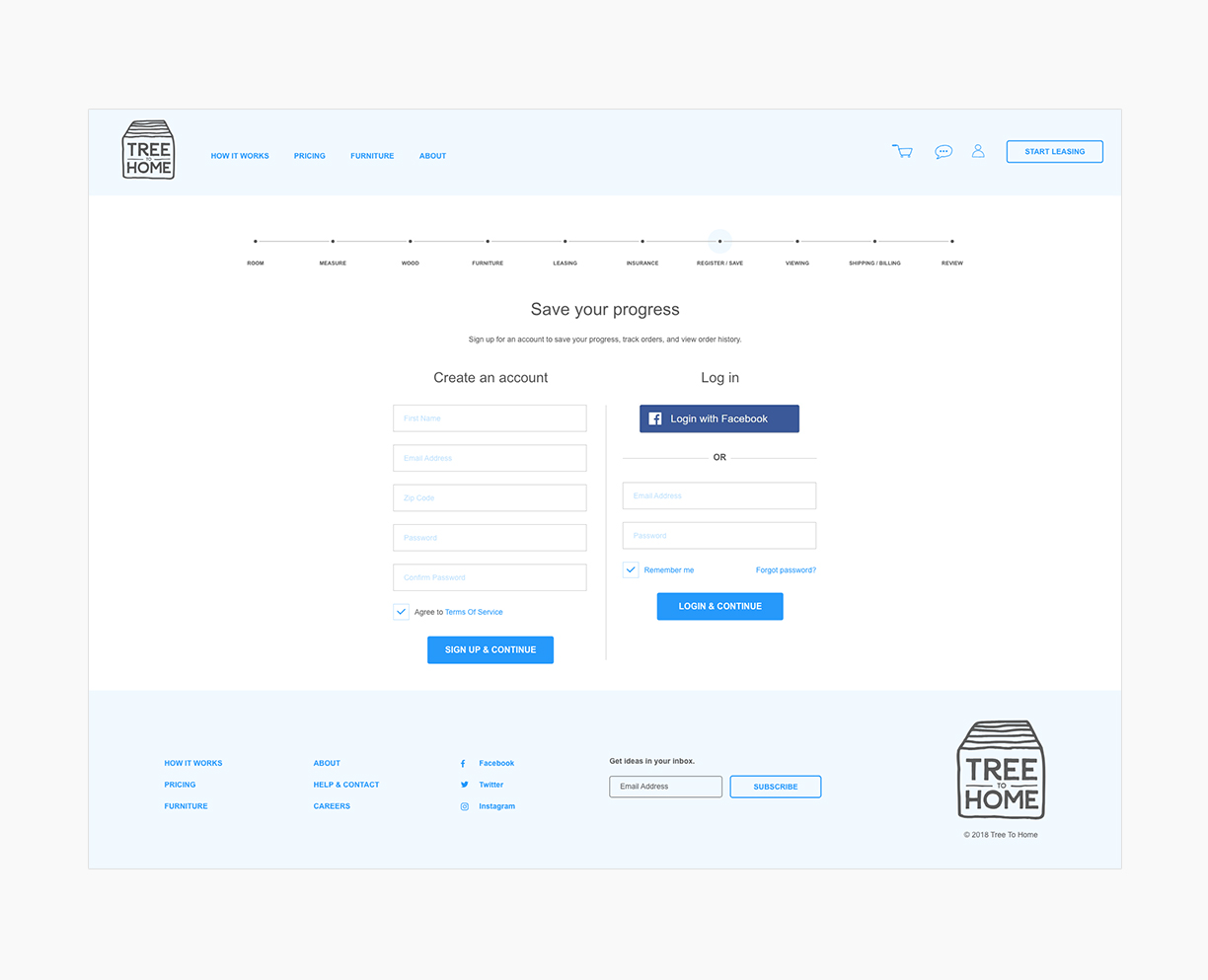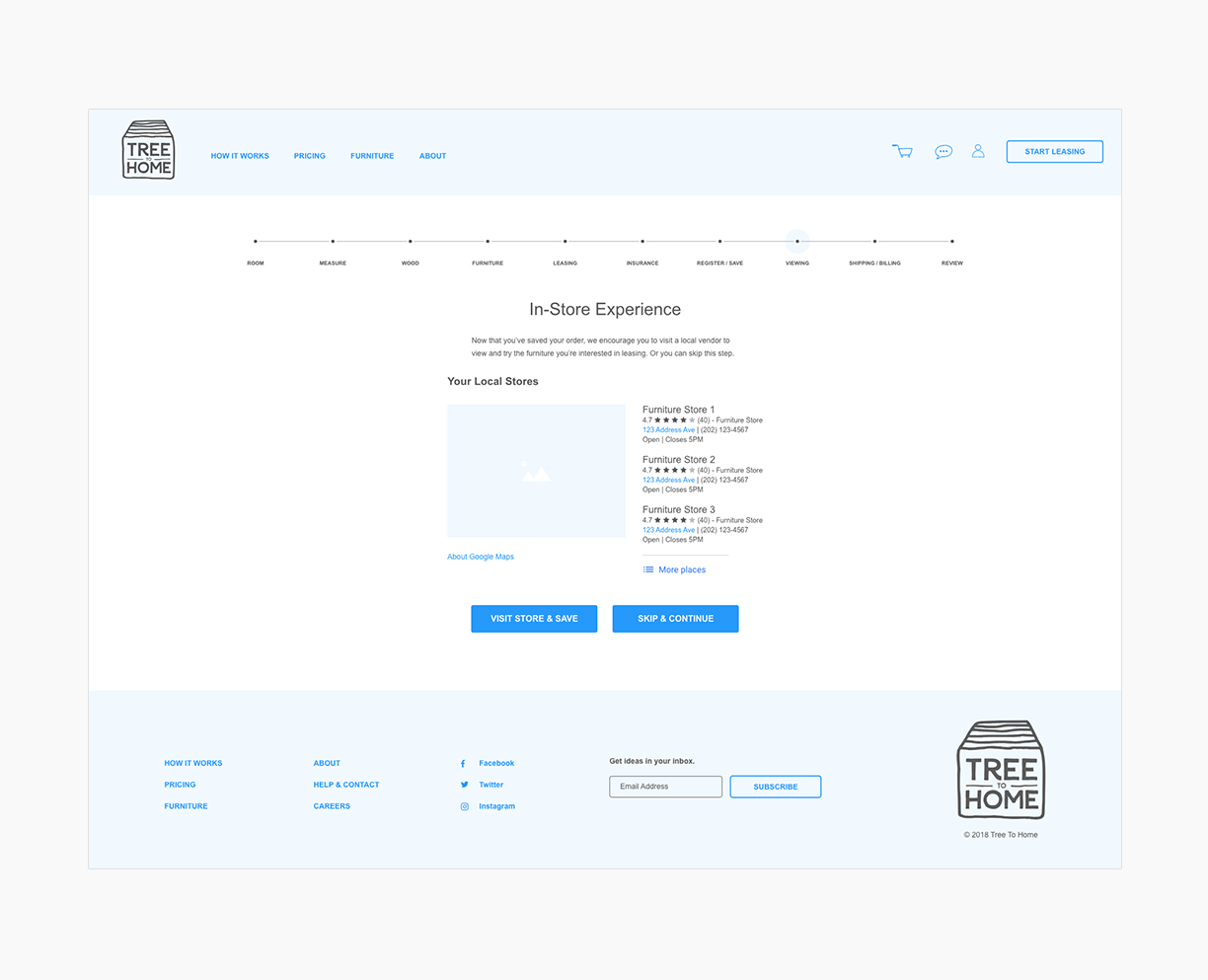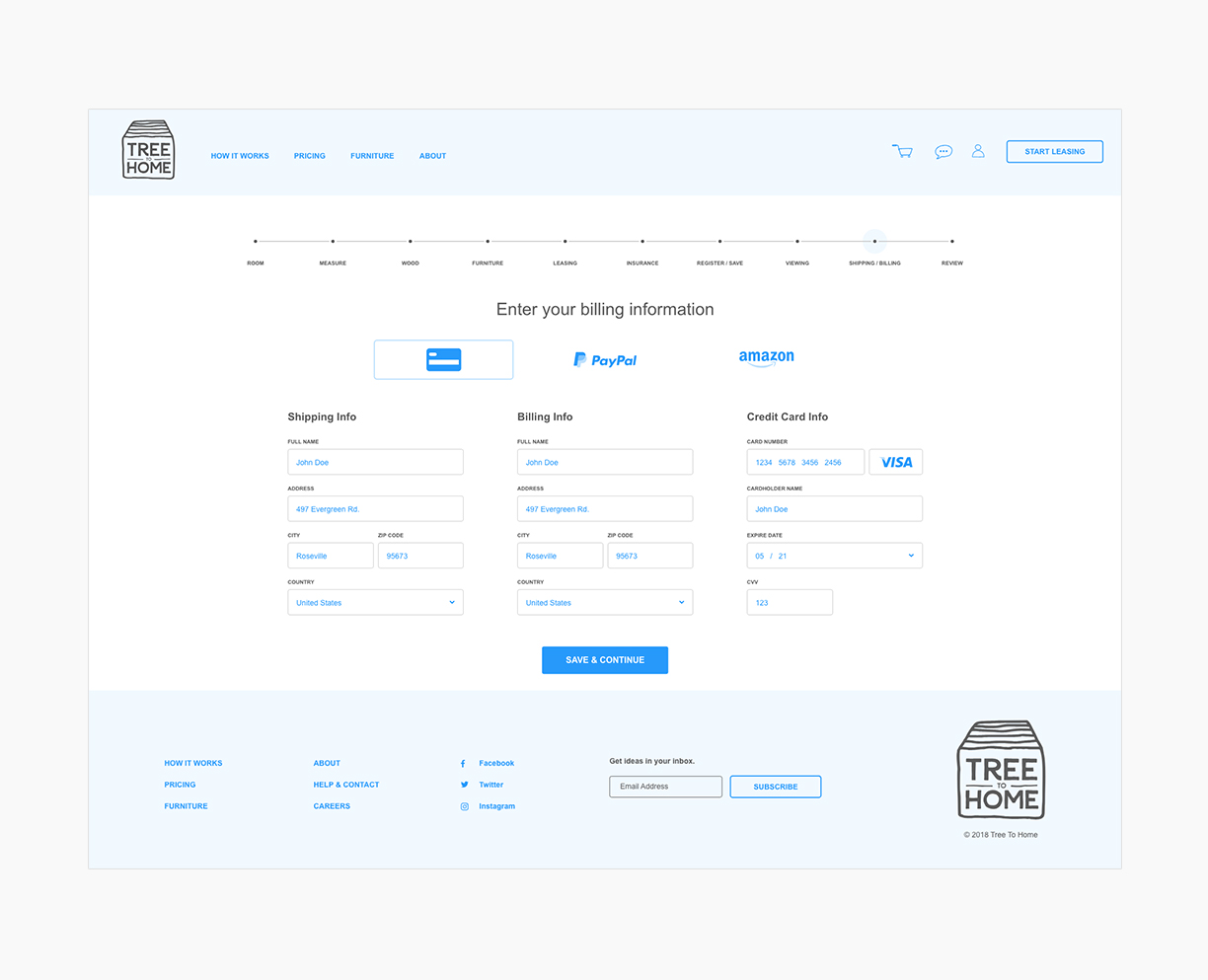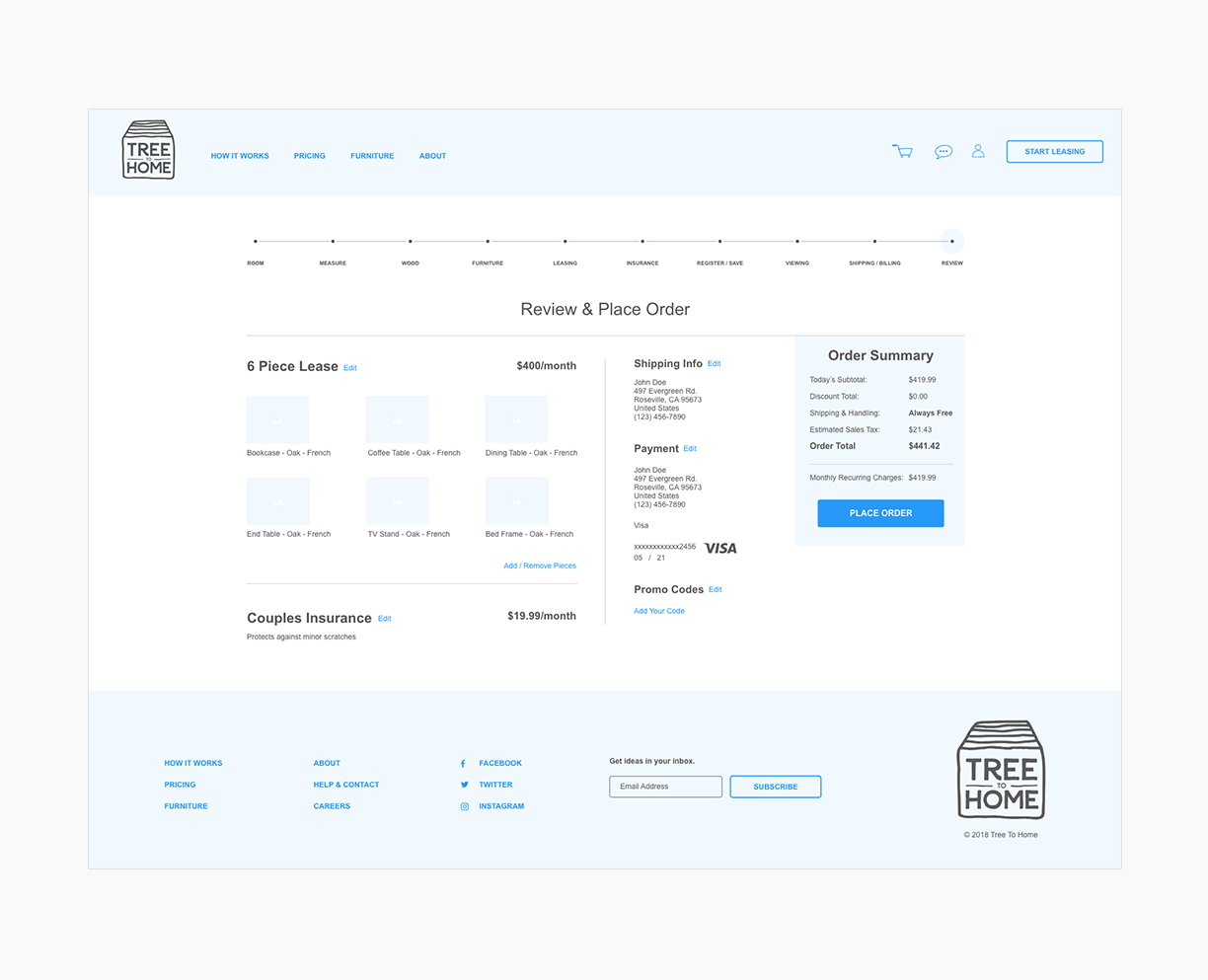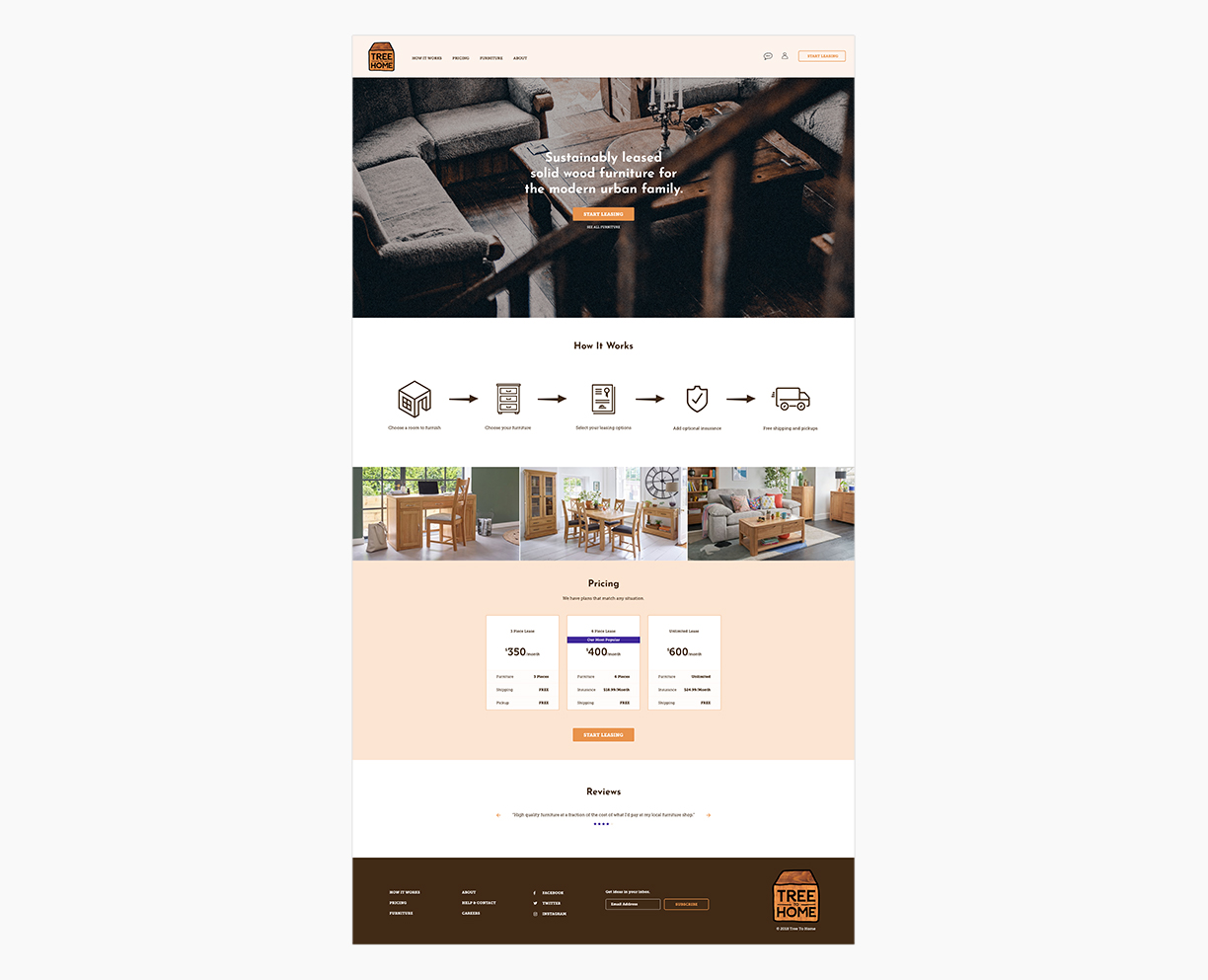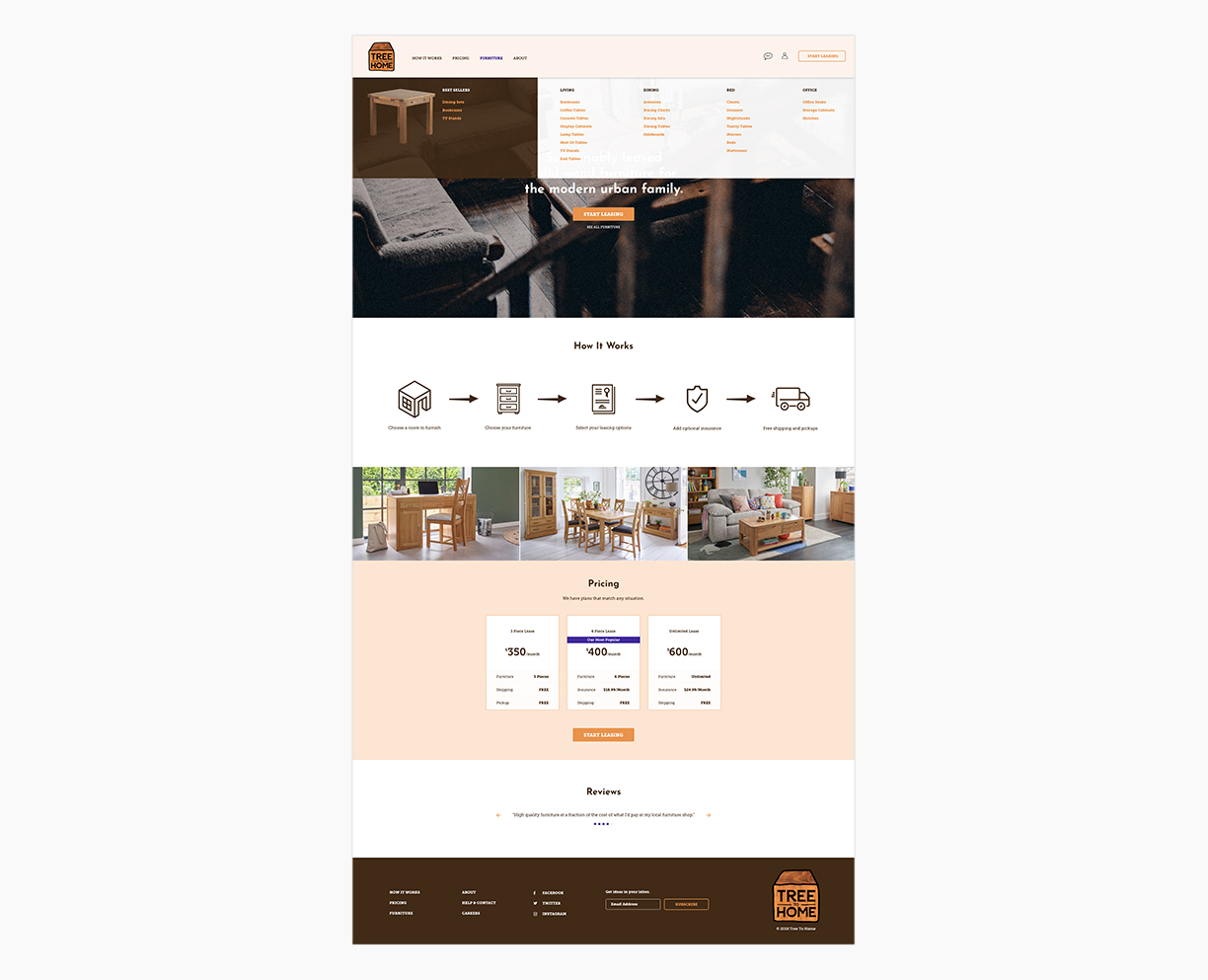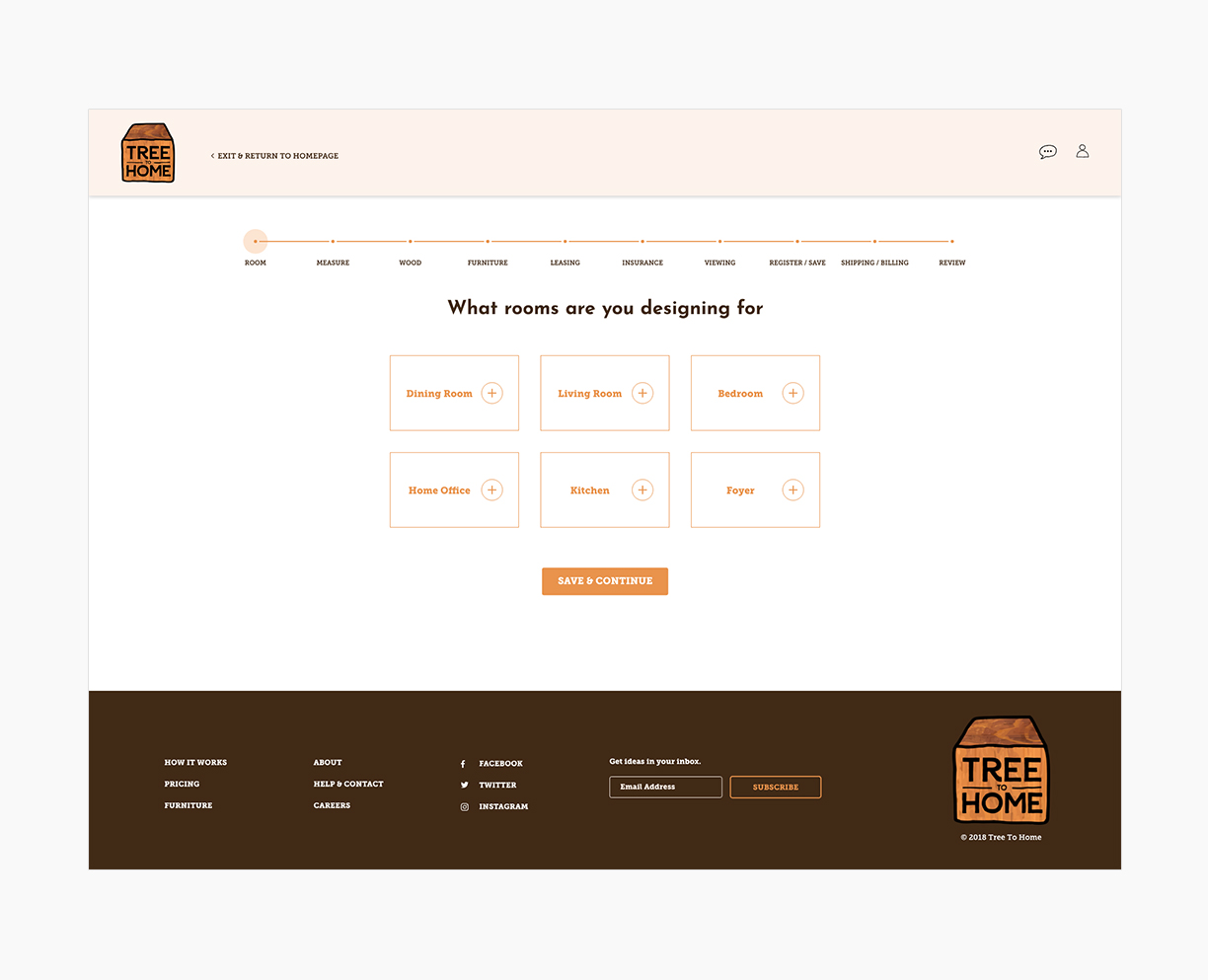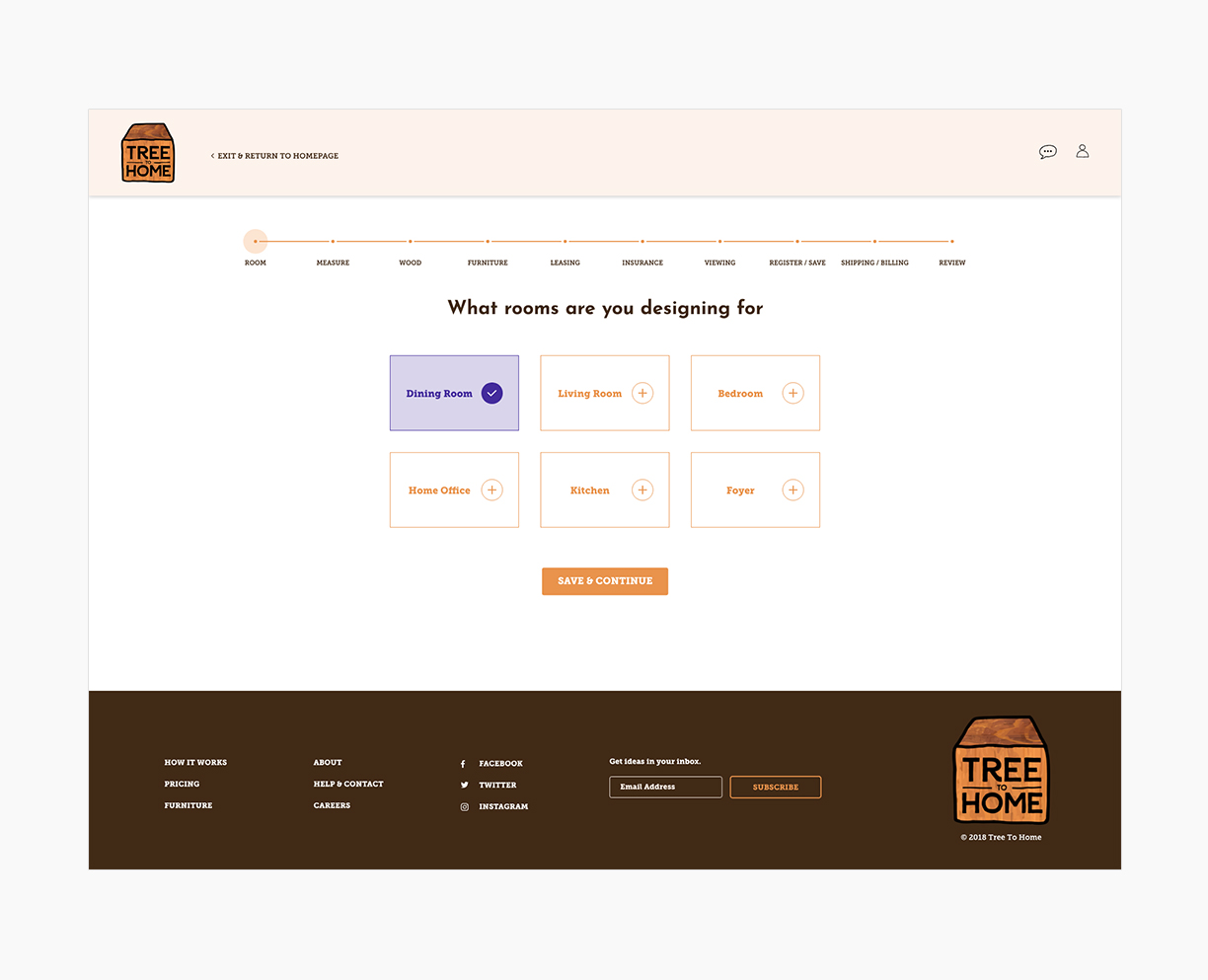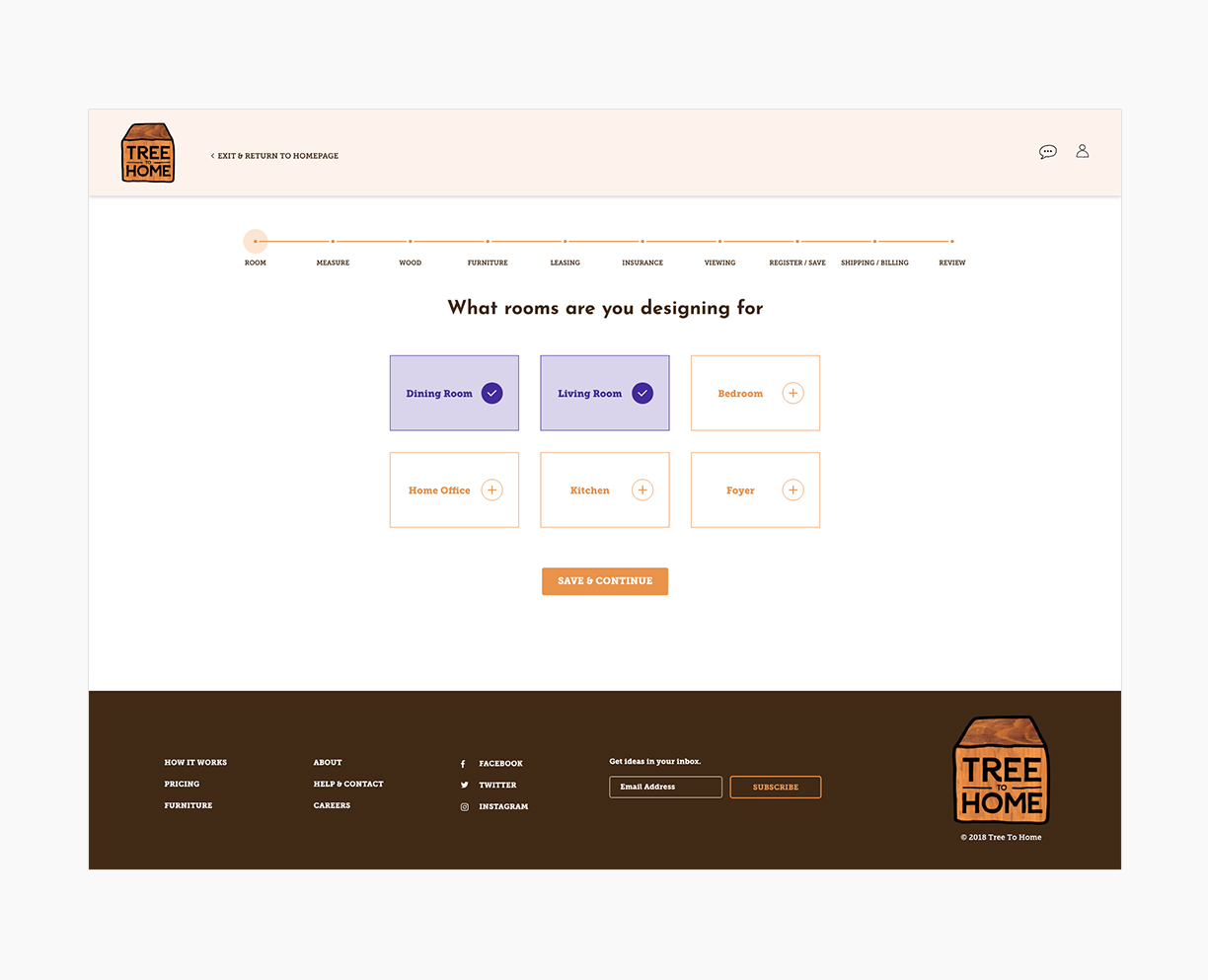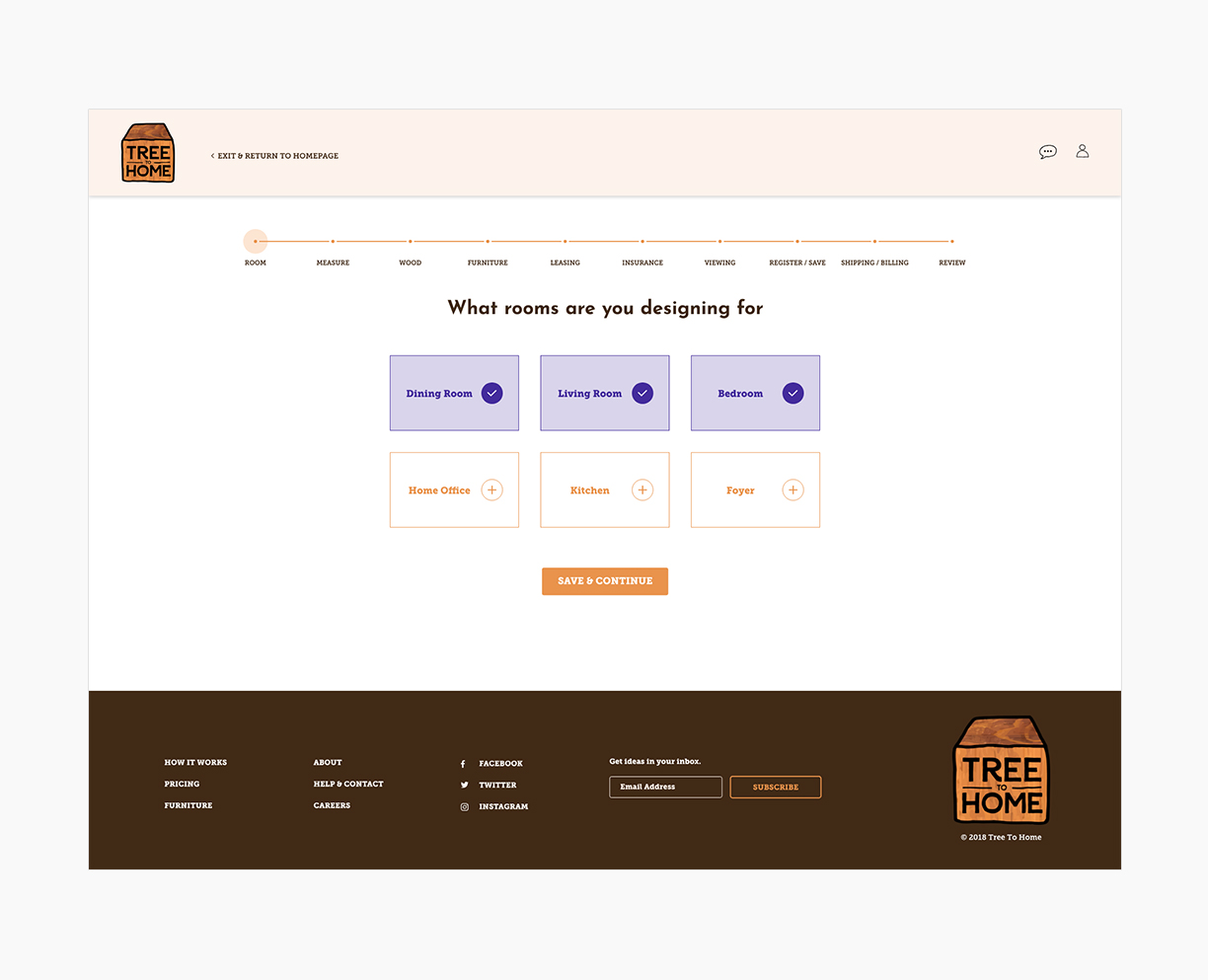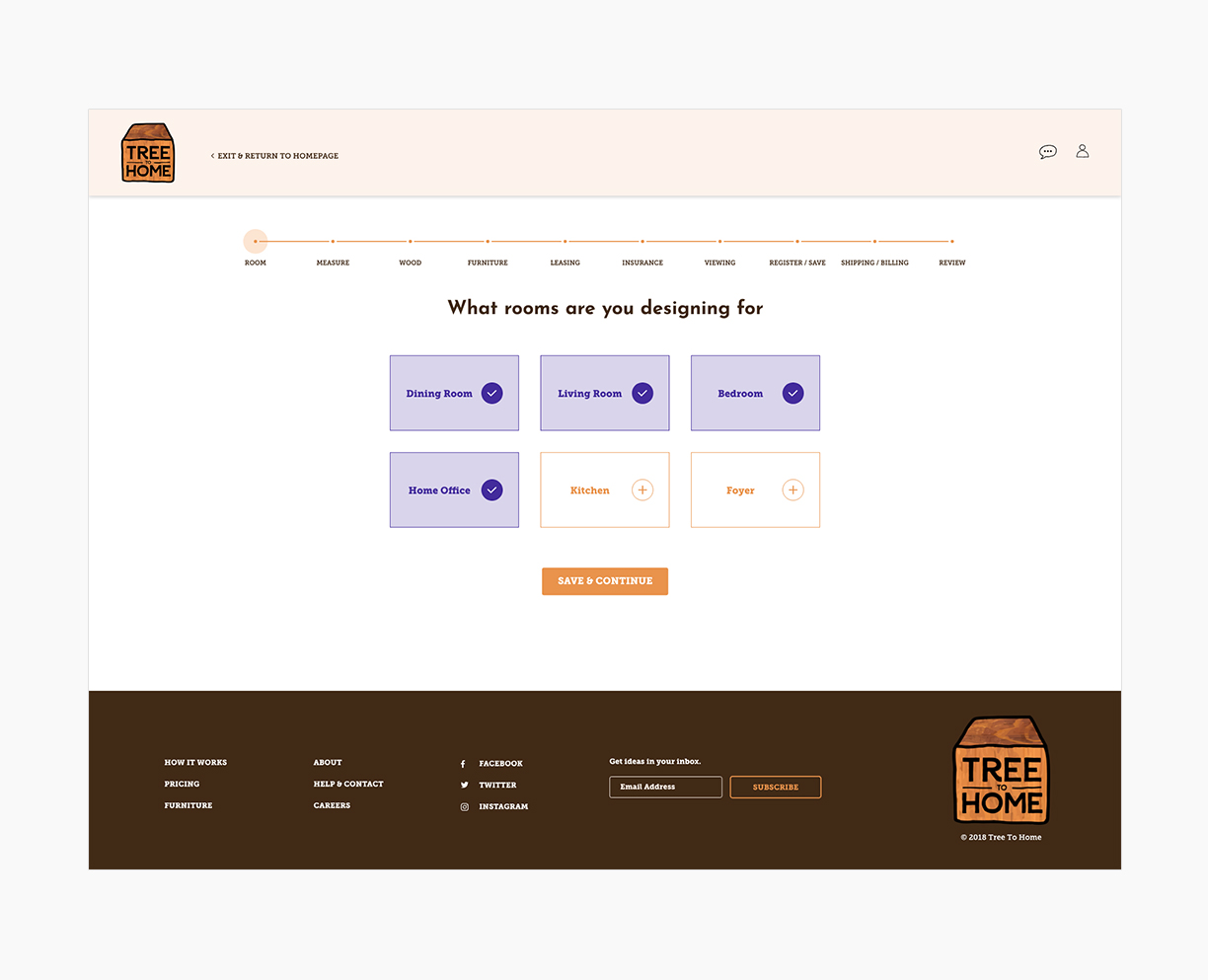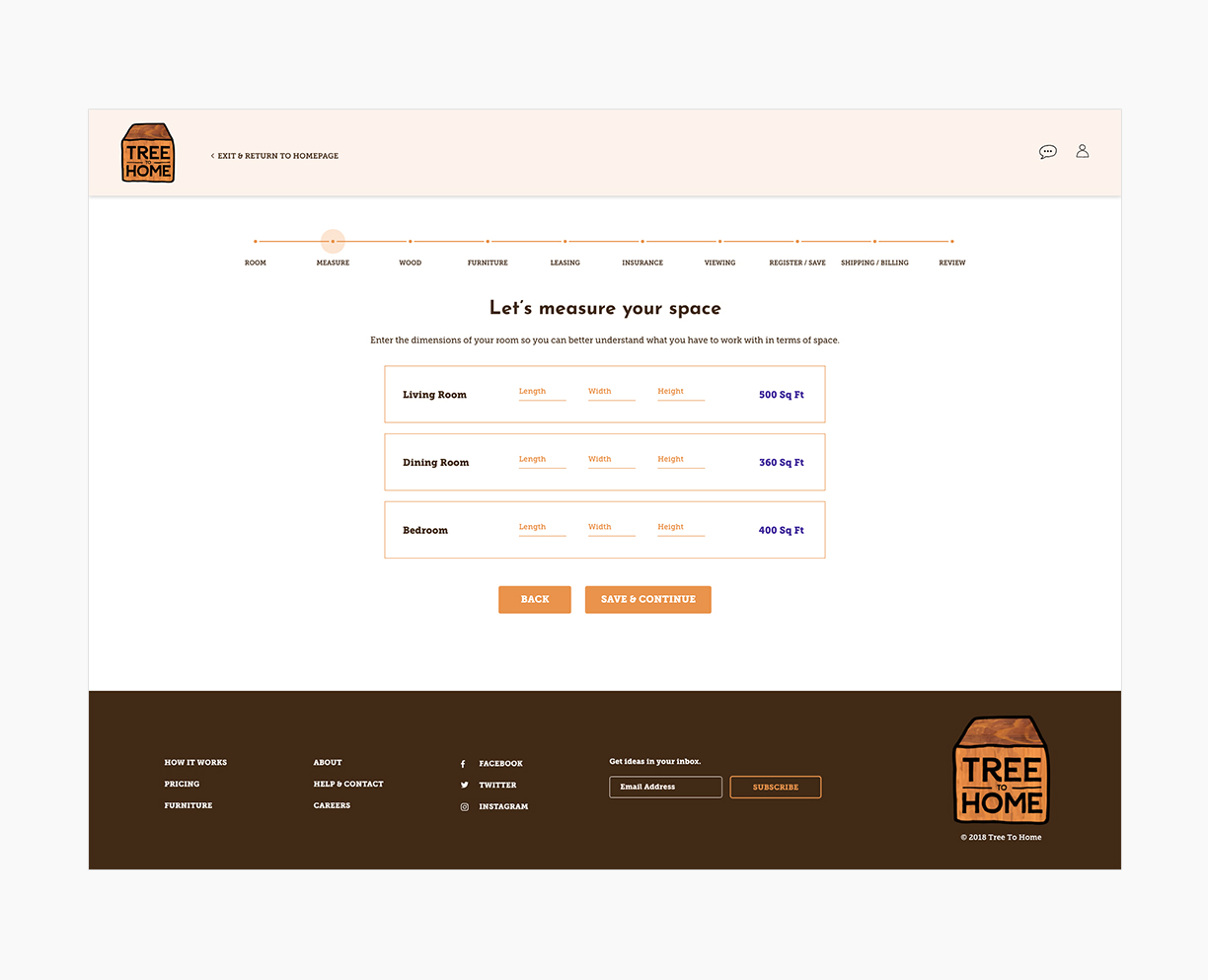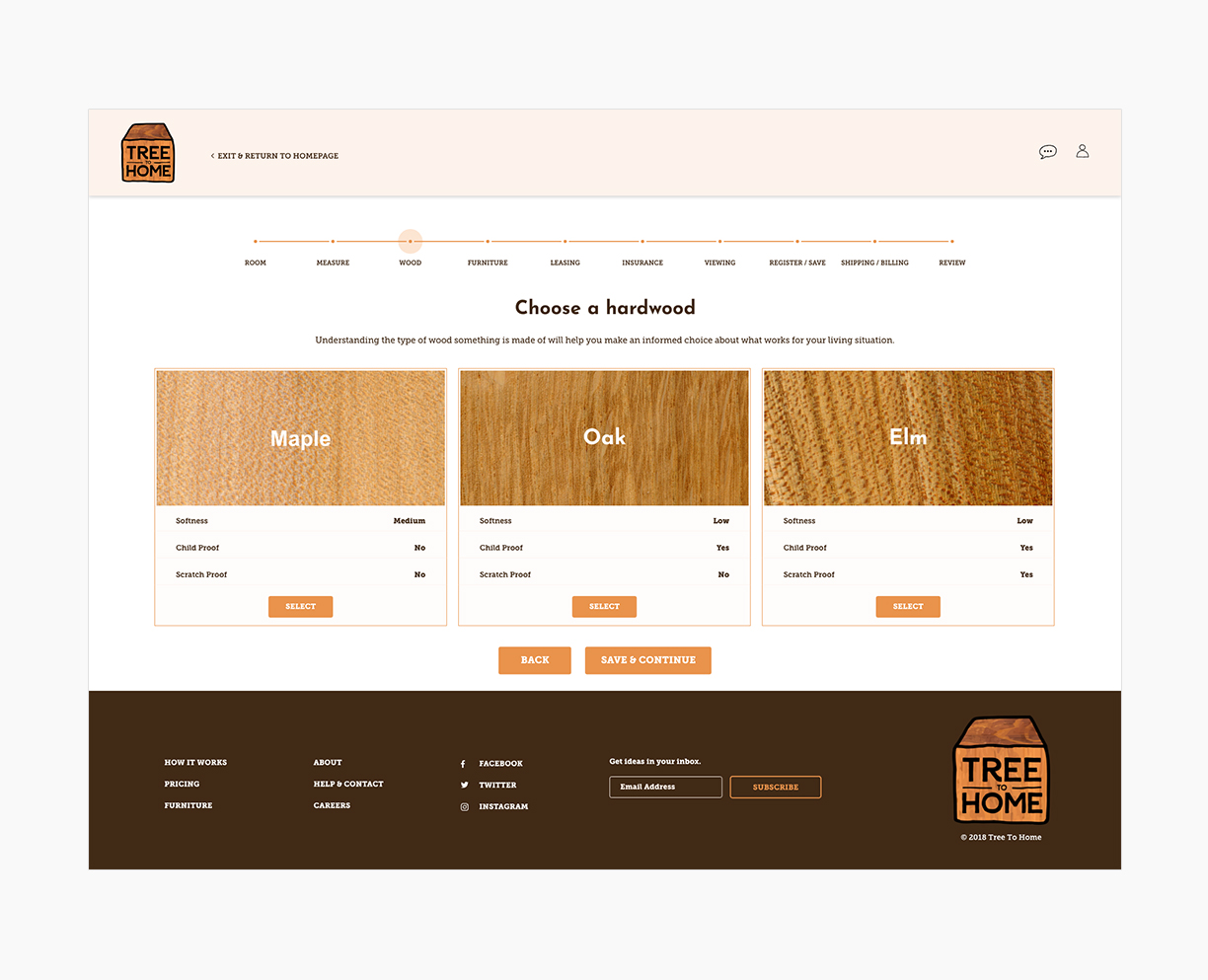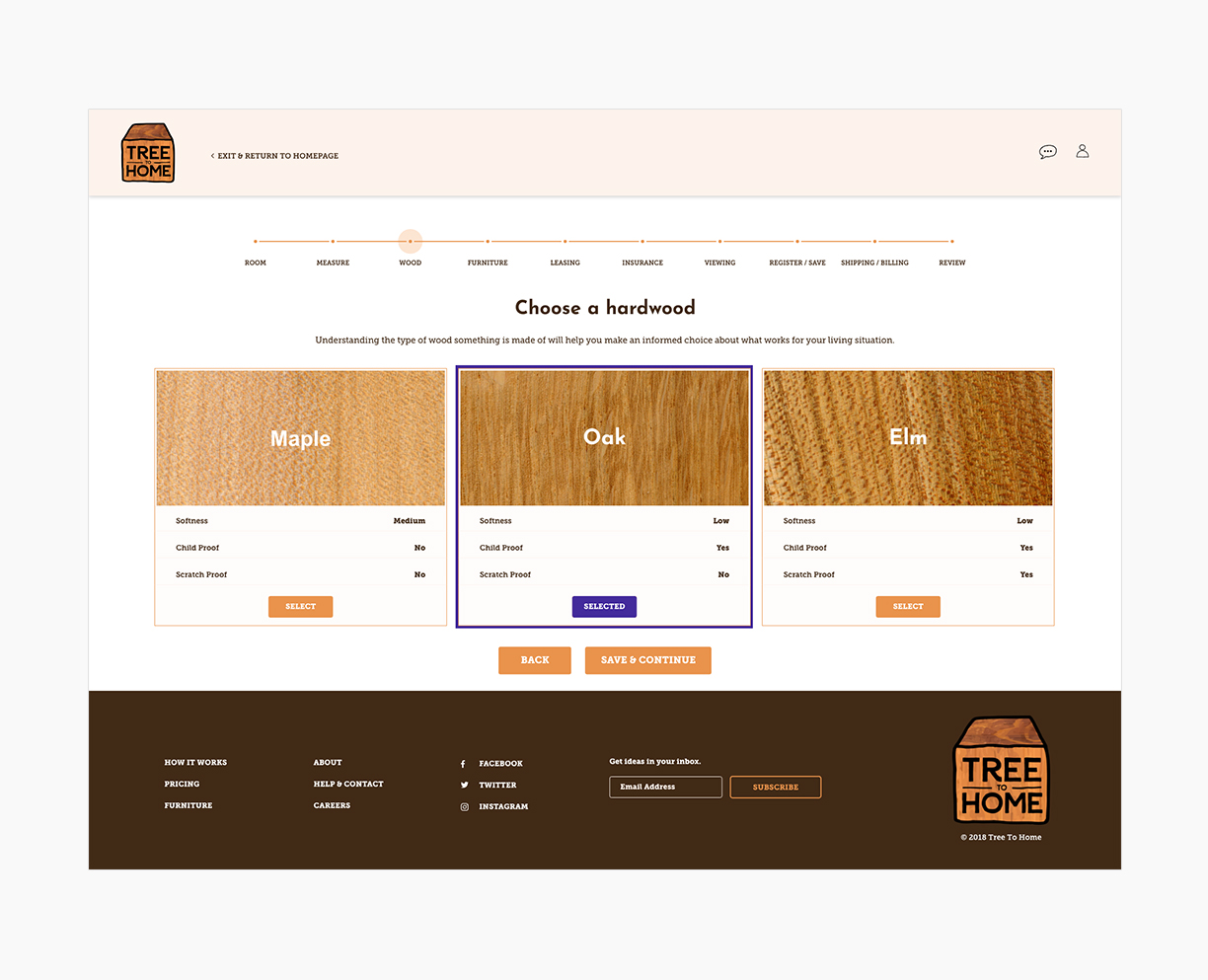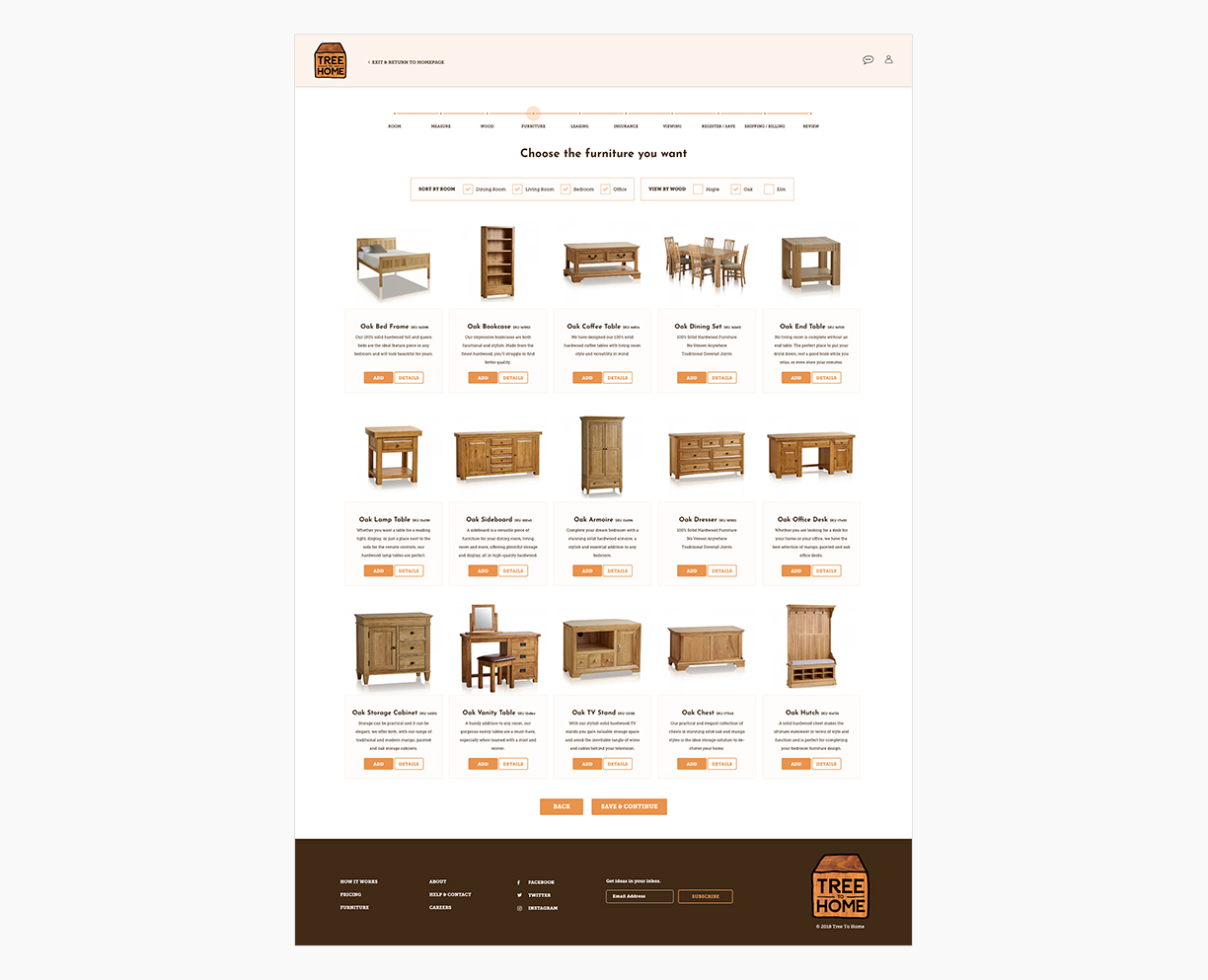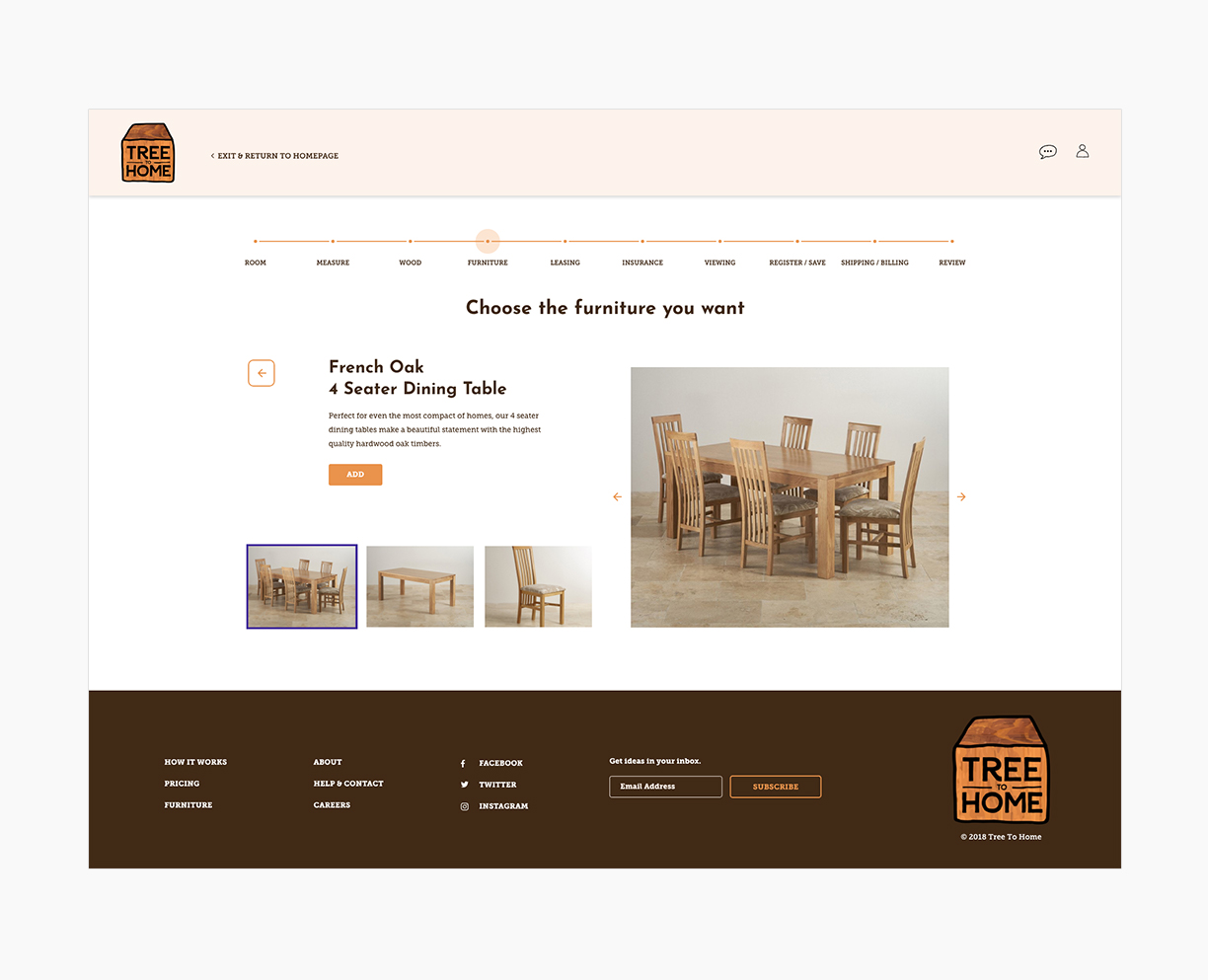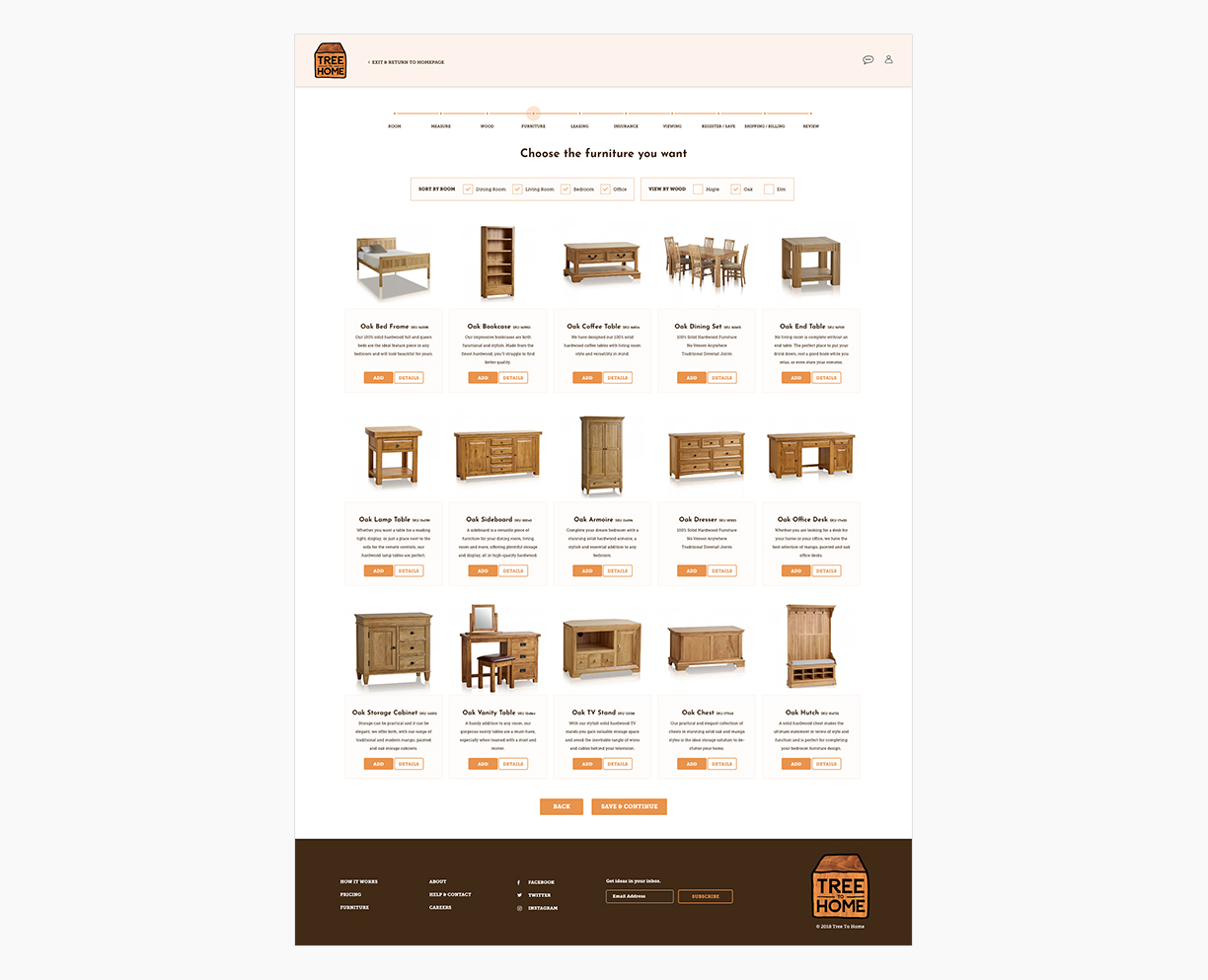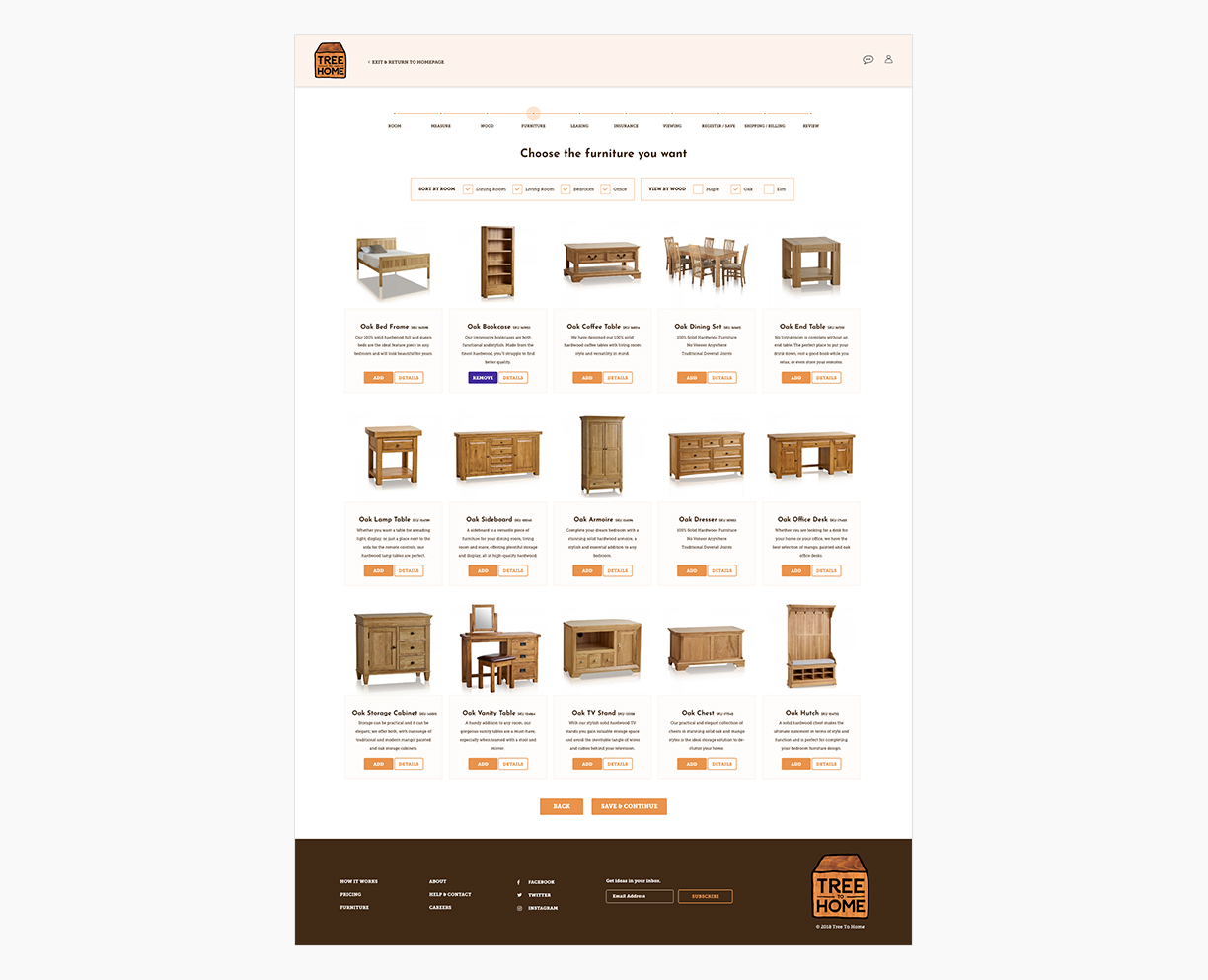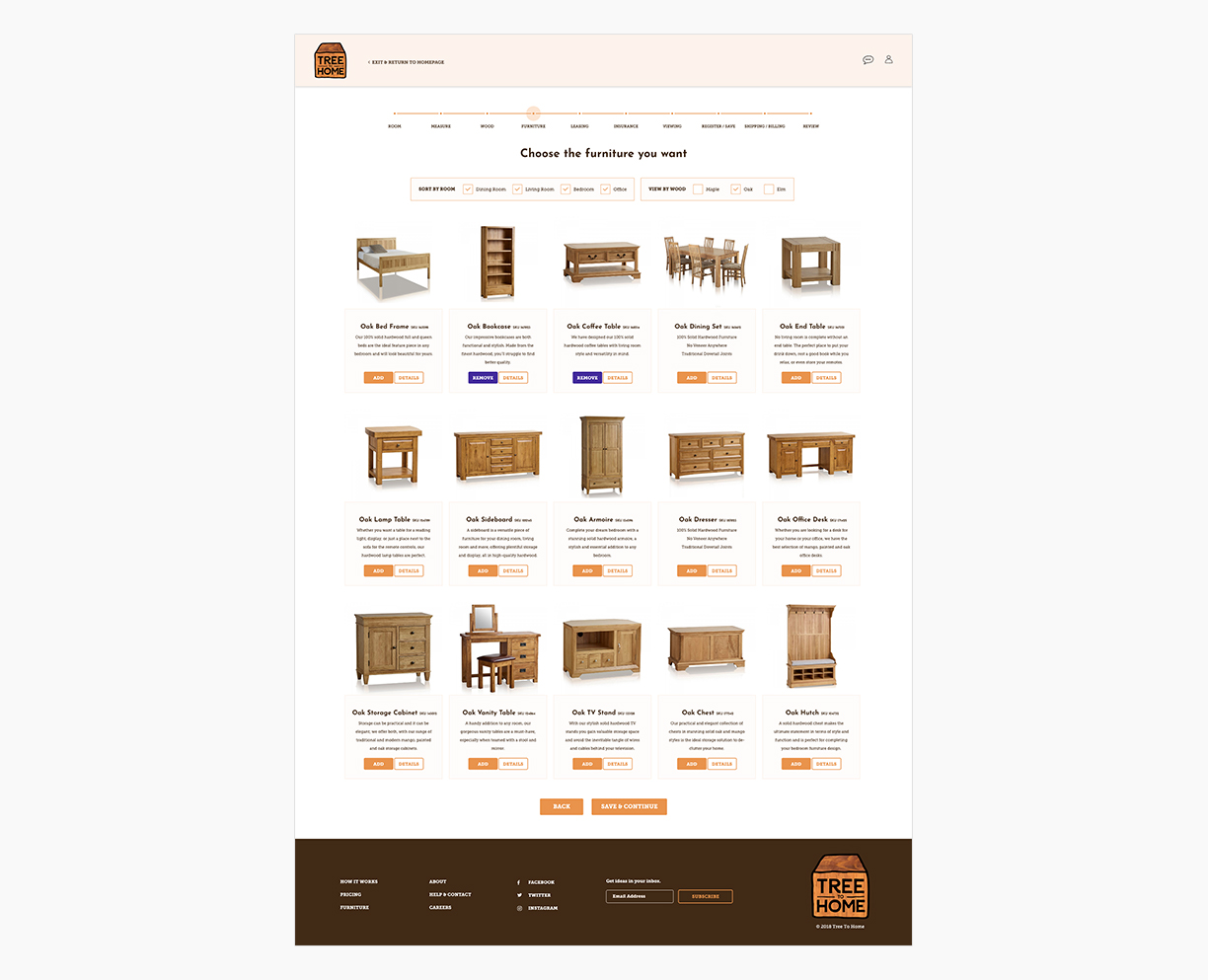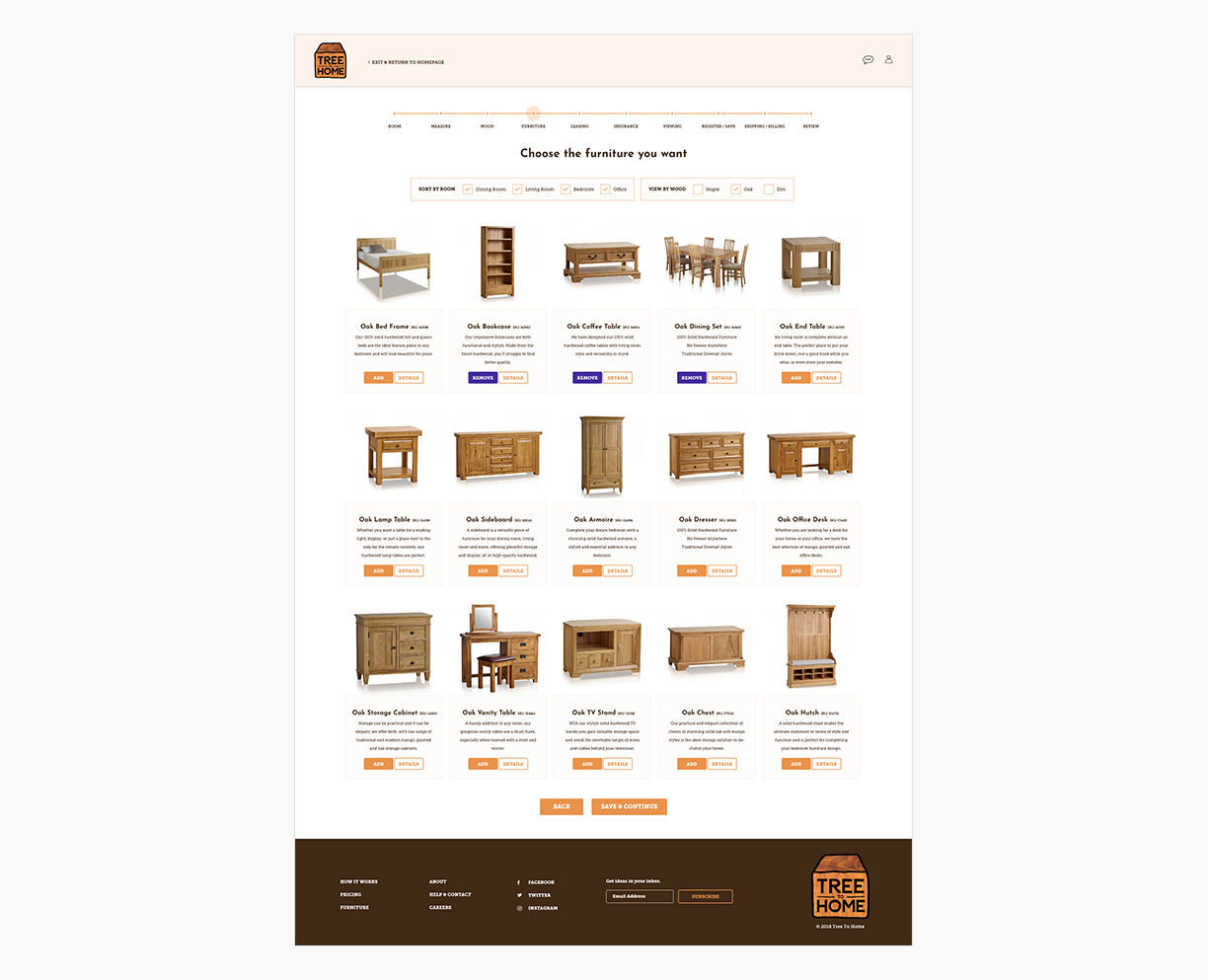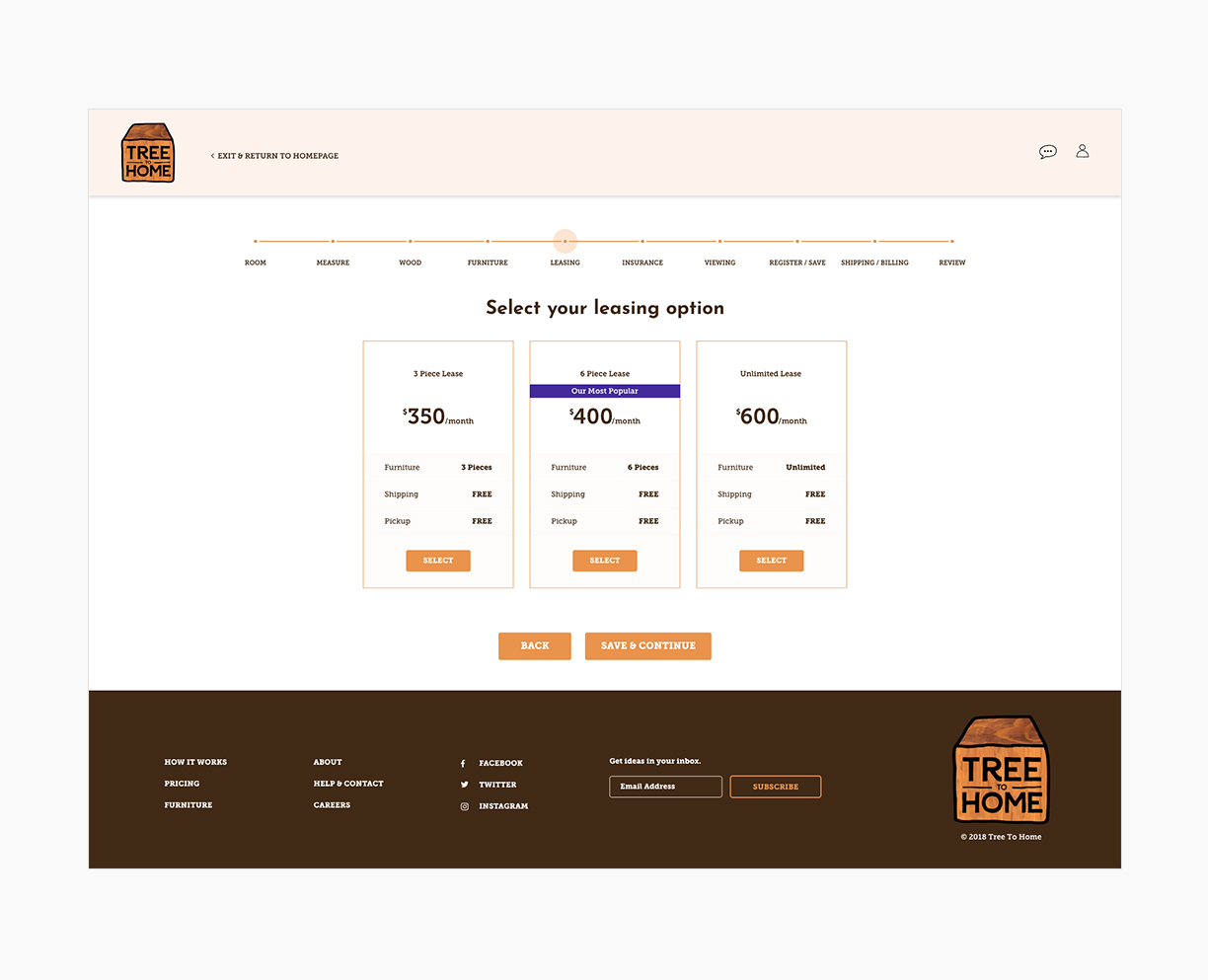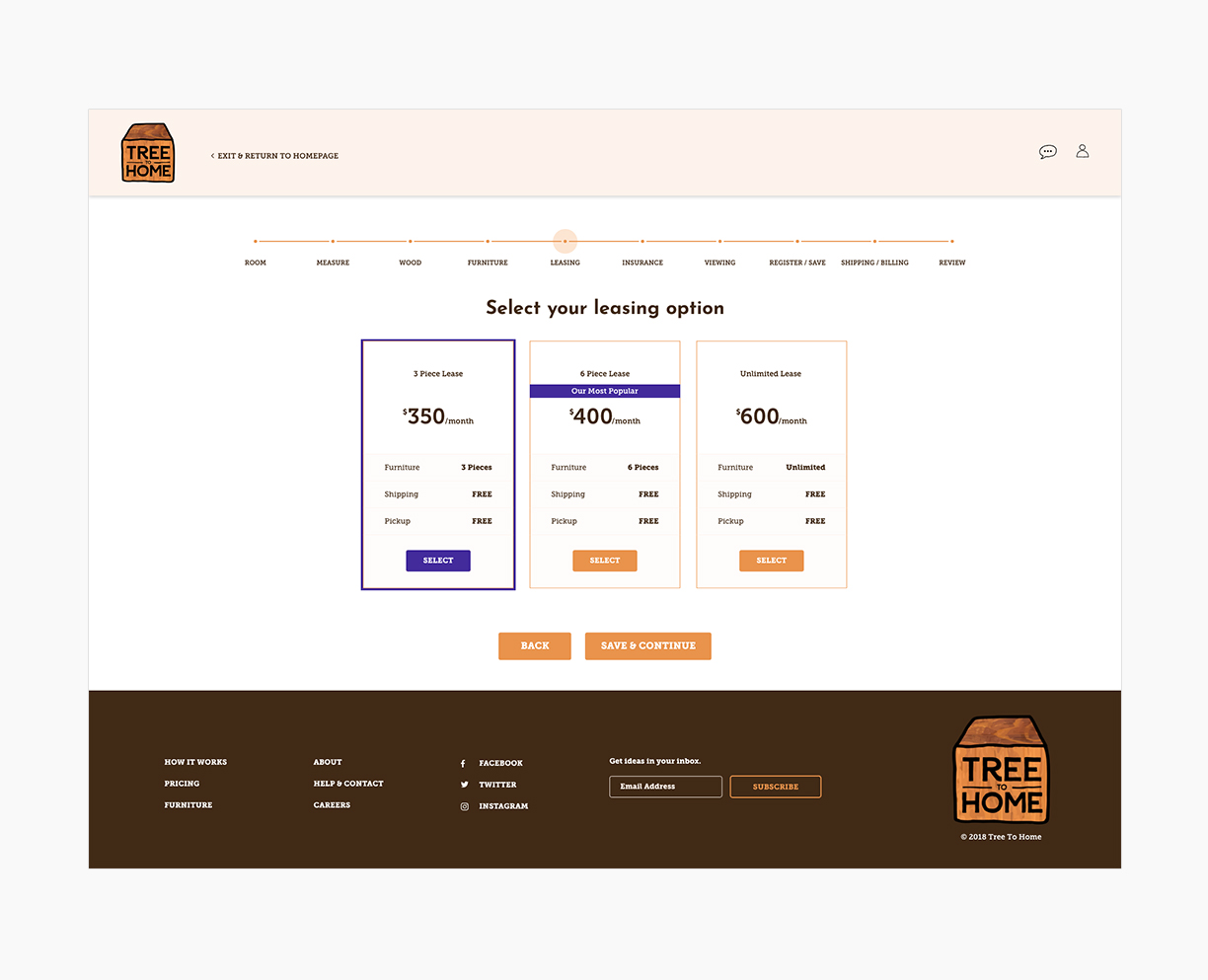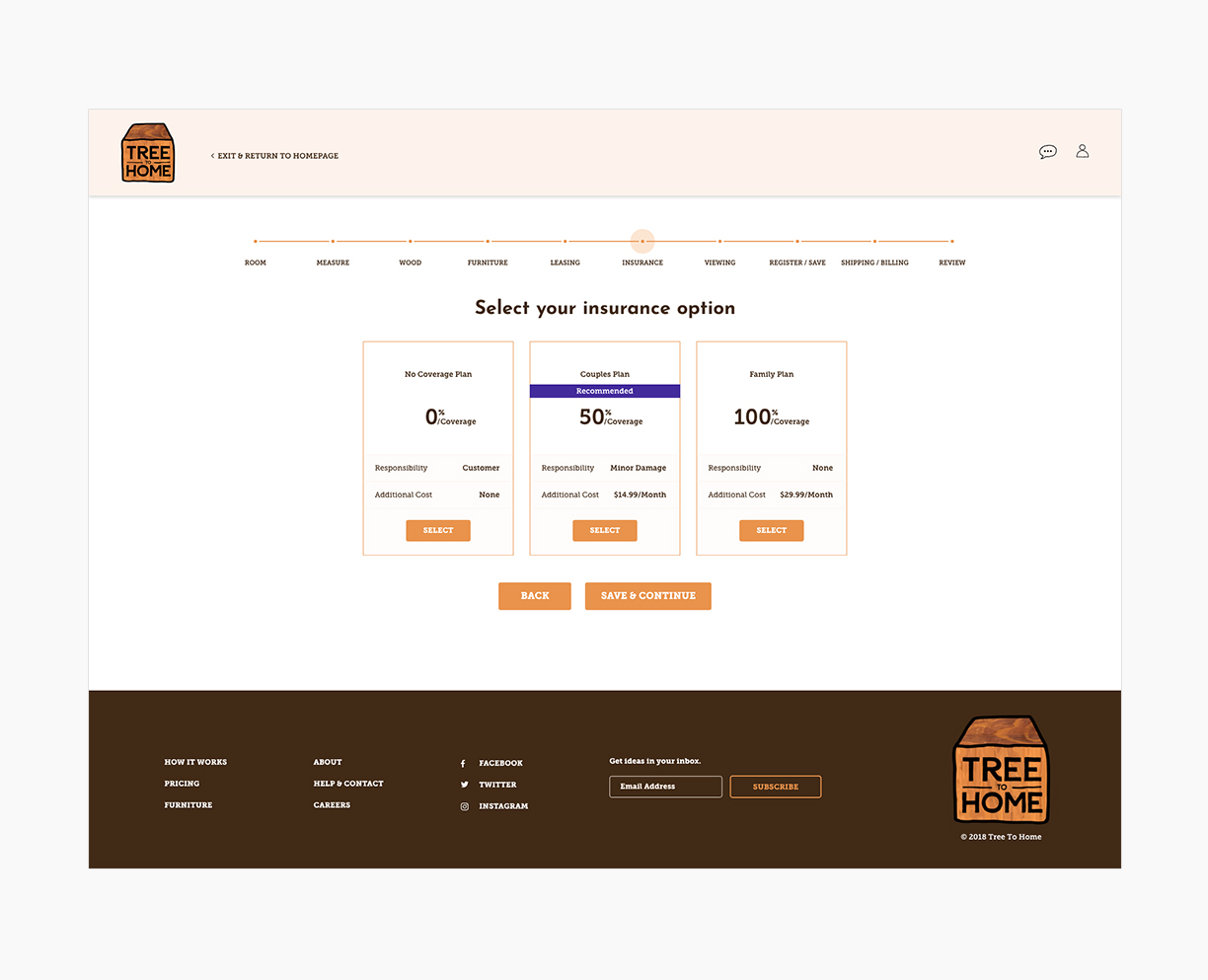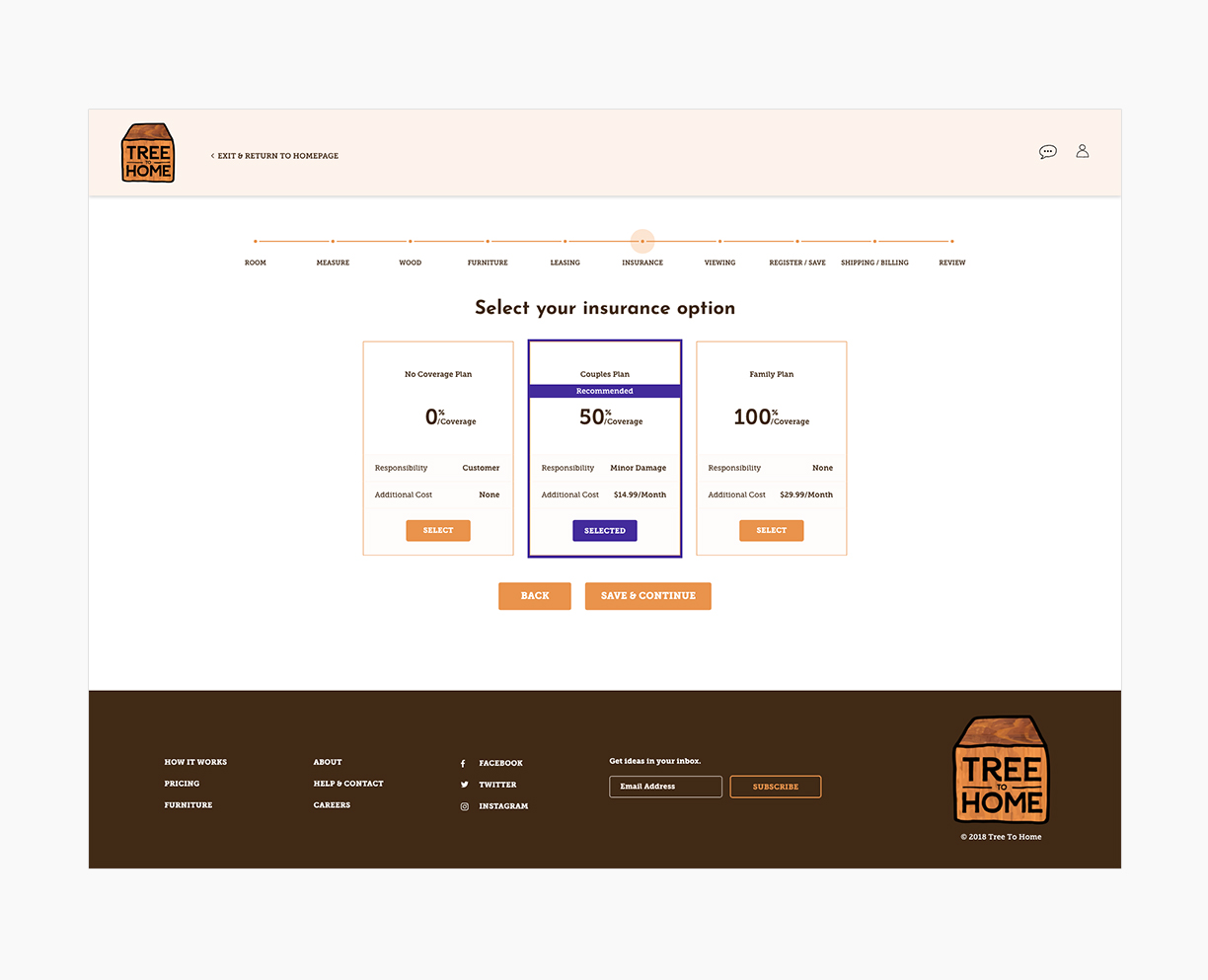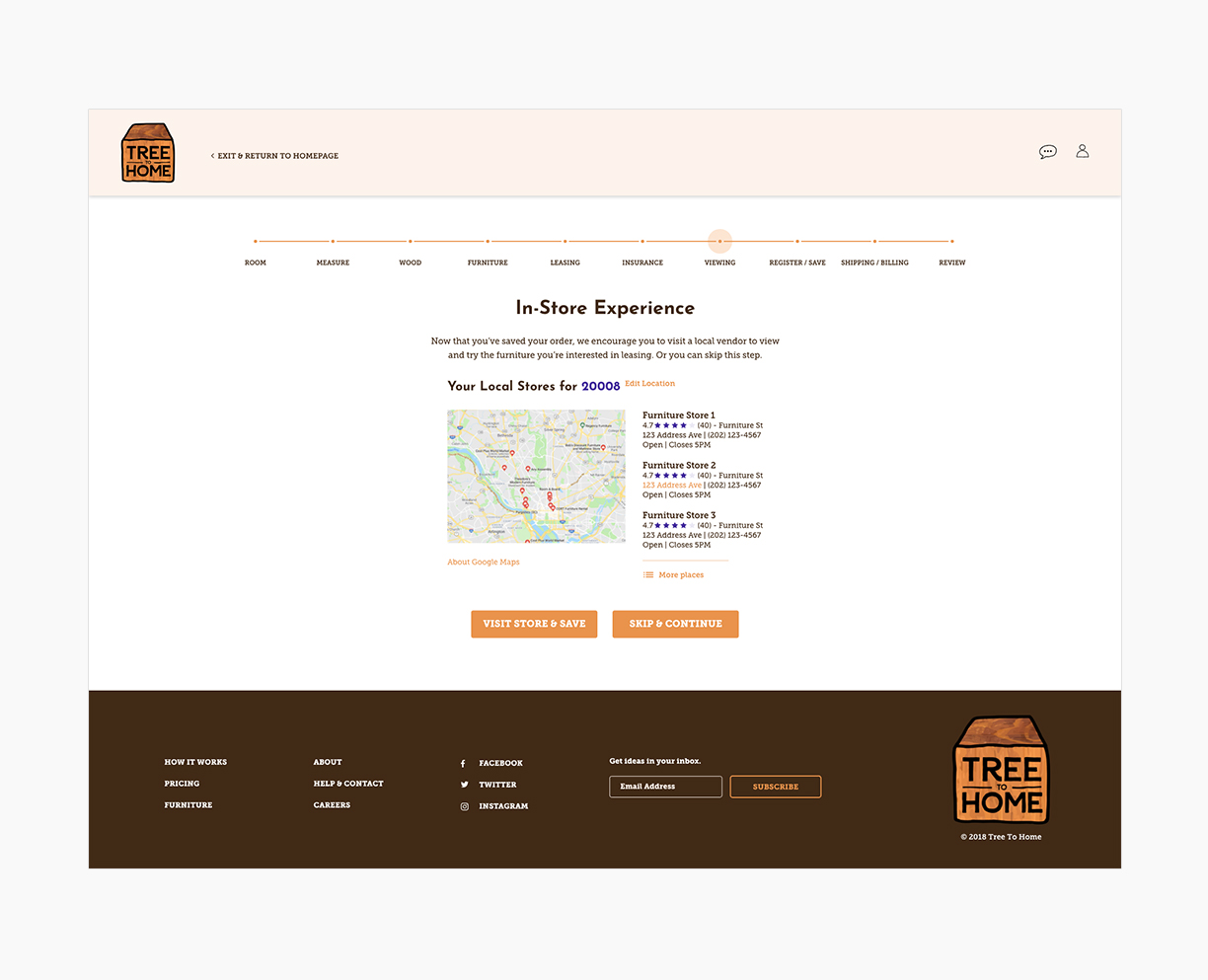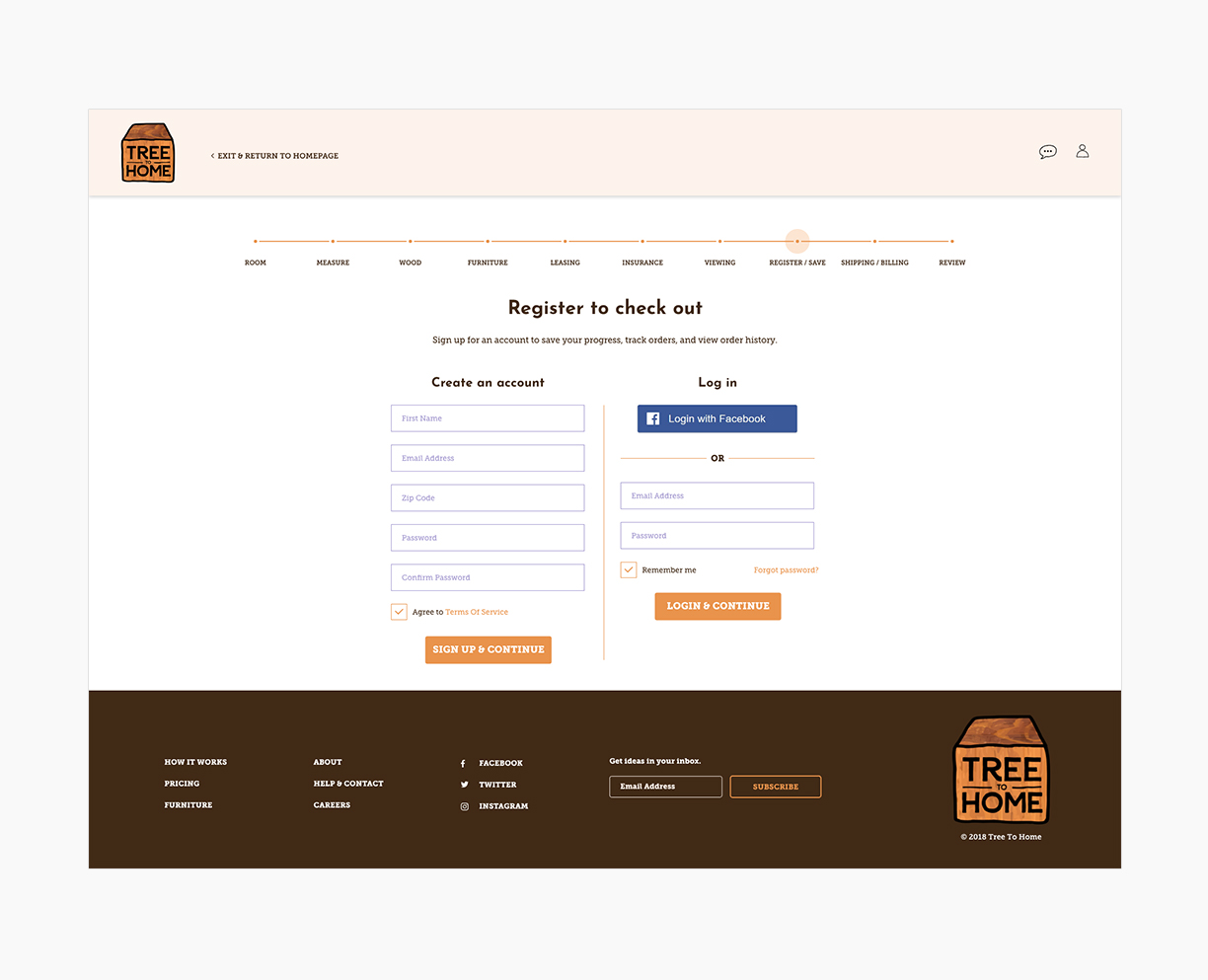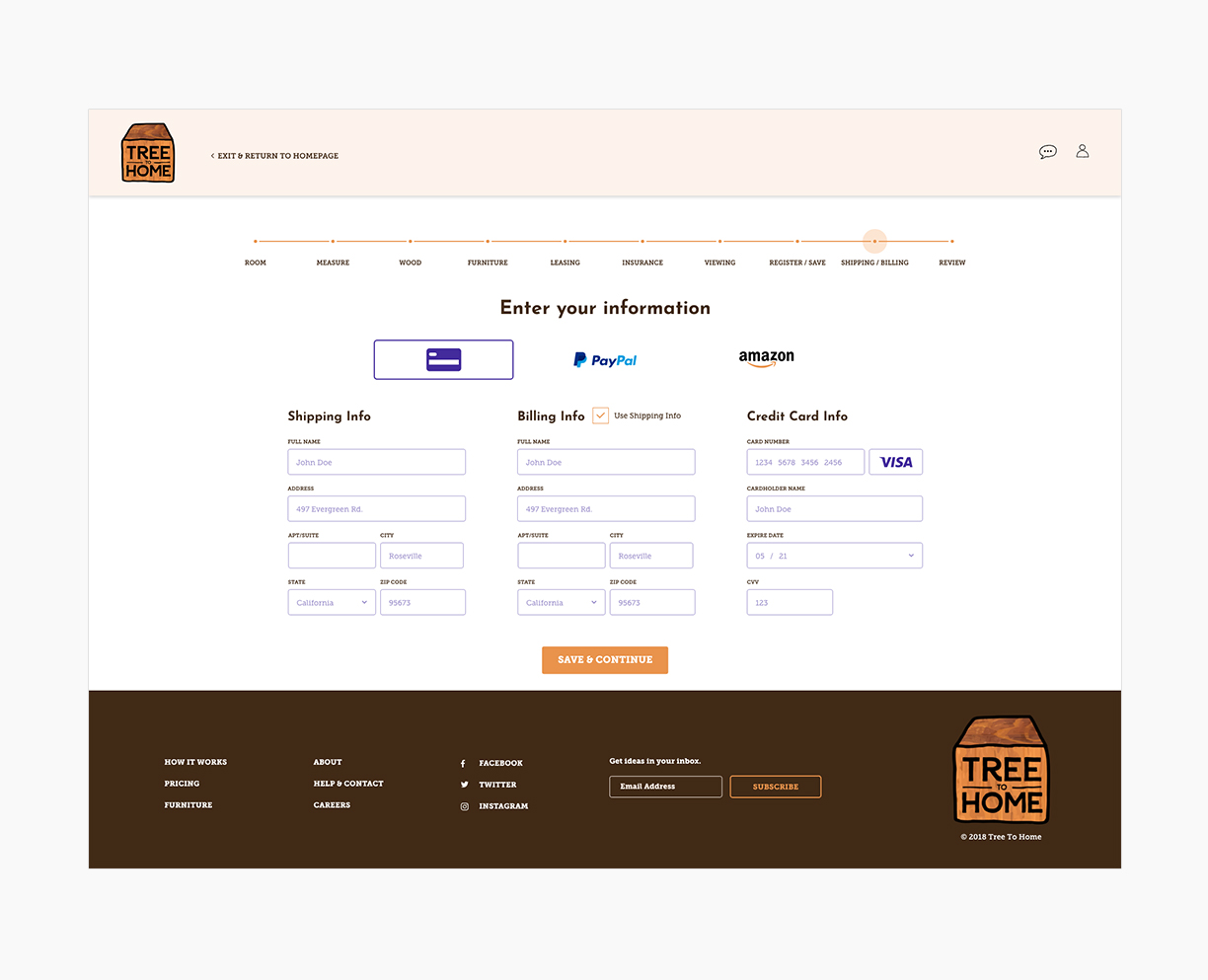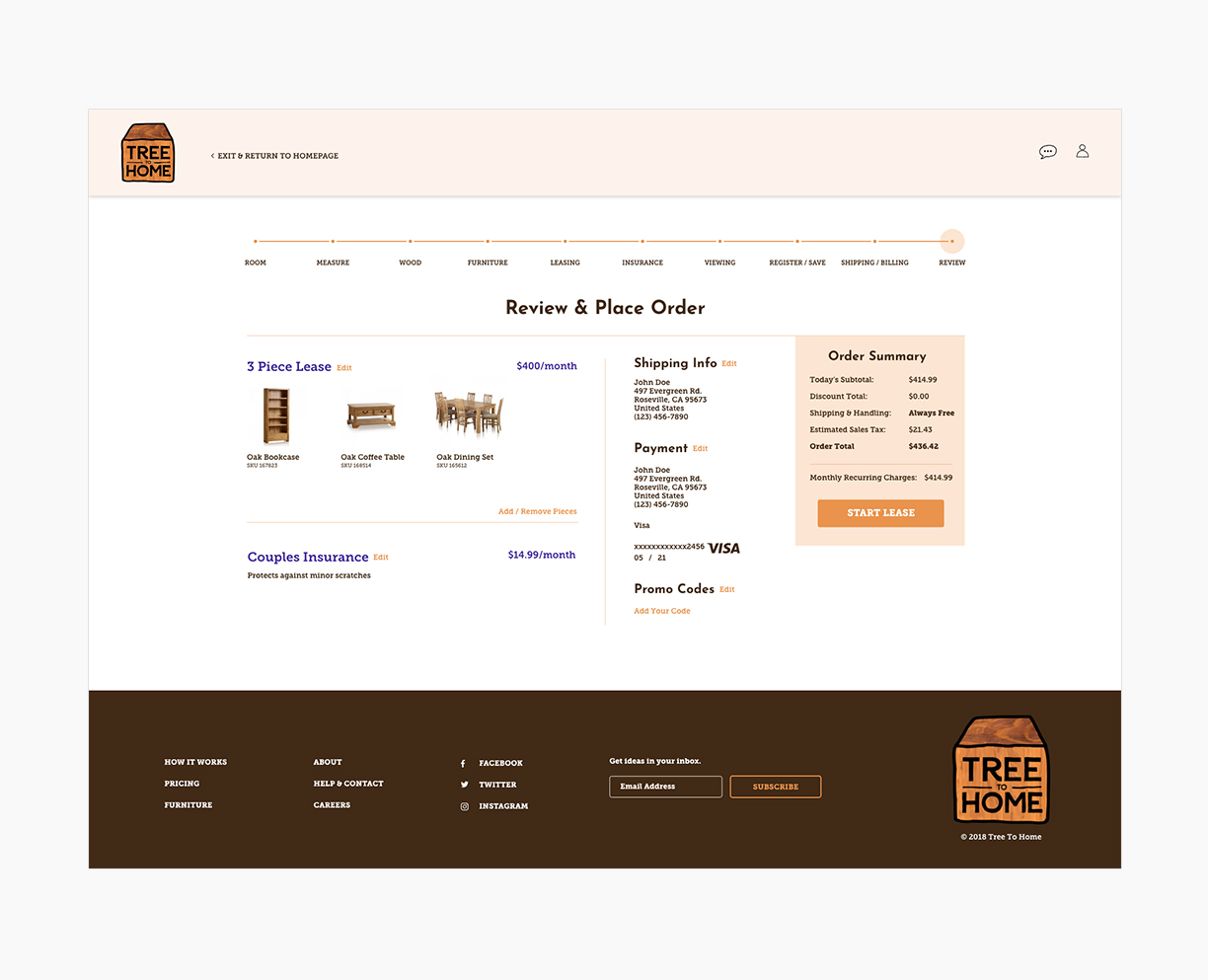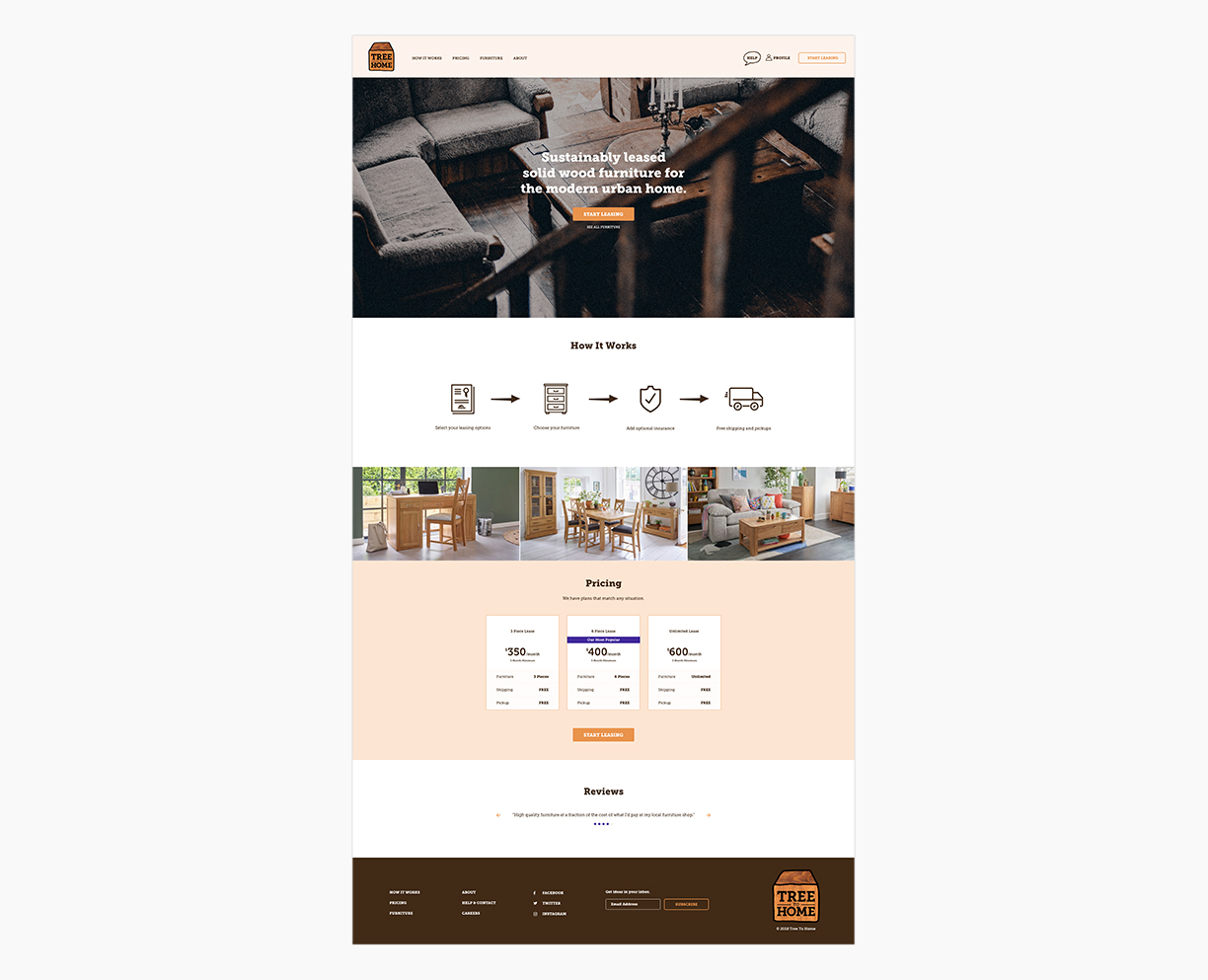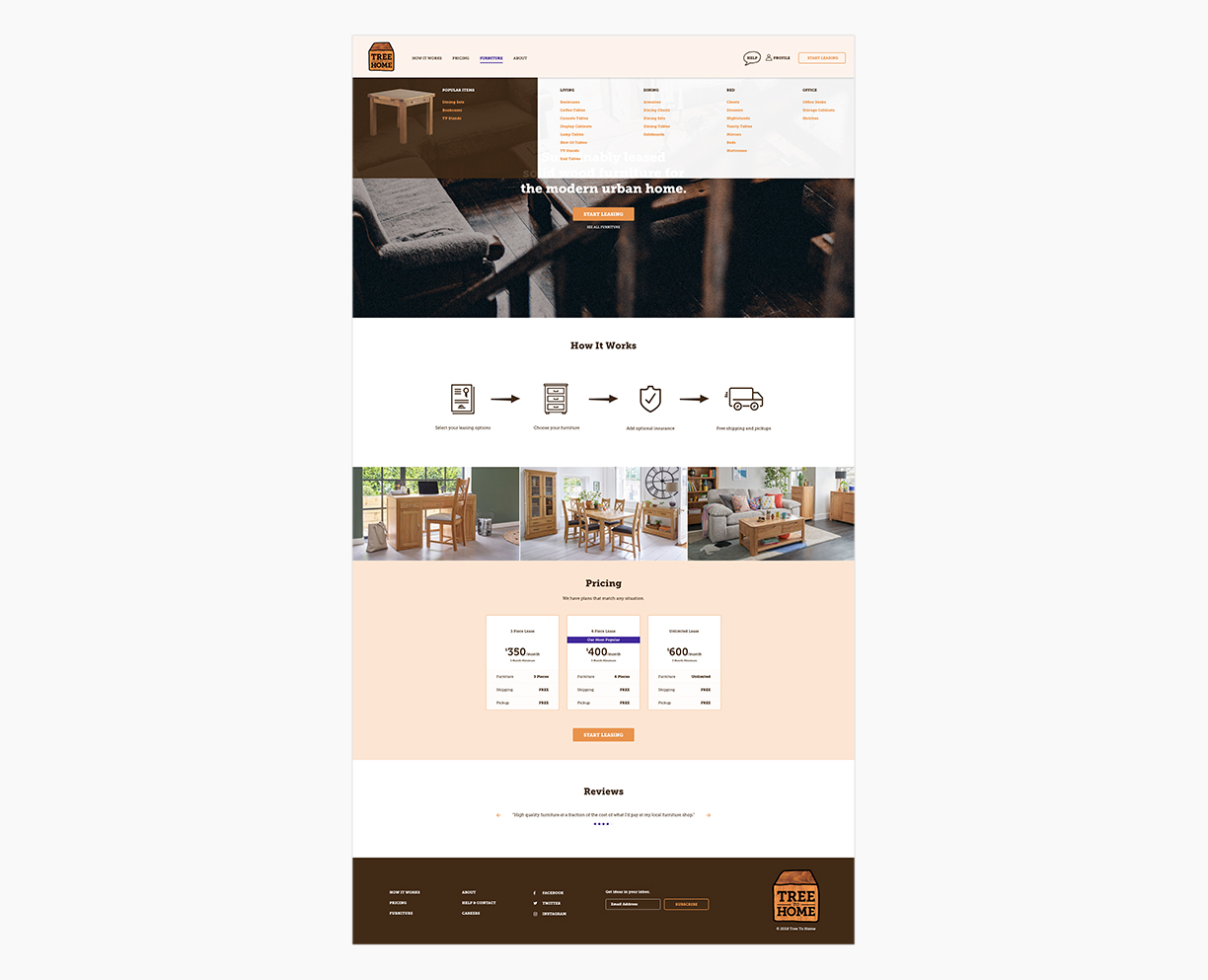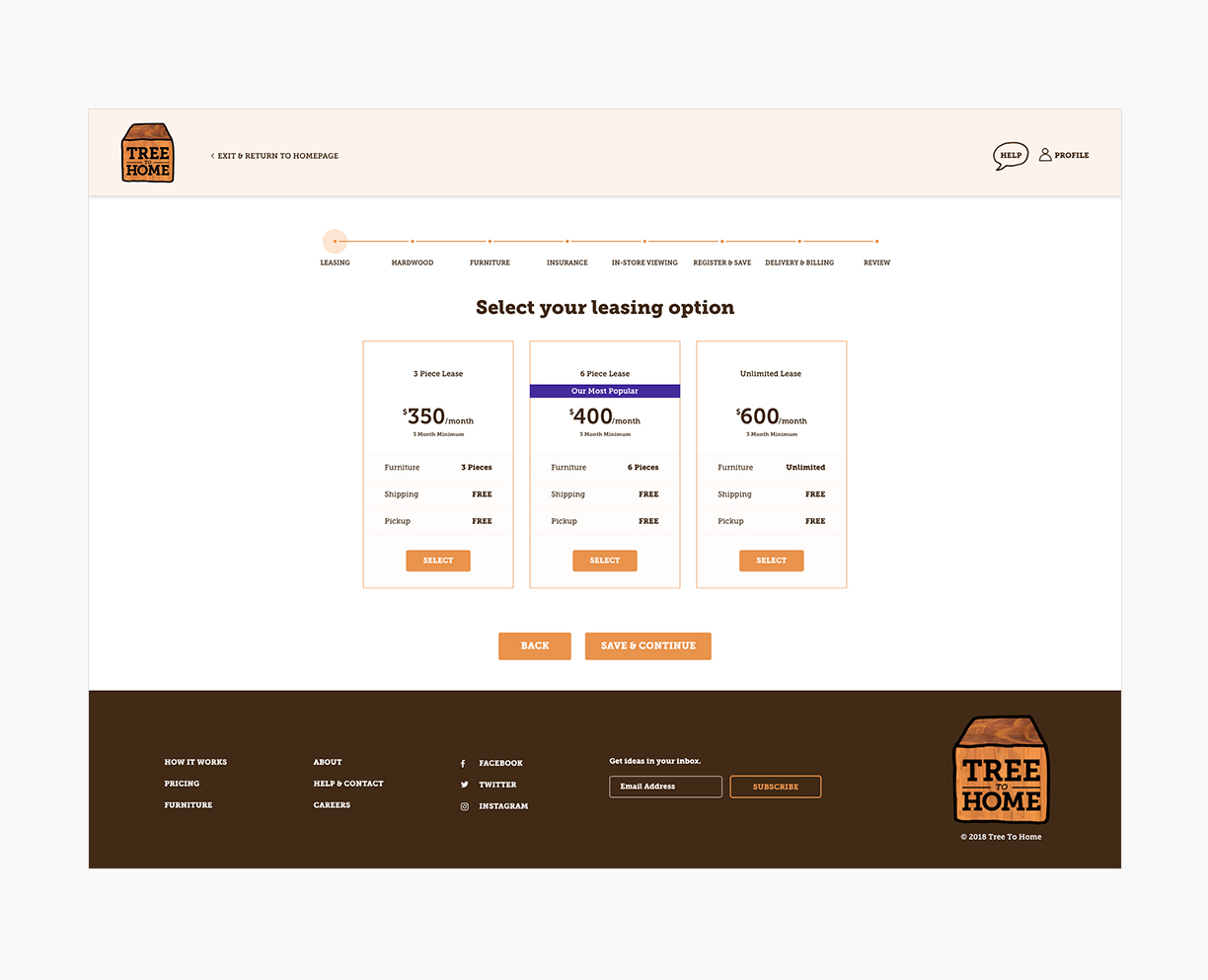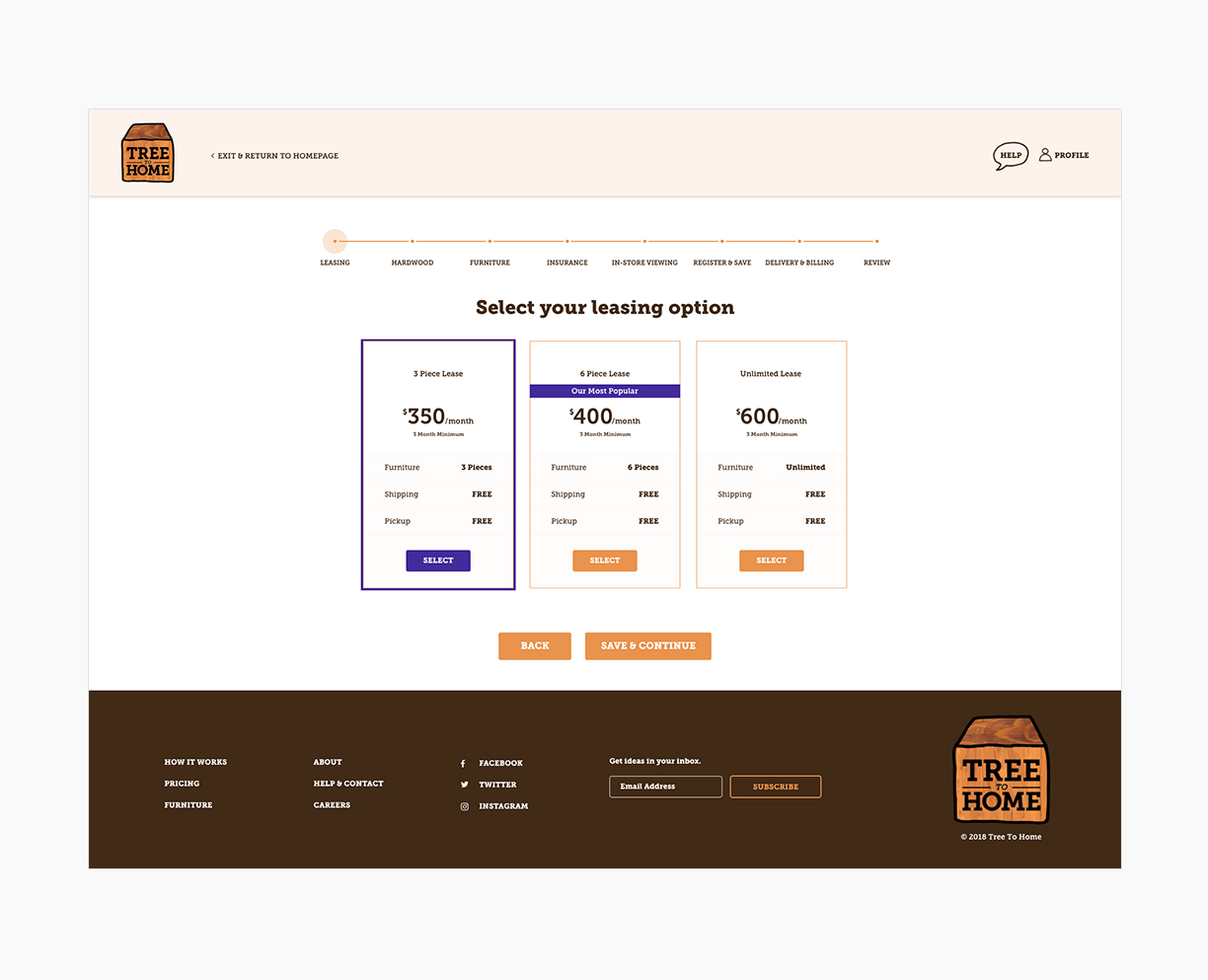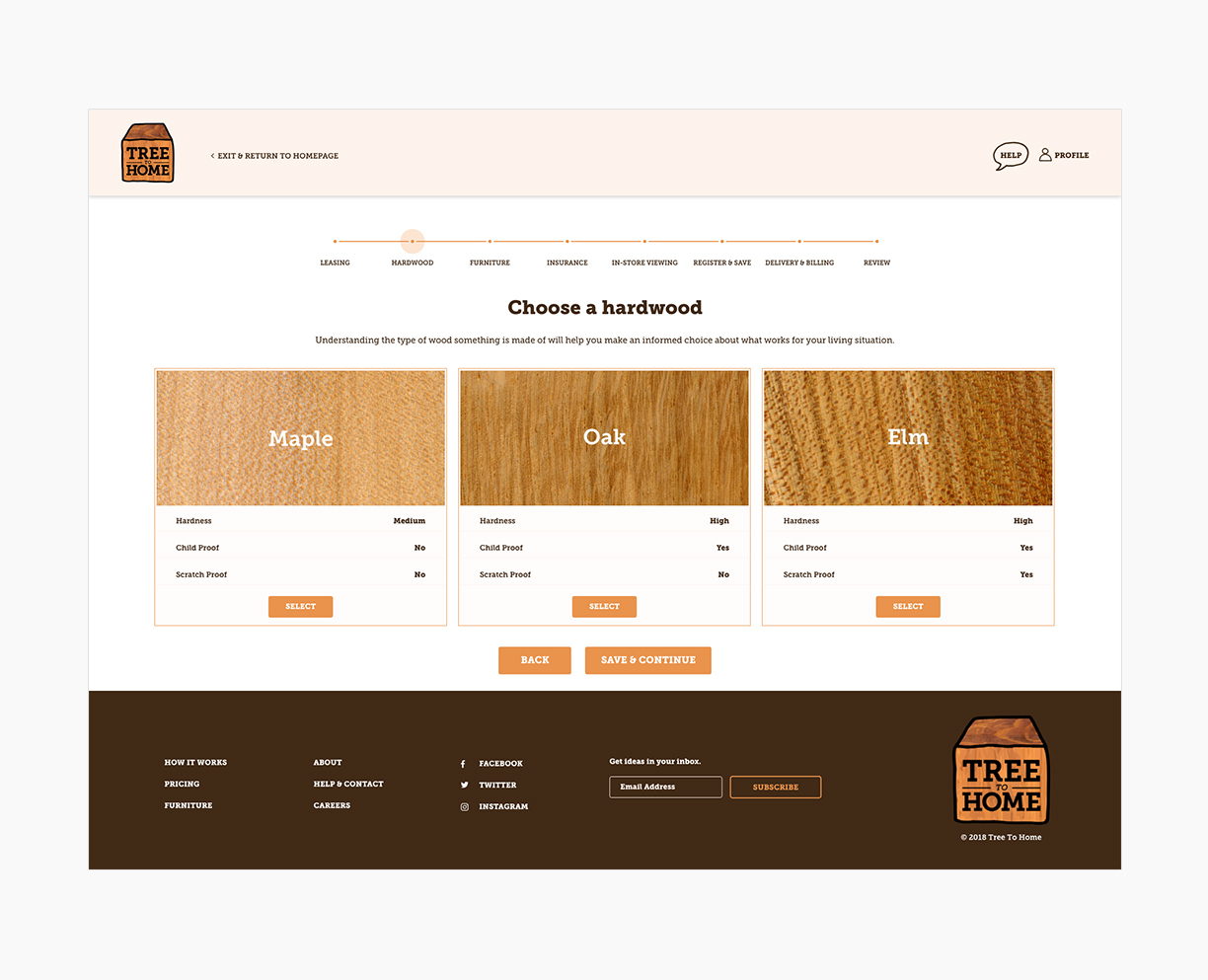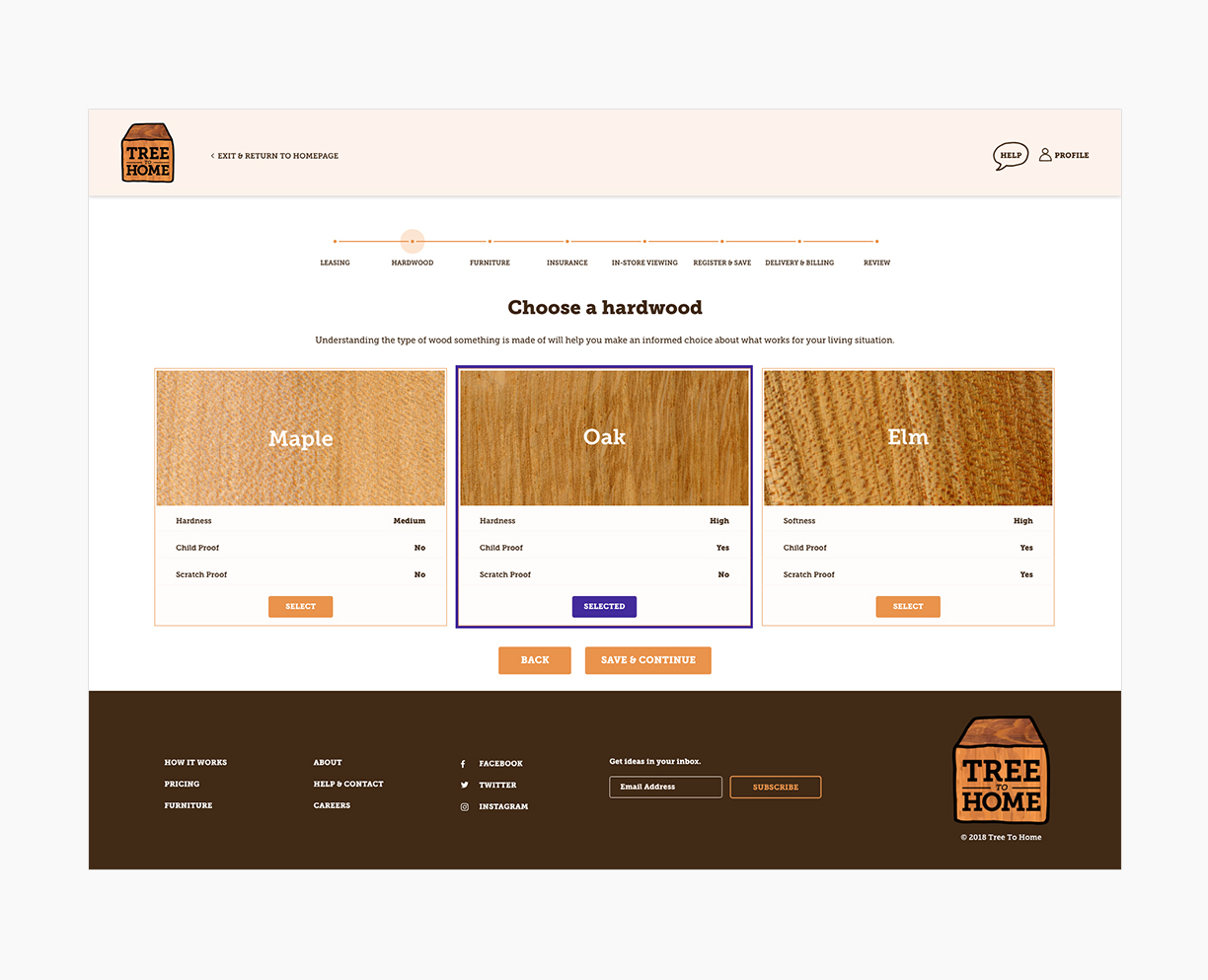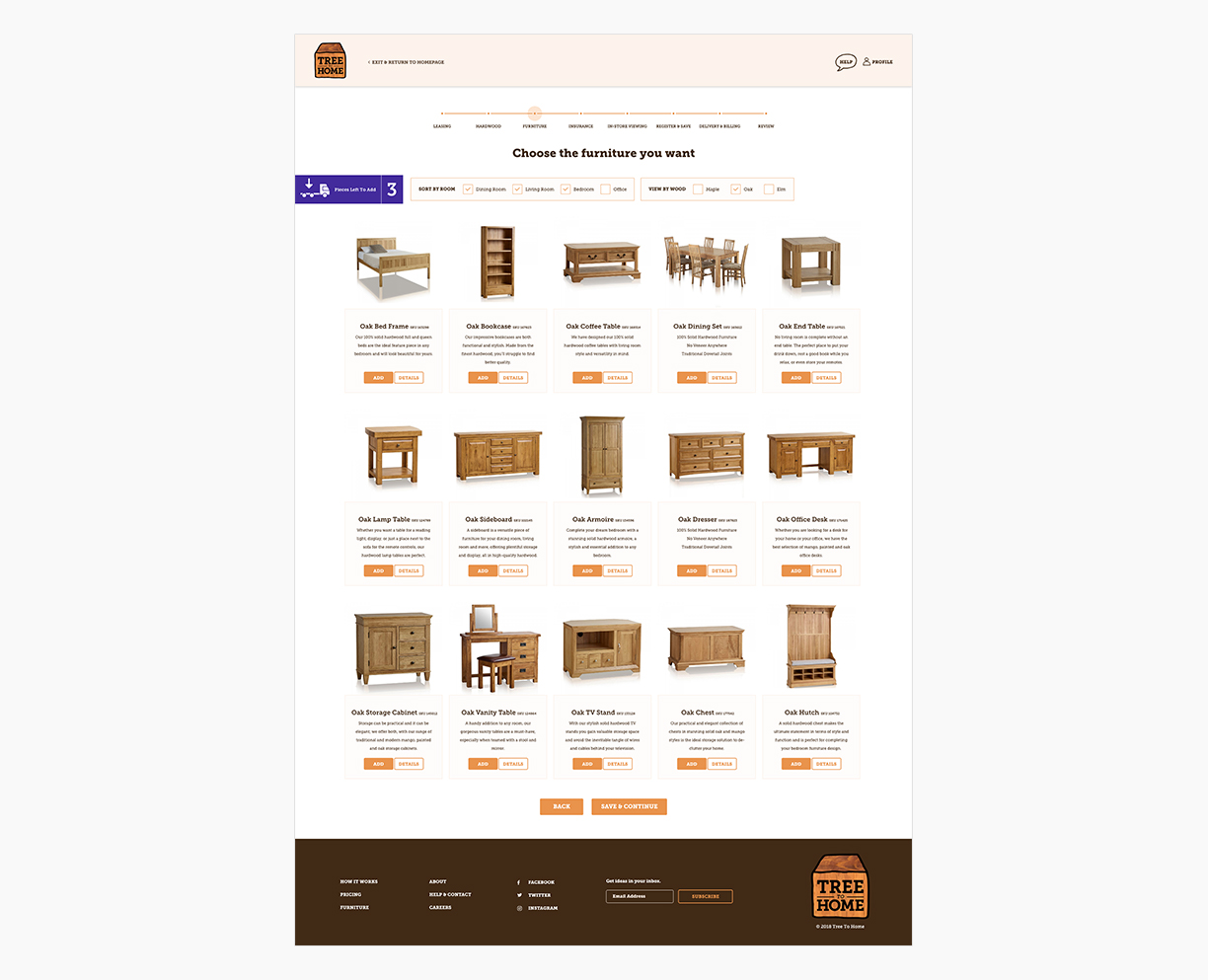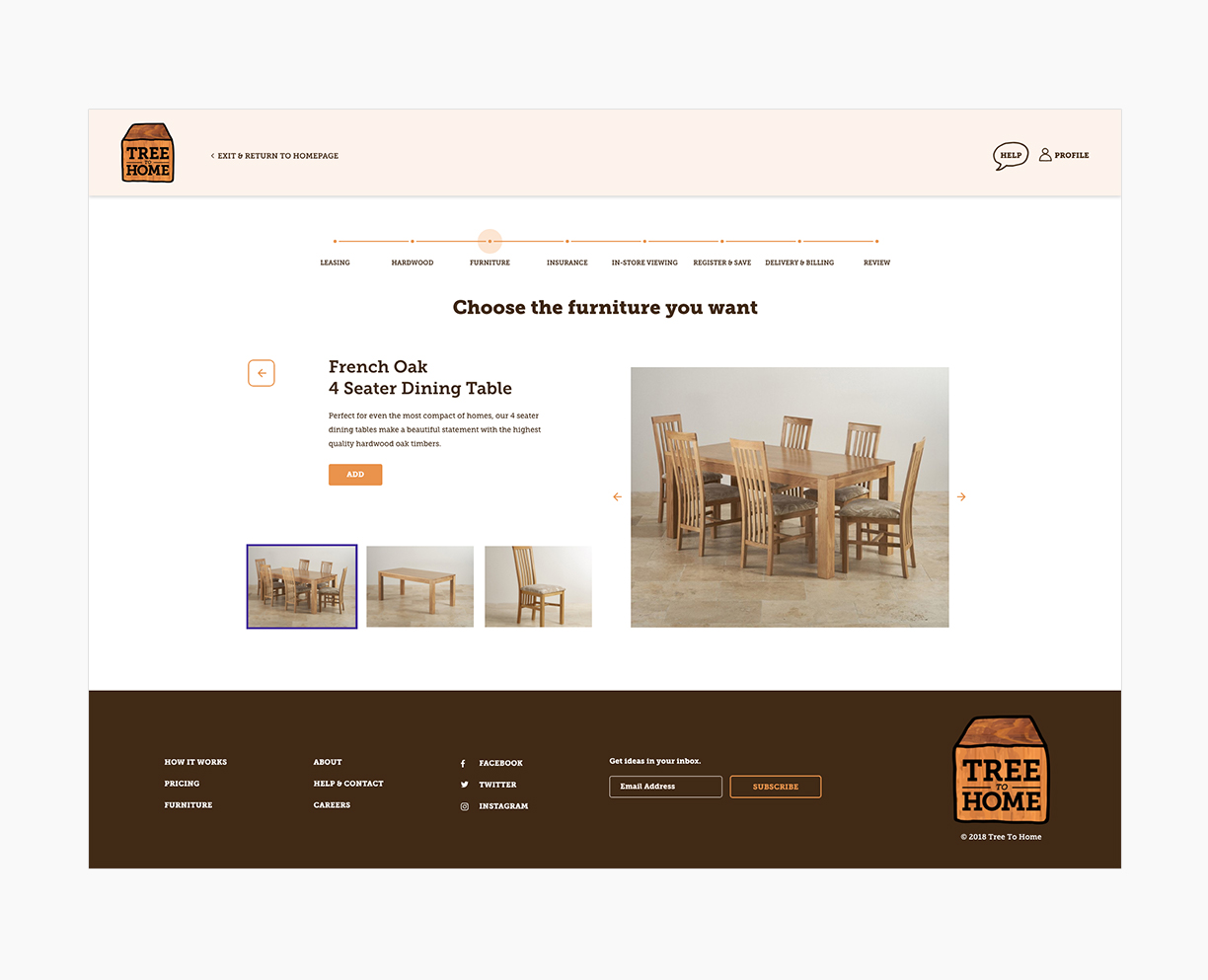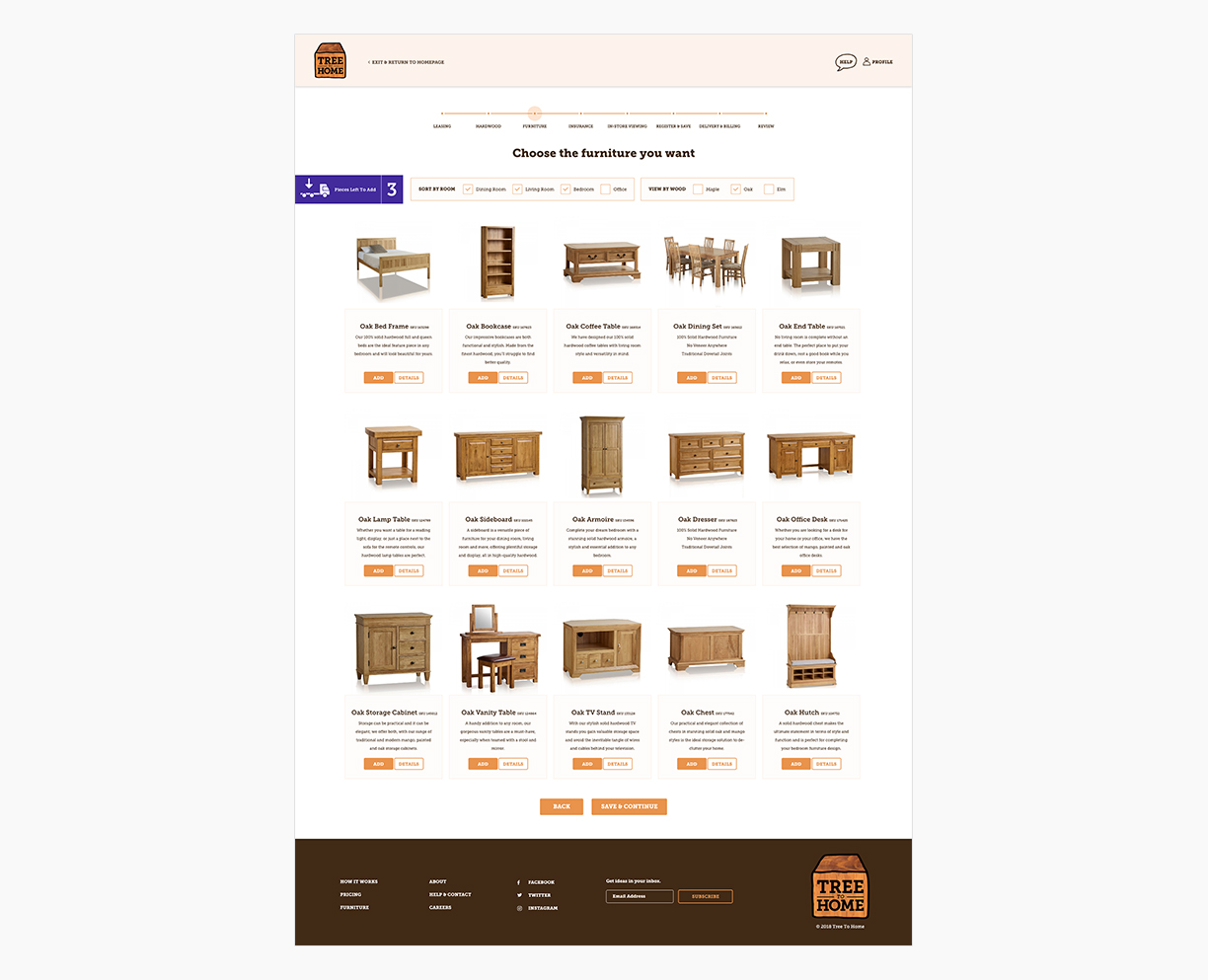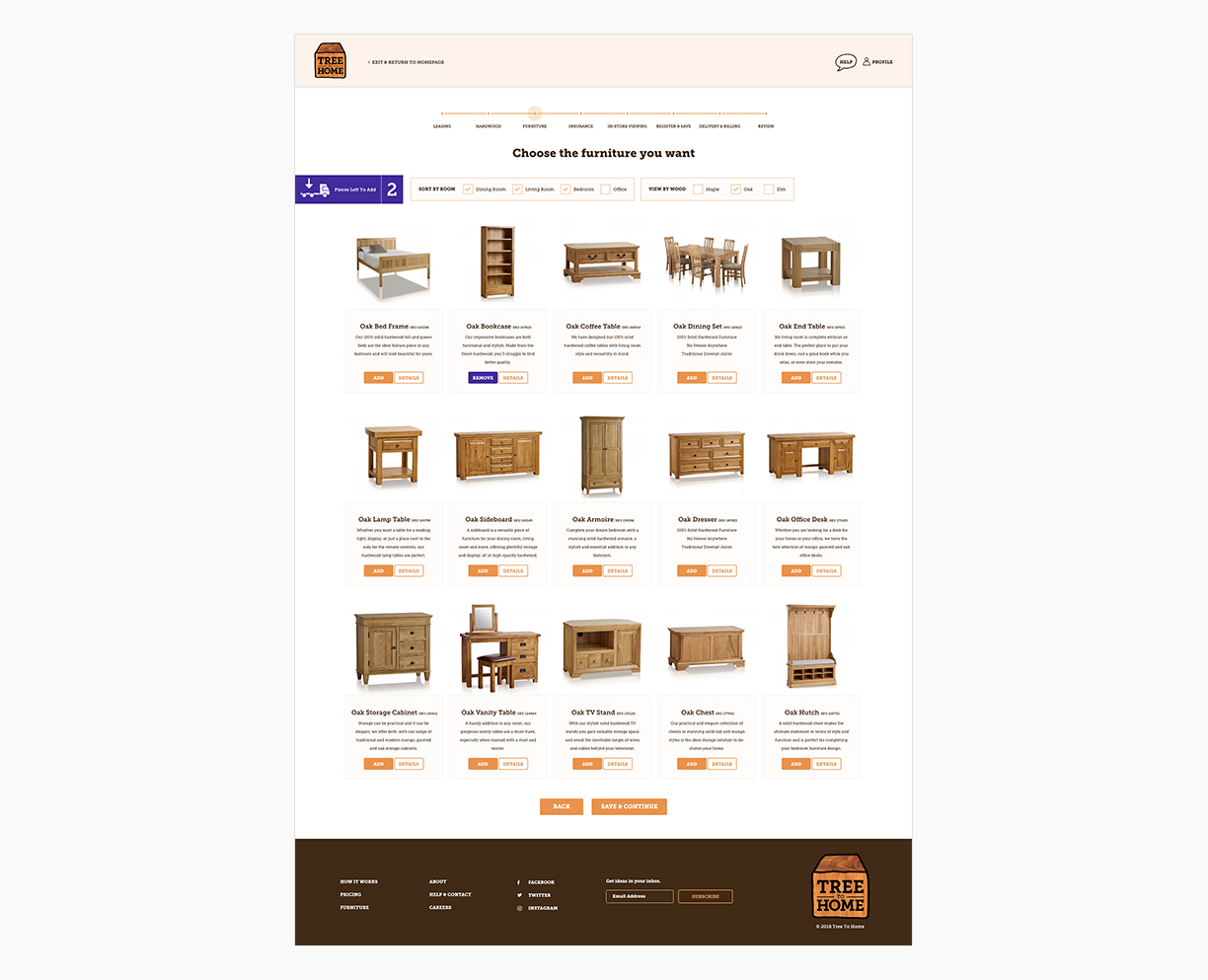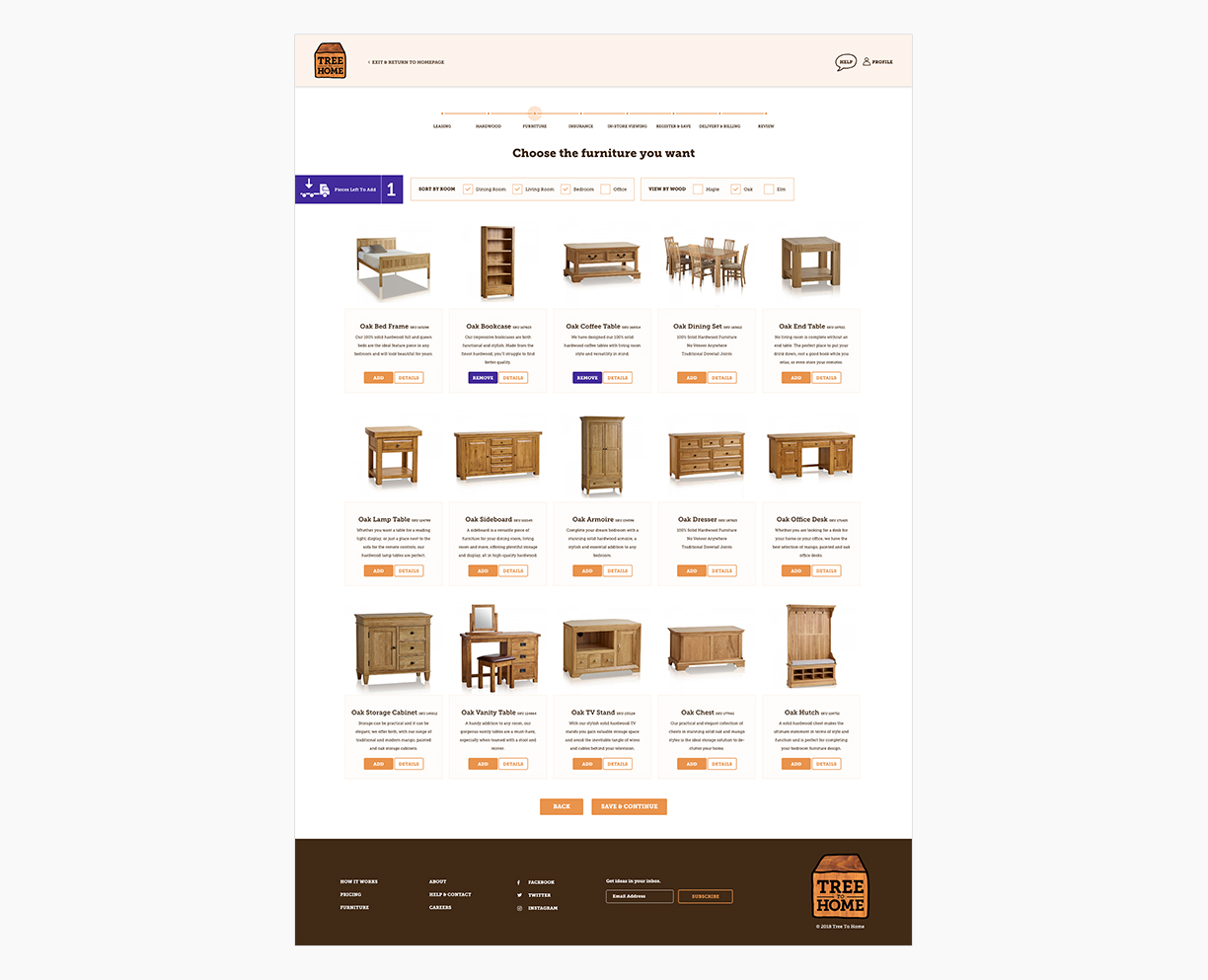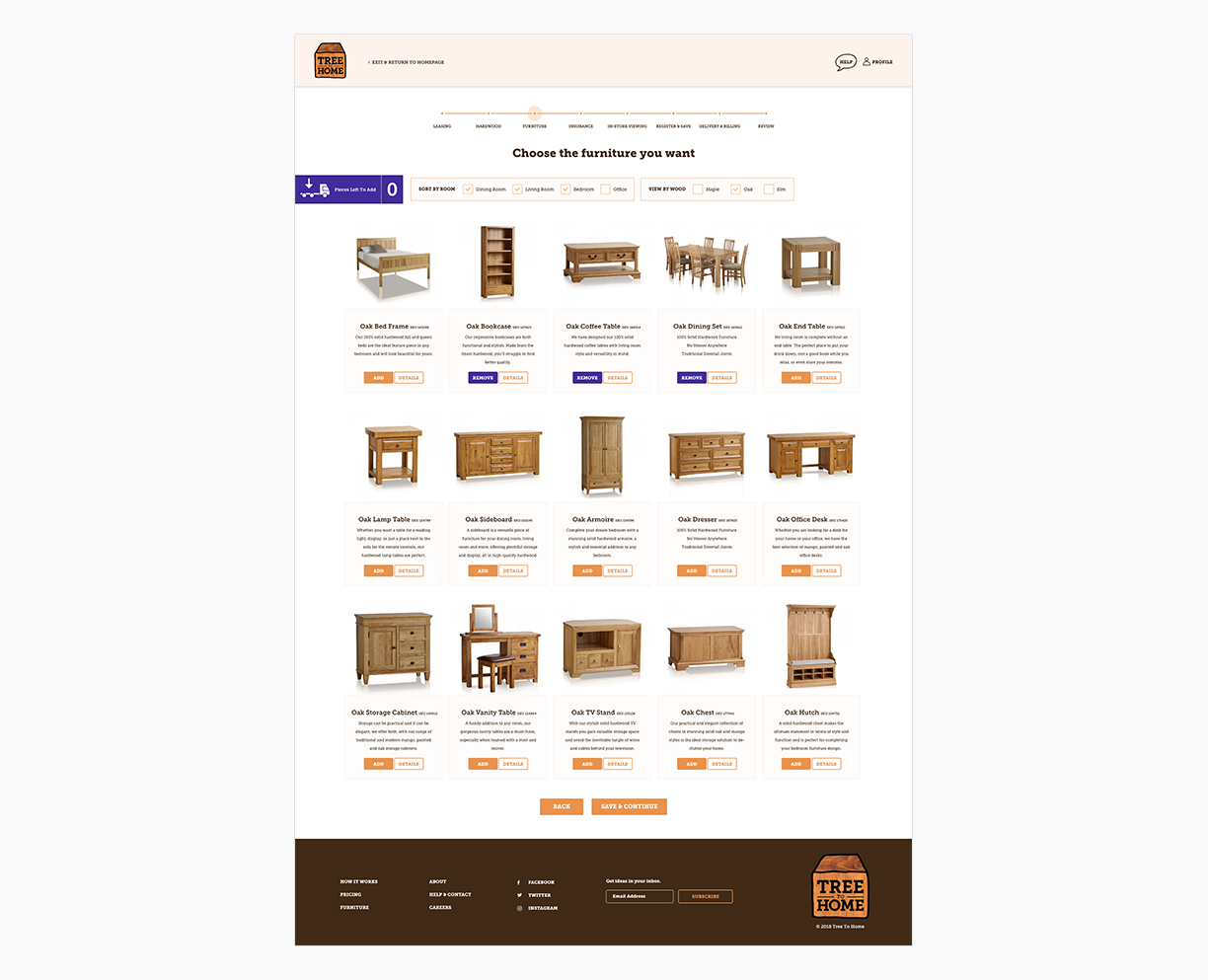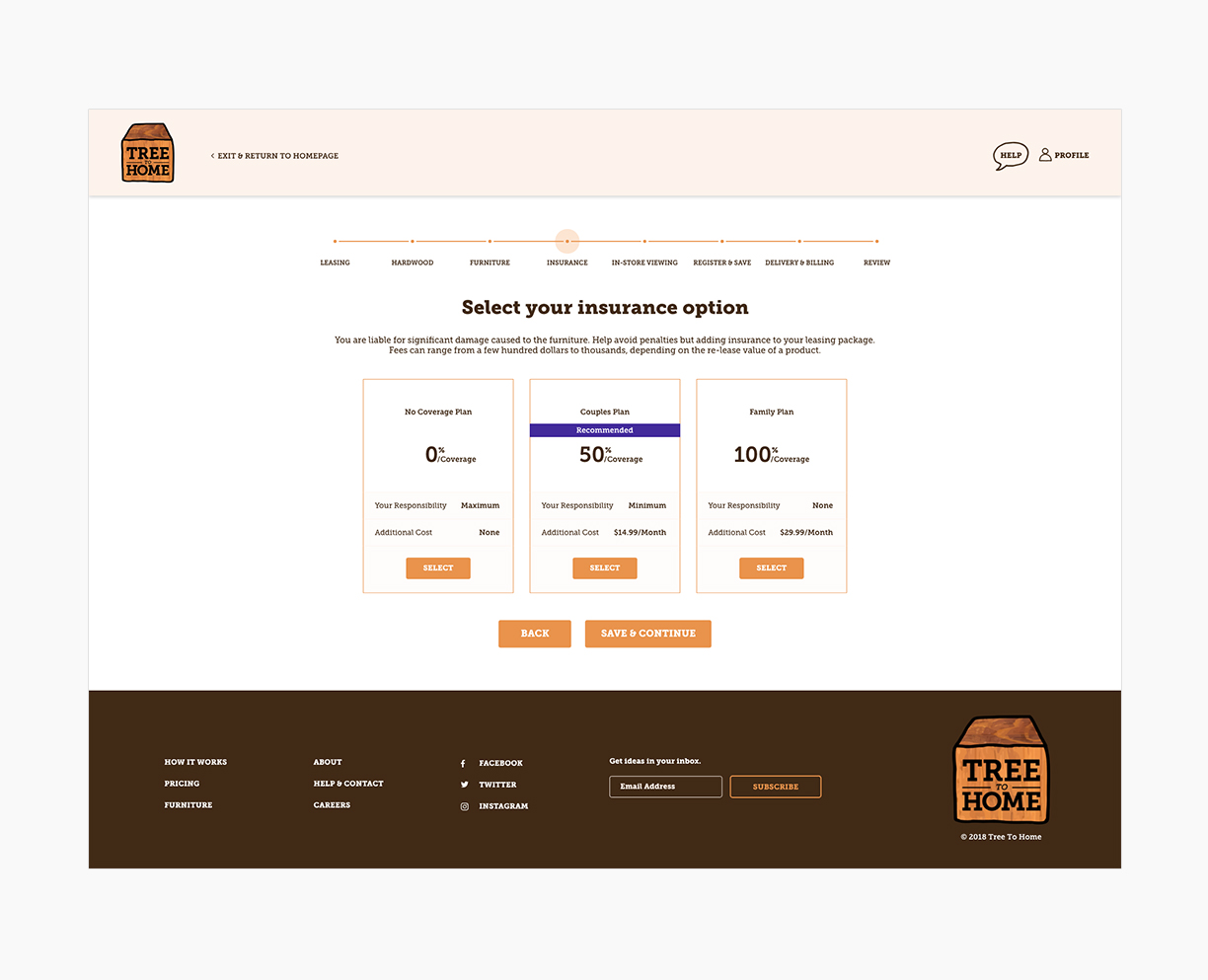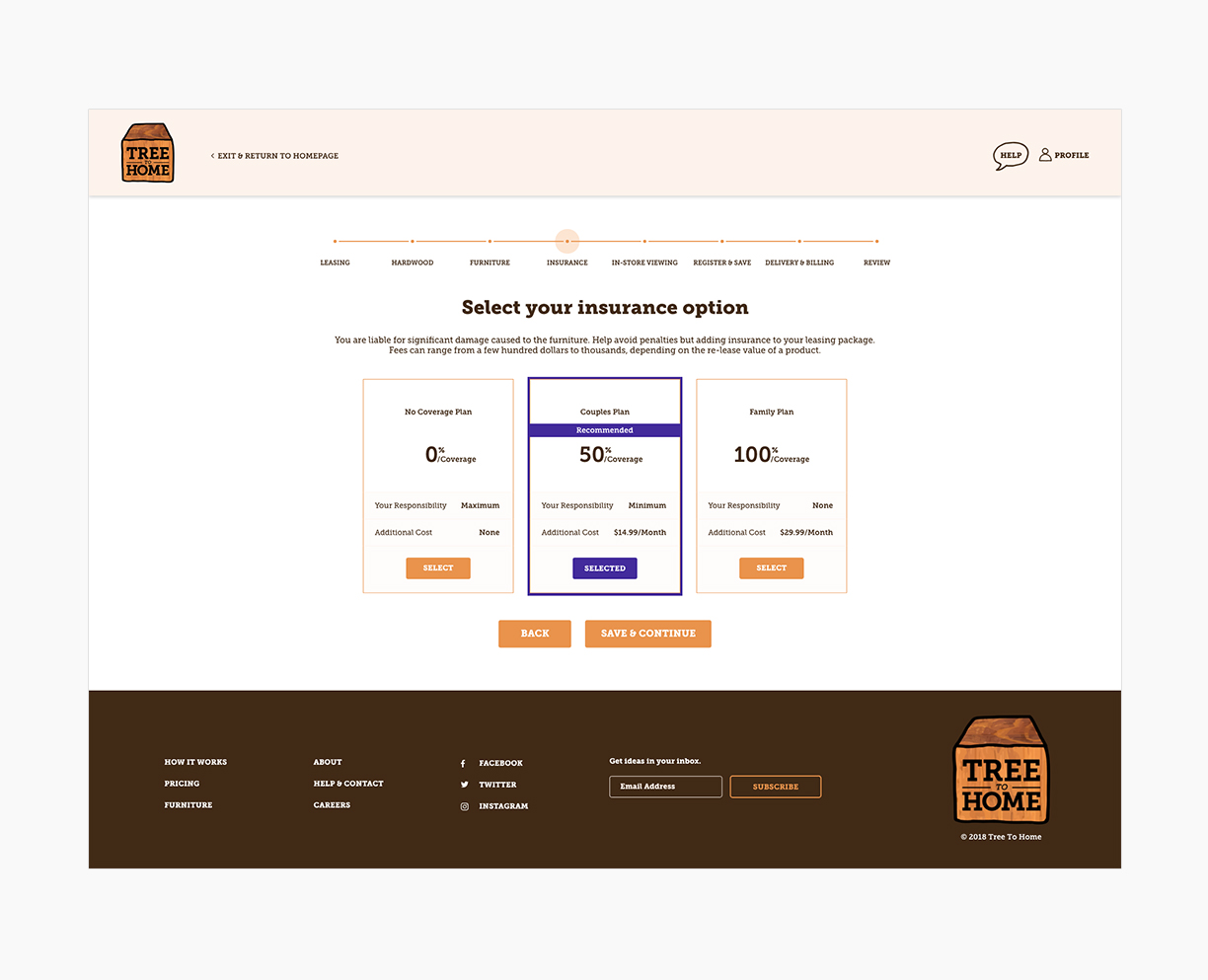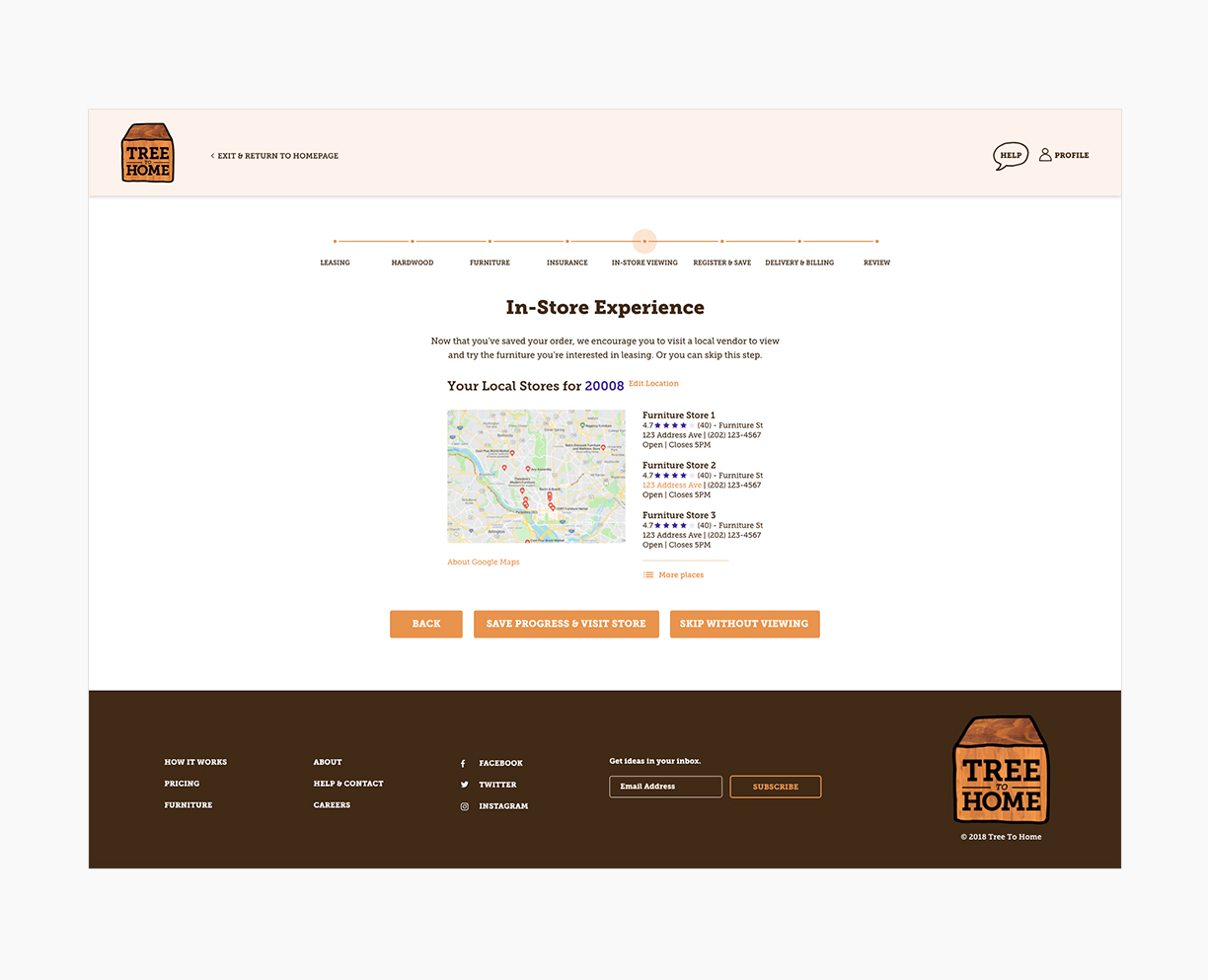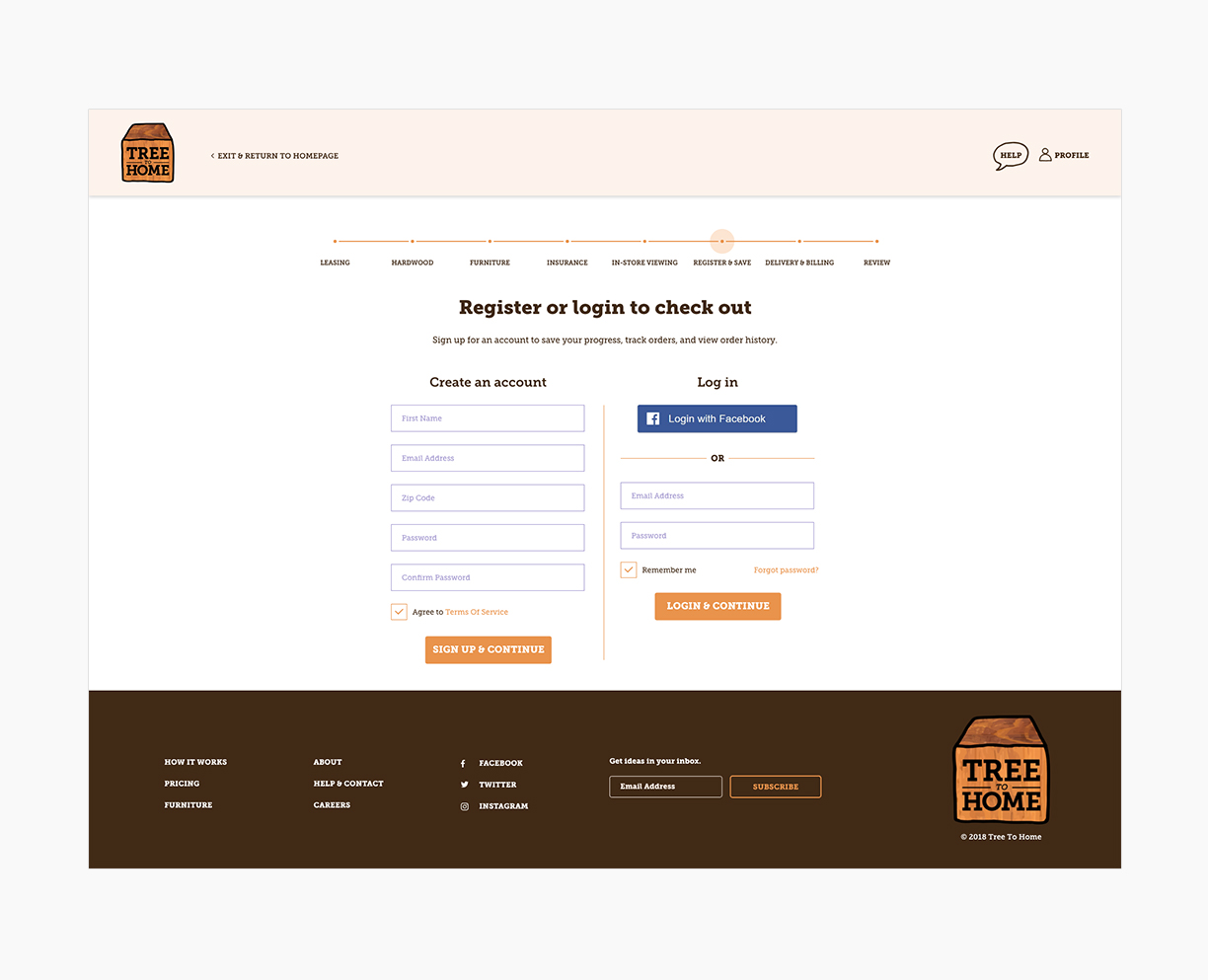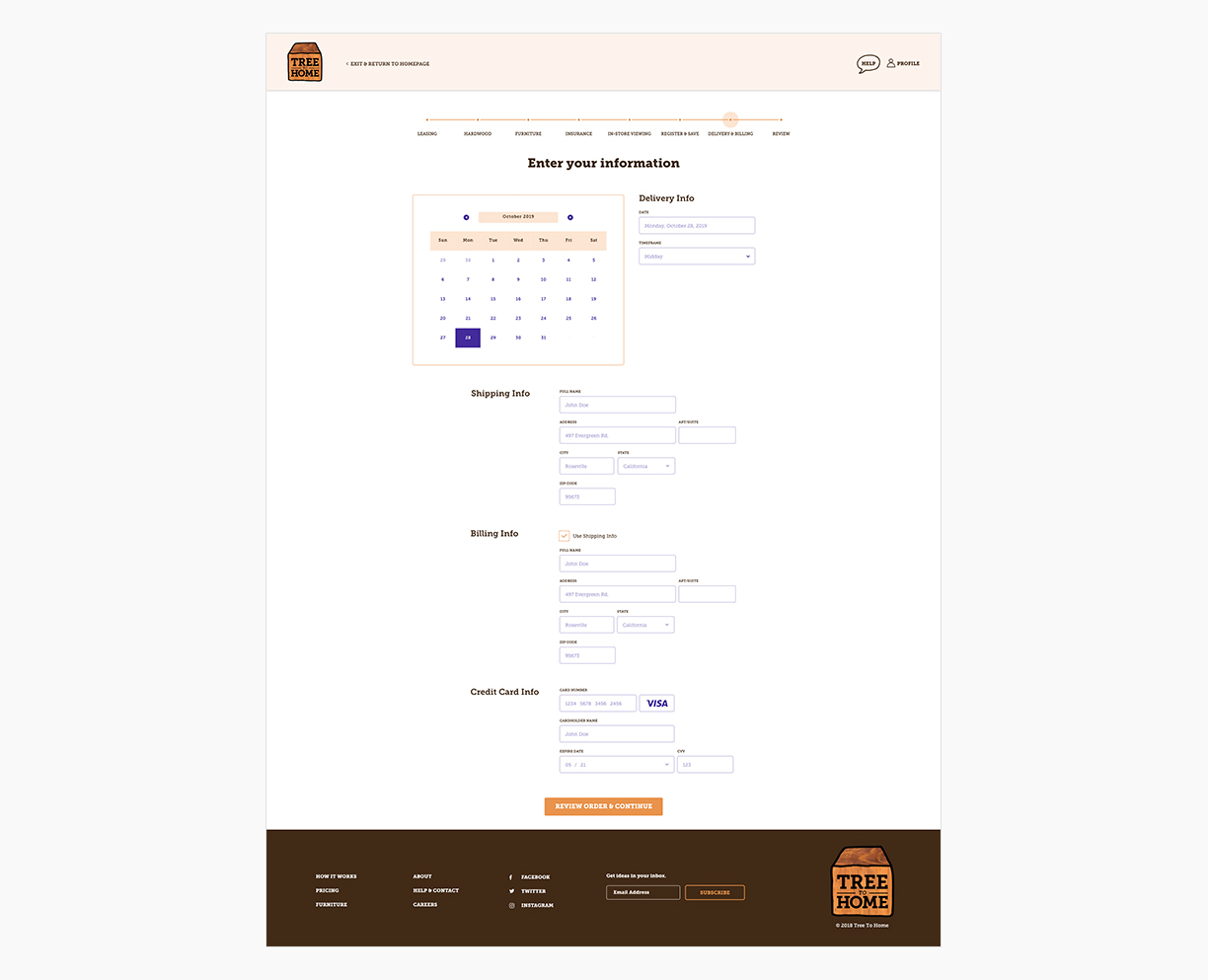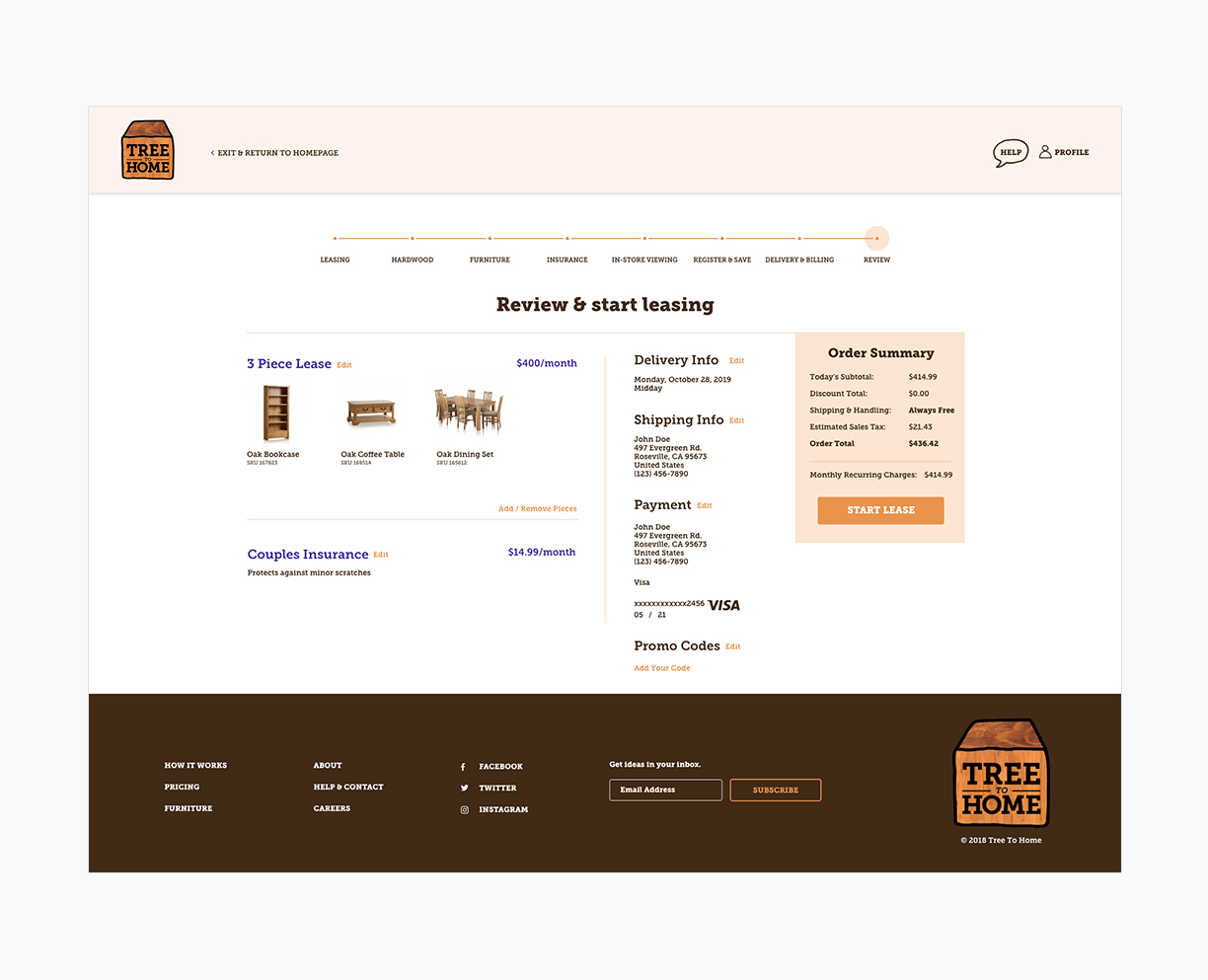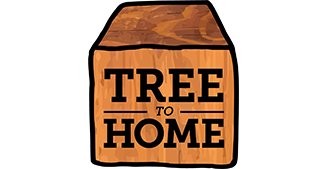
Tree To Home is a solid wood furniture leasing platform that I concepted while completing my user experience certification at General Assembly. It encompasses the step by step process of human centered design and the agile iterative framework.
Under the guidance of Phil Bolles, I used my user experience skills to discover, research, strategize, wireframe, prototype and test the usability of the website. My over arching-goal was to perform a feasibility study for the idea. Two weeks later, IKEA released their own version of a leasing platform.
- DISCOVERY PHASE -
A Small Business Problem
The small business economy is broken. According to the ICIC, leases are skyrocketing and family run stores are closing left and right. This is especially prevalent within inner city neighborhoods, where the 60 year old furniture store can no longer stay afloat. And while we can’t solve the holistic problem at large, we can focus on one small part of it.
This is quite frankly, a user experience problem. E-commerce scares old school businesses and thus many have avoided the idea of launching an online platform. The ones that do have one, are cluttered and outdated. Most small businesses prefer the word of mouth and in-store experience as a business strategy. In order to combat this, we must approach e-commerce from an alternative angle.
Quantitative Business Analysis
According to a 2016 trends and outlooks study by NC State, the furniture market as a whole was expected to reach 79 billion dollars by the end of that year. Furthermore, the rising costs of imports from china are causing manufactures to use domestic resources to build their products.
However, according to an IBISWorld report, the rental furniture industry has declined by -1.3% over the past five years, lowering its revenue from $838m to $742m. In the same timeframe, the number of businesses has declined by -10.3% and the number of employees has declined by -8.7%.
Business Strategy
Our concept will be to act as a middleman business between the mom and pop shops and the customer. Quite simply, the platform would require us buying furniture from the mom and pop stores and leasing it to our customers.
By innovating the supply and demand model of the solid wood furniture business, you bring the mom and pop concept into a modern digital landscape without the need or expense of next generation technology.
Hypothetical Problem and Solution
Problem: A professional adult needs a way to furnish their living space with affordable solid wood furniture because modern furniture breaks and deteriorates at a faster rate than traditional products, forcing people to spend excess amounts of money on new purchases every few years.
Solution: We believe that by building a furniture leasing e-commerce experience, we will introduce this group of people to affordable solid wood furniture that won’t break or deteriorate. We will know this to be true if they complete the entire user journey without resorting to going back to IKEA.
- USER RESEARCH PHASE -
To begin, I created a research plan and performed qualitative research. My methodology consisted of 5 in-depth interviews focusing on key discussion points:
- Unaided discussion on the neighborhood someone lives in
- Aided discussion on moving furniture from one place to another
- Unaided discussion on how they decorate their living space
- Aided discussion on choosing a specific furniture store over others
The sample audiences included people between the ages of 24-36.
The research findings helped define user problems…
- People are trying to move furniture from one place to another without it breaking
- People are trying to entertain in their space
- People like to decorate their space to resemble their personality
- People are trying to buy great furniture without necessarily turning to craigslist
- People like to switch it up every few years
… And their goals.
- Convenience: Location, Price and Assembly
- Longevity: Quality of Furniture
- Comfort of Furniture
- Nostalgia
Based on the findings, I put together a problem statement that will help guide the entire user journey.
Millennials entering their next phase in life that make a decent salary need a way to buy real solid wood furniture at affordable prices because low quality furniture falls apart and high quality furniture is too expensive.
- COMPETITIVE ANALYSIS PHASE -
Based on the knowledge of the industry so far, I found around 9 competitors, both direct and indirect, then dissected their strengths and weaknesses. The idea is to capture potential opportunities for success that have been overlooked by others.
Competitors
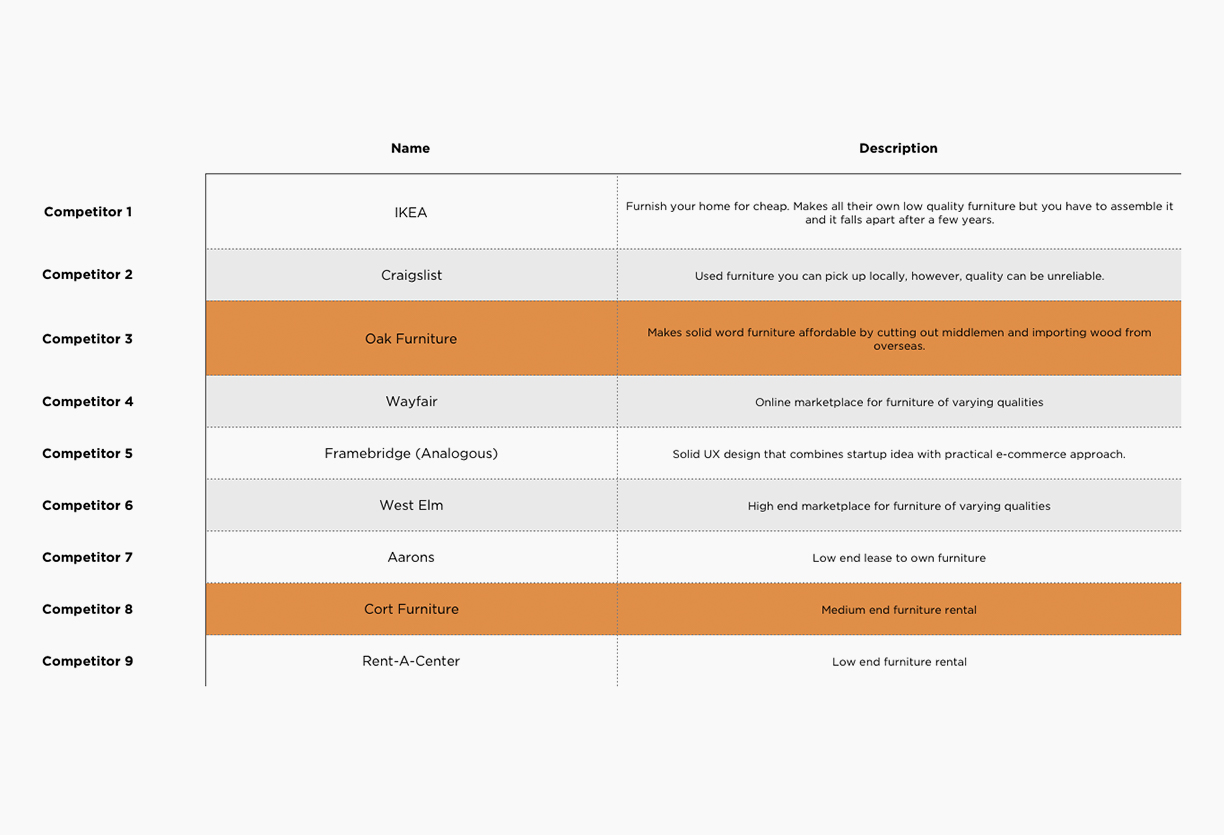

Feature Comparison Matrix
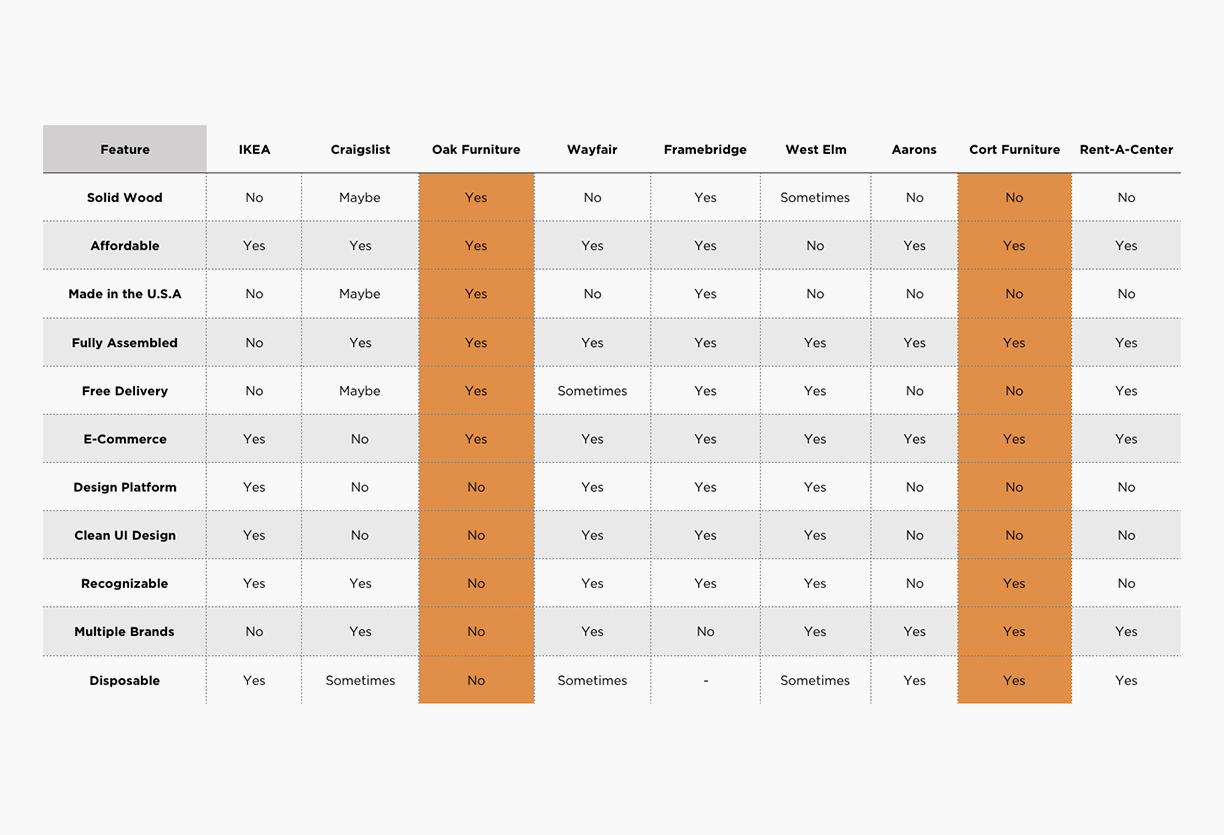

Competitive Grid Map
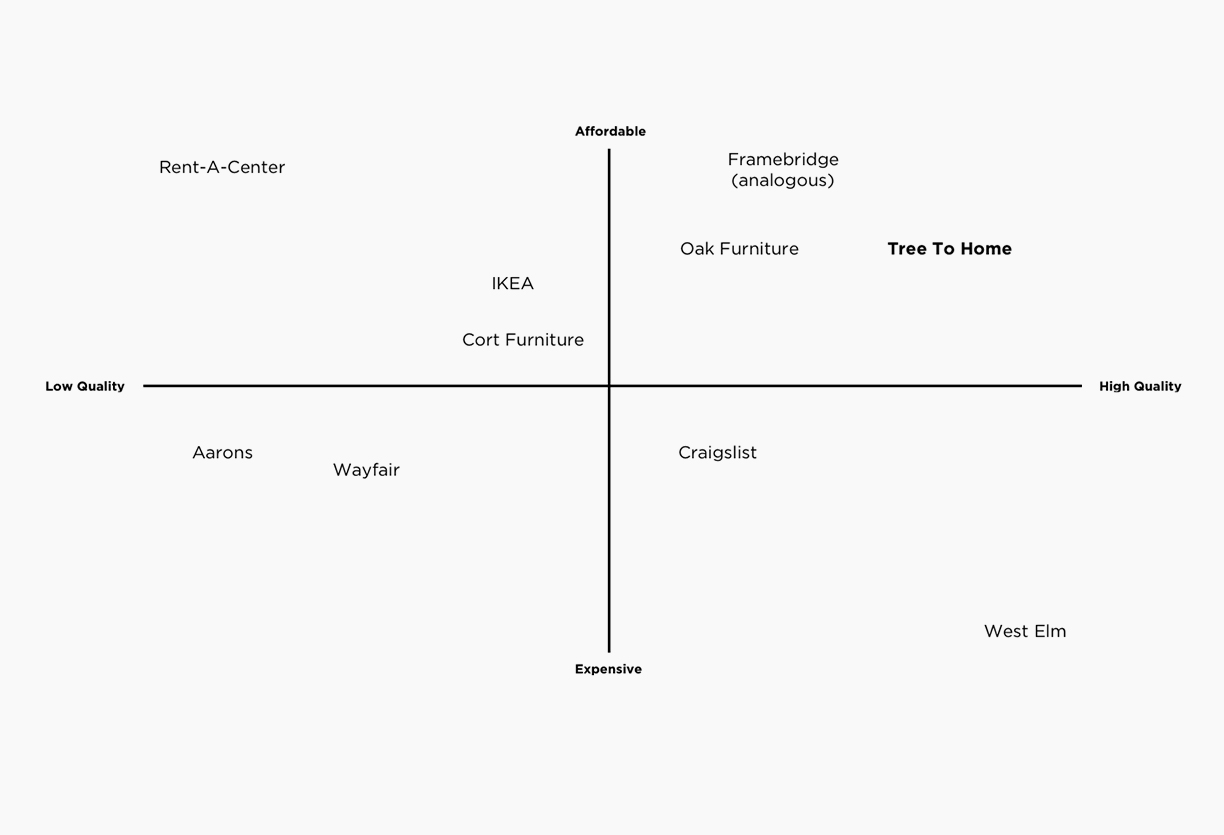

Comparative Analysis
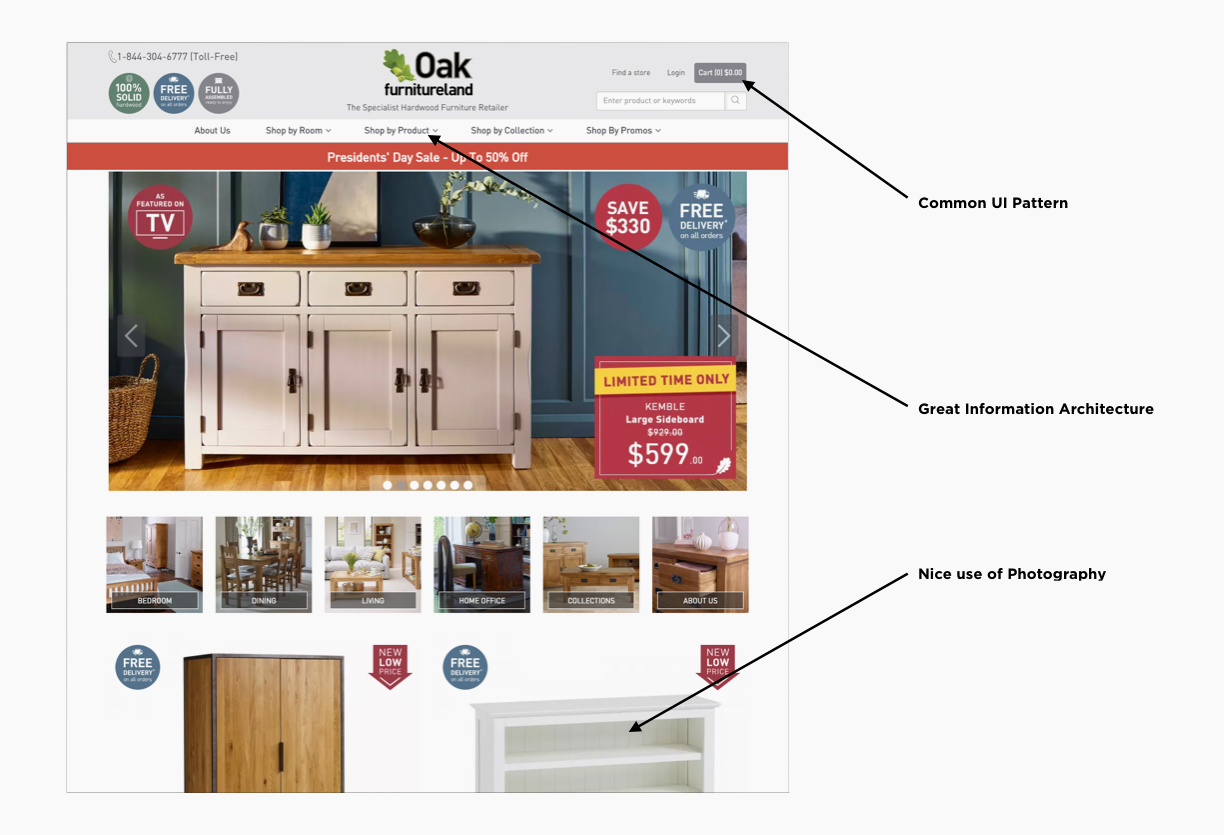

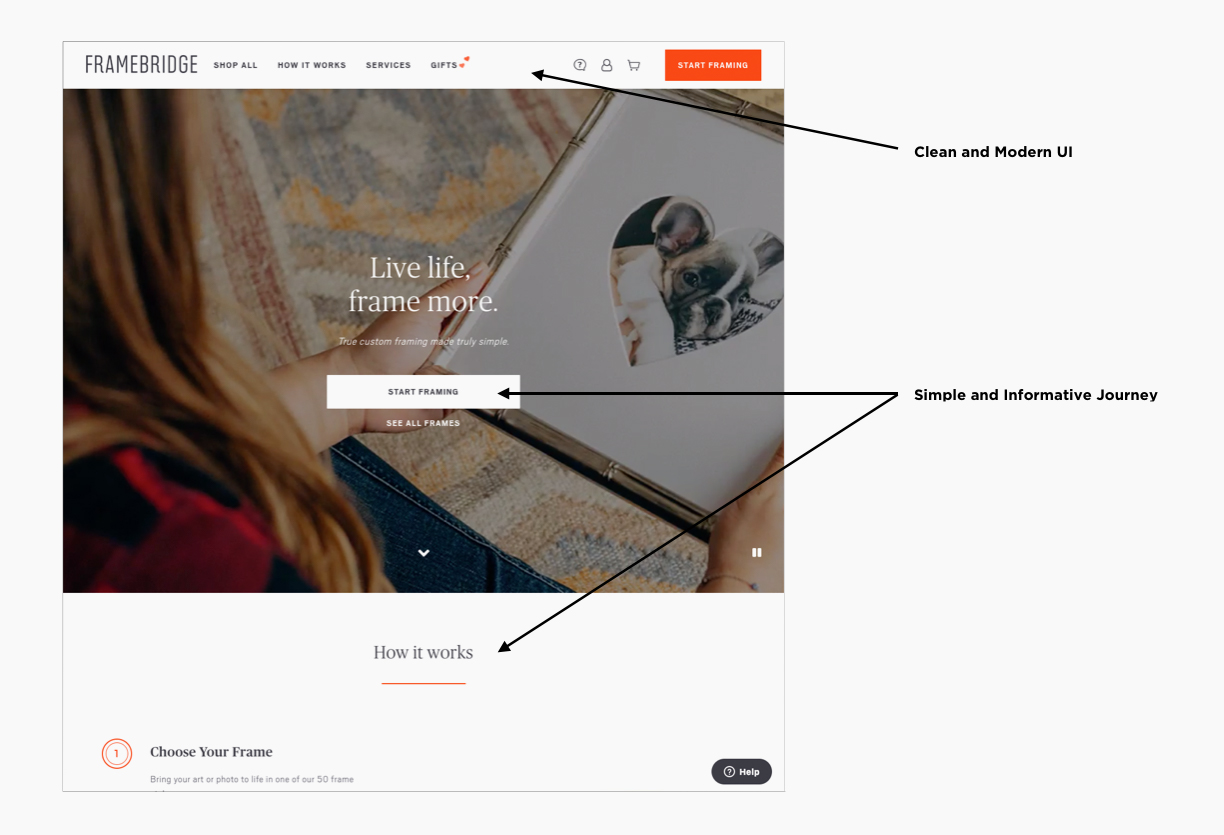

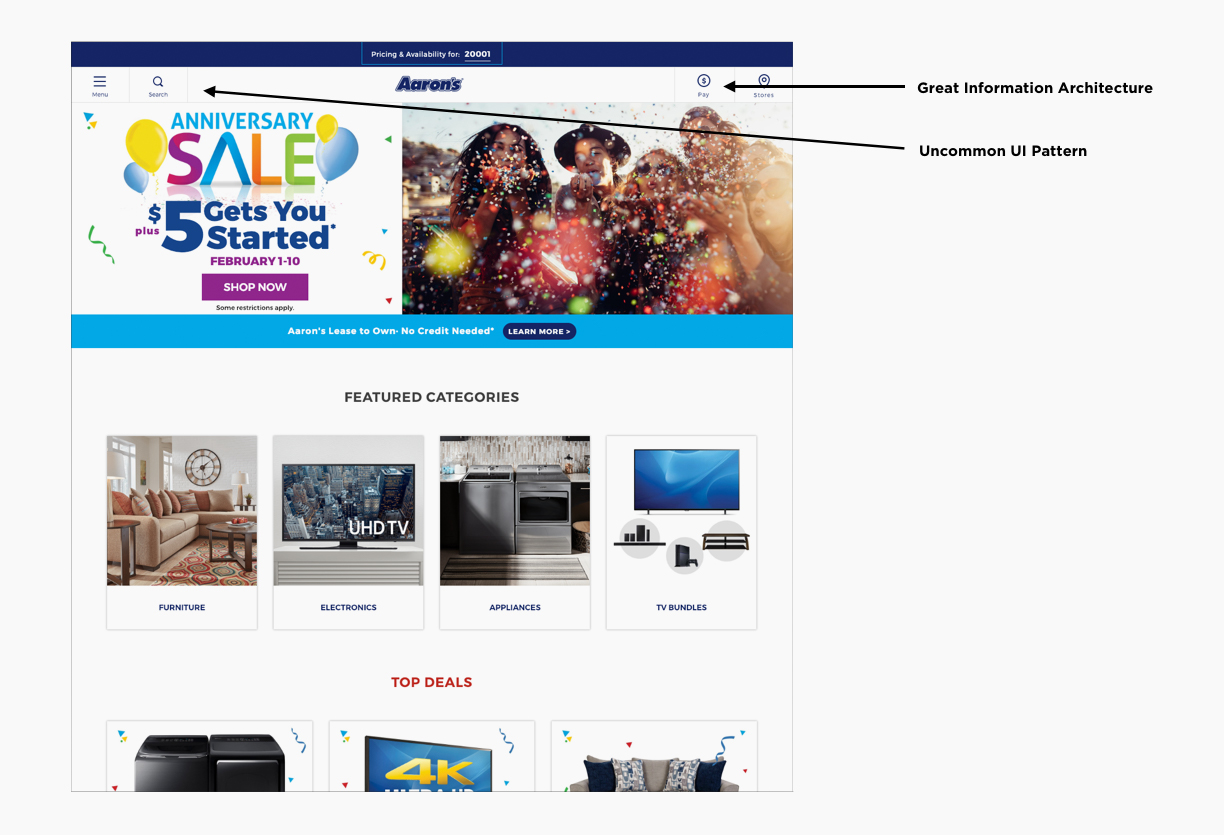

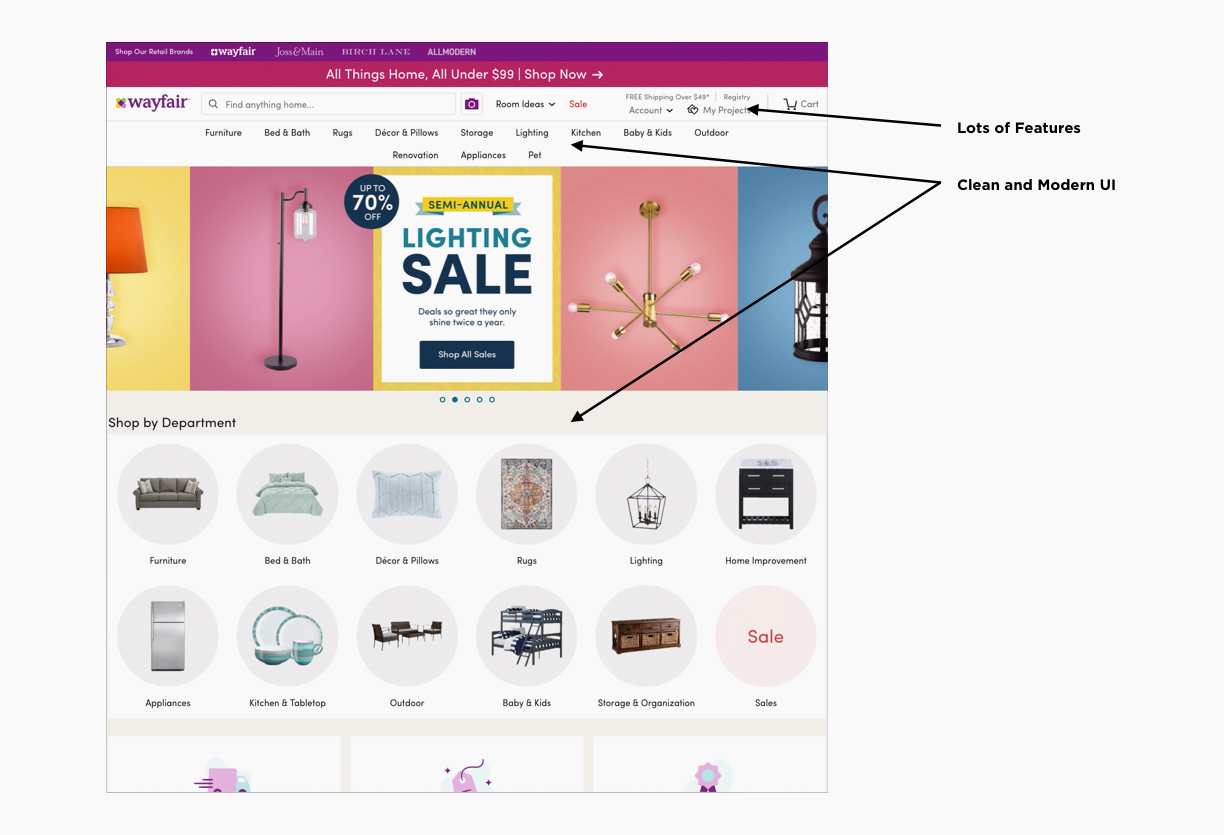

- SYNTHESIZING RESEARCH PHASE -
“When you design for everyone, you design for no one”
It’s at this point that I had to find meaning in all the data I collected. From in-depth interviews, to user goals and problems, all the way through the competitive analysis. My goal was to design a product for my audience. To do this I created a persona.
Persona
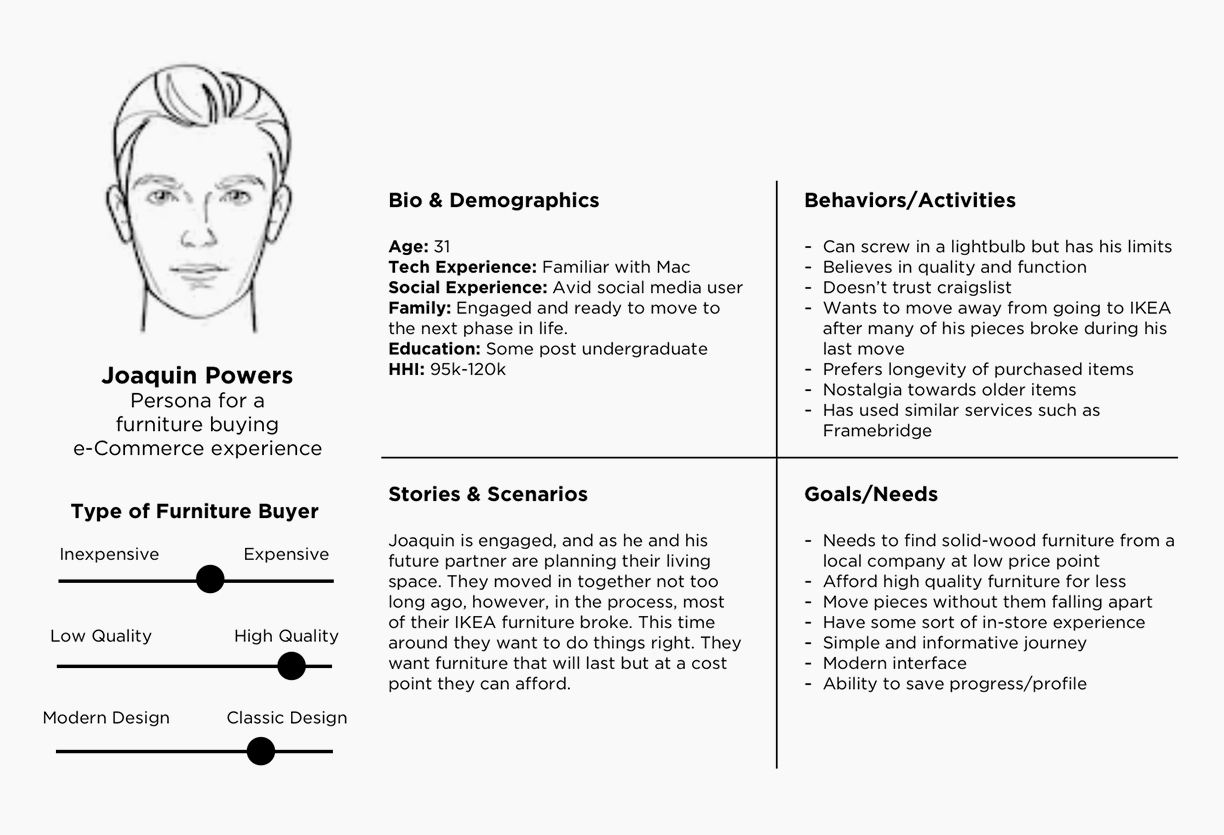

Experiences often address multiple goals, however ultimately you’ve got to ask yourself what a persona is actually trying to accomplish. That’s where a user flow comes into play.
In this instance, we are asking a persona how they would go about leasing solid wood furniture.
User Flow
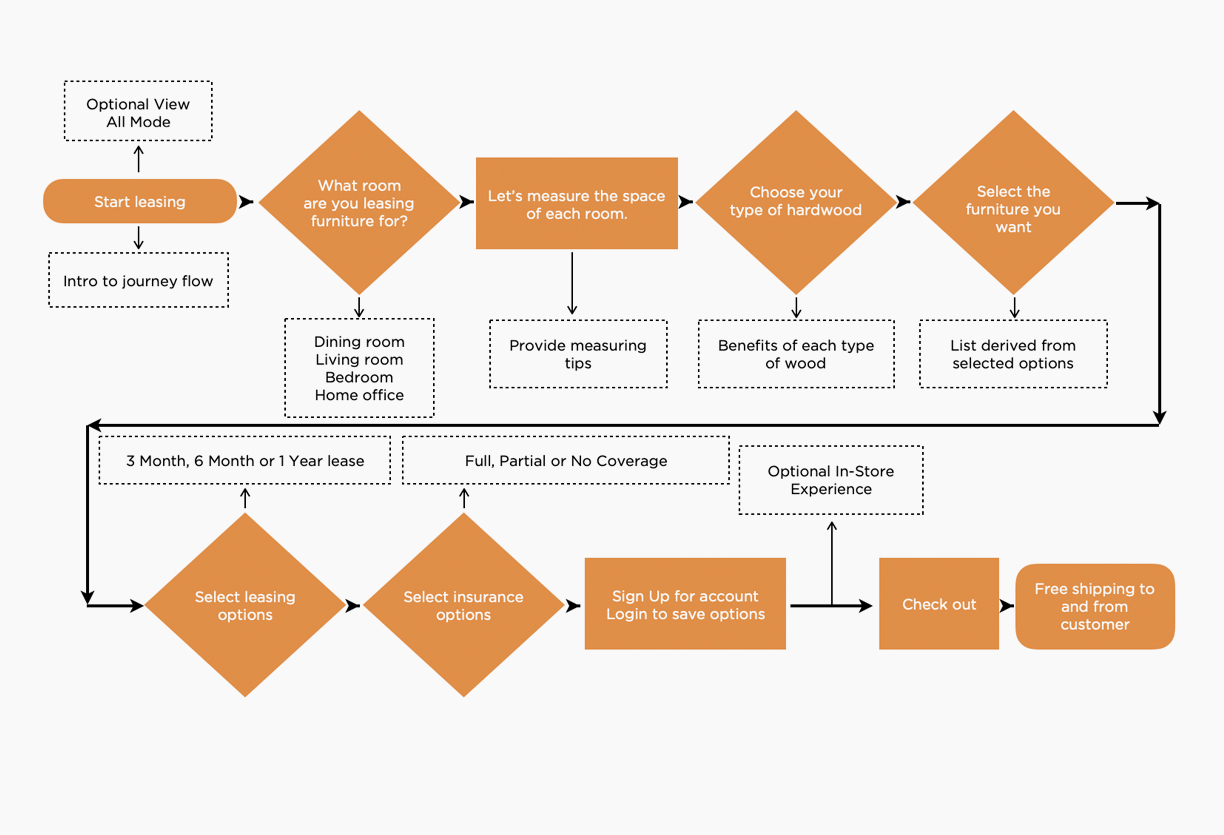

The 80/20 rule, also known as the Pareto Principle, states that 80% of results in a system come from 20% of the causes. Its origins stem back to Vilfredo Pareto, an economist who noticed 80% of Italy’s land was owned by 20% of the population. Though it might seem vague, the 80/20 way of thinking can provide insightful and endlessly applicable analysis of lopsided systems, including user experience strategy.
Below is a prioritization matrix where I ranked features based on their impact toward helping users achieve their goals and their complexity in development.
The goal is to create a minimum viable product to prove that your product can actually solve the problem you’re trying to address.
Prioritization Matrix
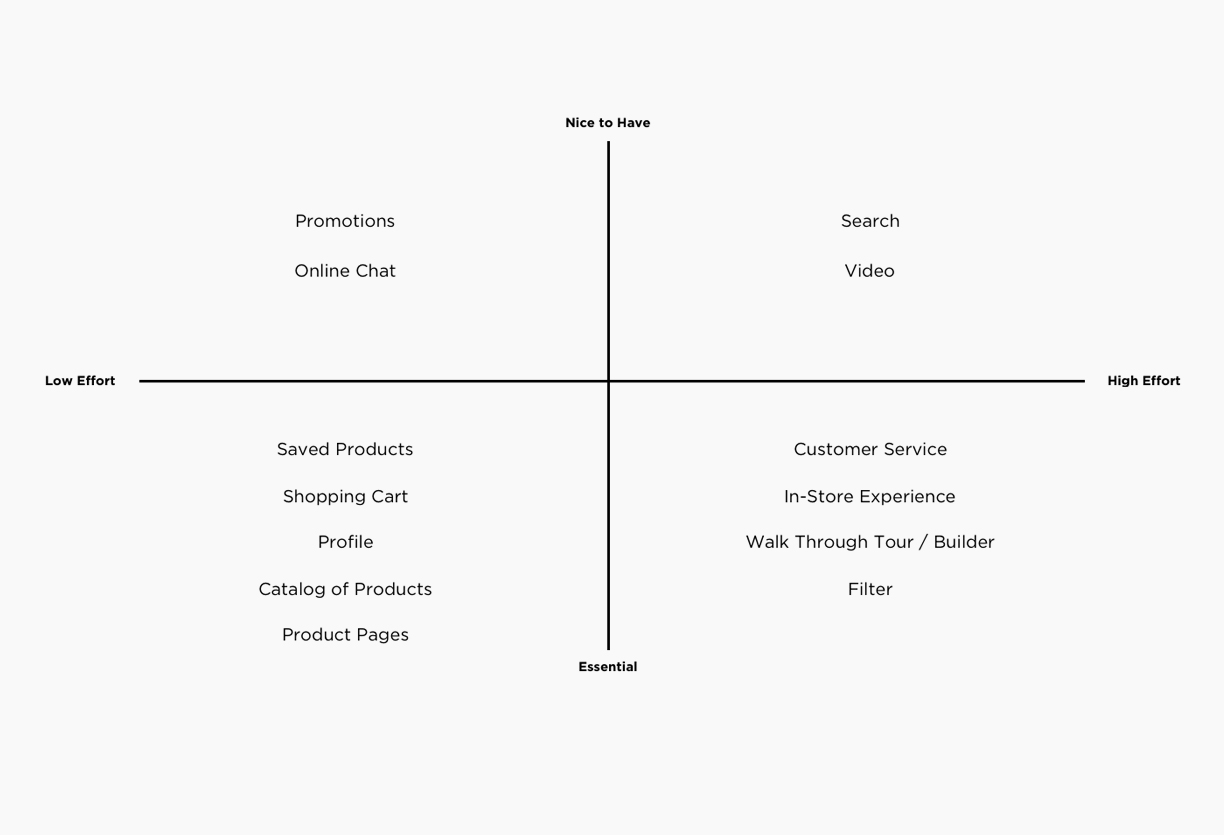

Card sorting is a collaborative exercise used to categorize objects, plan workflows and define system structure. There are different techniques used in this exercise. In this situation, I used a closed sort, where participants are provided with a predetermined set of categories. This helps reveal the degree to which the participants agree on which cards belong under each category.
I discovered the following key categories emerged from the exercise:
- Profile
- Customer Service
- Filter
- Furniture/Product Pages
Card Sort
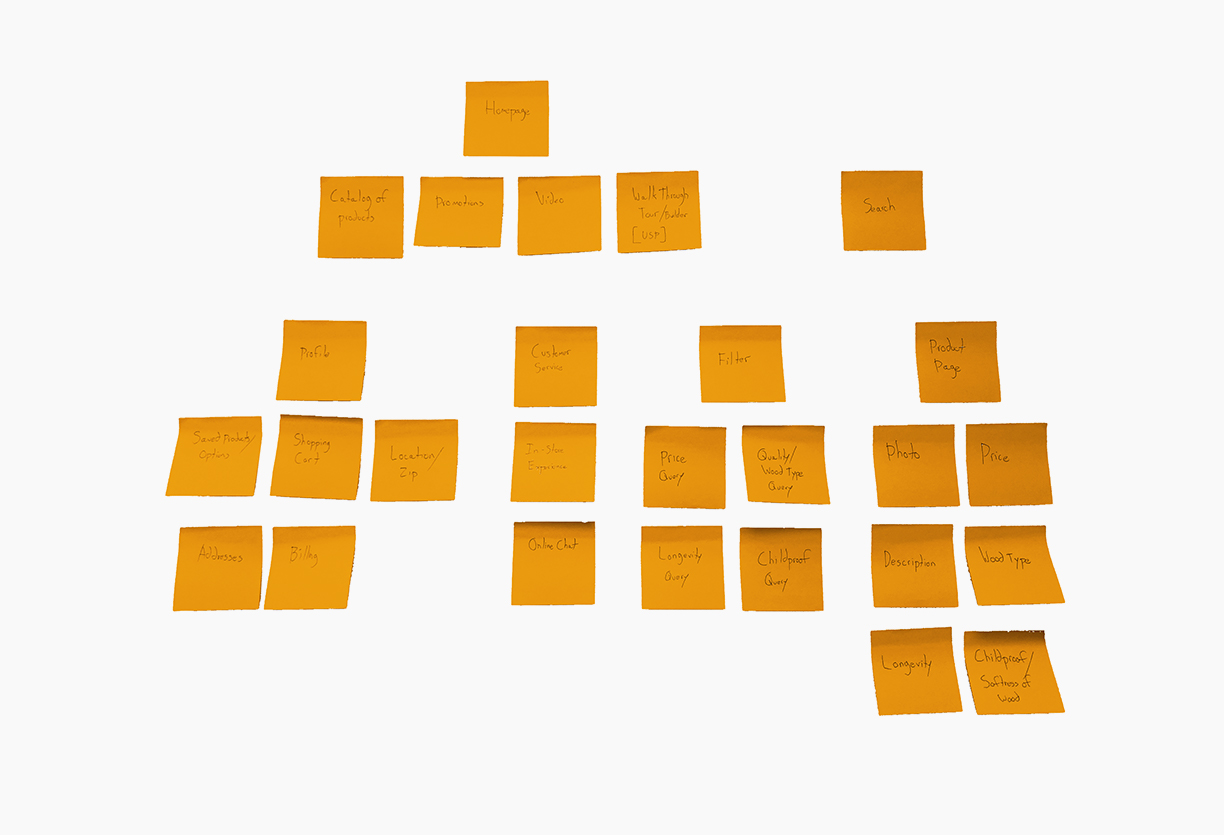

Using the feature prioritization matrixes and card sorting technique, I put together a site map of the information architecture.
Site Map
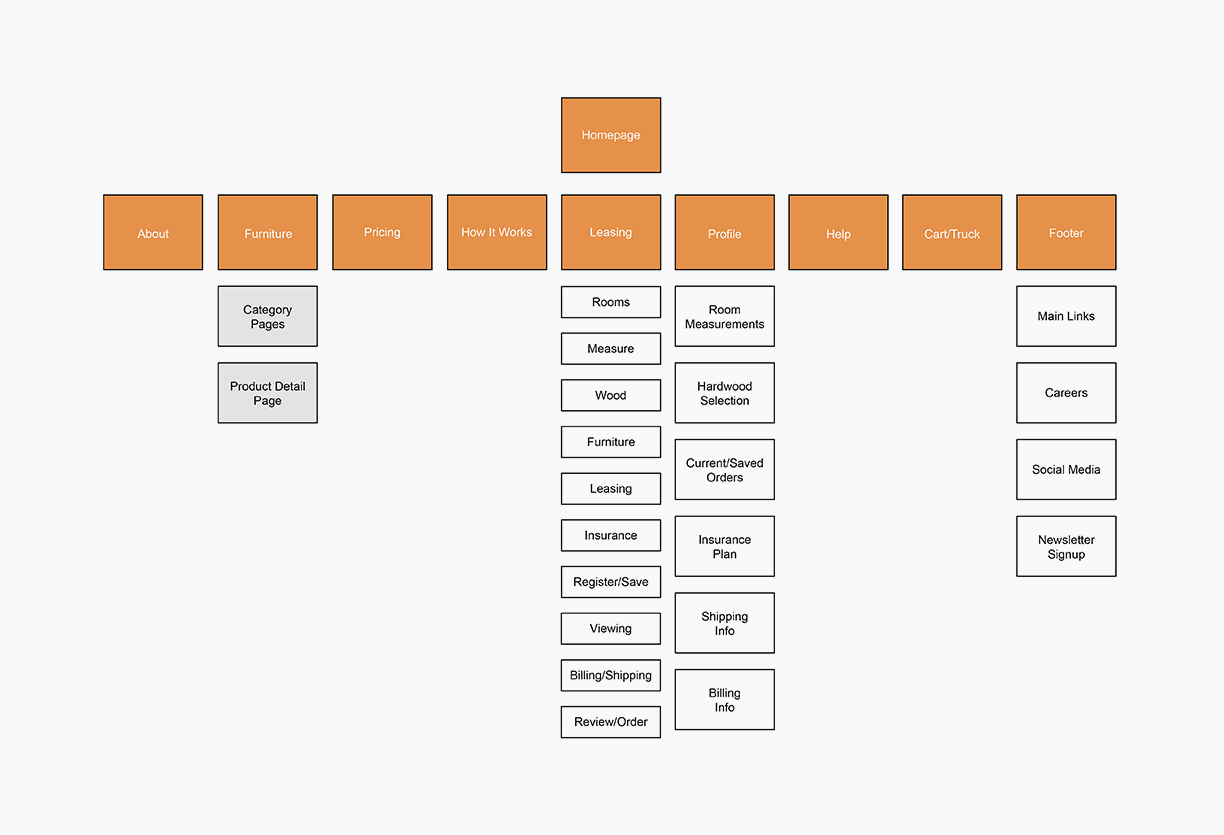

I then put together a series of sketches, wireframes, and low fidelity prototypes.
I then created a high fidelity prototype. Amongst many things, this is effective for testing the flow of screens and the expectations of a user. I also wanted to be sure the content strategy was strong enough to convey the appropriate messages to the user. This included the copy language as well as the brand tone.
Next comes the best part of this whole process… Usability testing. This is when you test the website with representative users to be sure it’s intuitive, easy to use, and desirable for users.
To do this, I put together a task scenario and tested it with 5 users.
Scenario:You just landed a new job in a city across the country. You and your fiancé don’t have the budget to move your furniture from one place to another. You opt for possibly leasing furniture to start off your journey in a new city. You heard from a friend about Tree To Home and visit the website.
Task:You objective is to begin leasing furniture in your new city. What’s the first impression you get when you land on the homepage? Talk through what first comes to you mind when you land on the page. What do you think you can do on this screen? What would you like to see on this screen? What’s missing? Then begin your journey.
The insights I gained from usability testing, highlighted a series of issues leading to the following major changes:
- The measurement screen complicated the process because the user was not necessarily accessing the site from their living space. They could be in a coffee shop at that moment. Eliminating it would make the process simpler for the user.
- Leasing was way too far into the journey. Users wanted to know their options right away.
- The insurance options confused people and were not direct about what they offered to the user. I fixed this by simplifying the copy and making it more clear.
- Users wanted to know how many pieces they had already selected. To do this, I added an indicator on the furniture select screen.
- I had initially left out delivery date options. This became an issue for users wanting to select an exact date of delivery, so I added this in.
- The customer service icon was confusing to users who thought it was a chat box, so i revised this to a help icon.
With these major changes, I iterated the initial user flow.
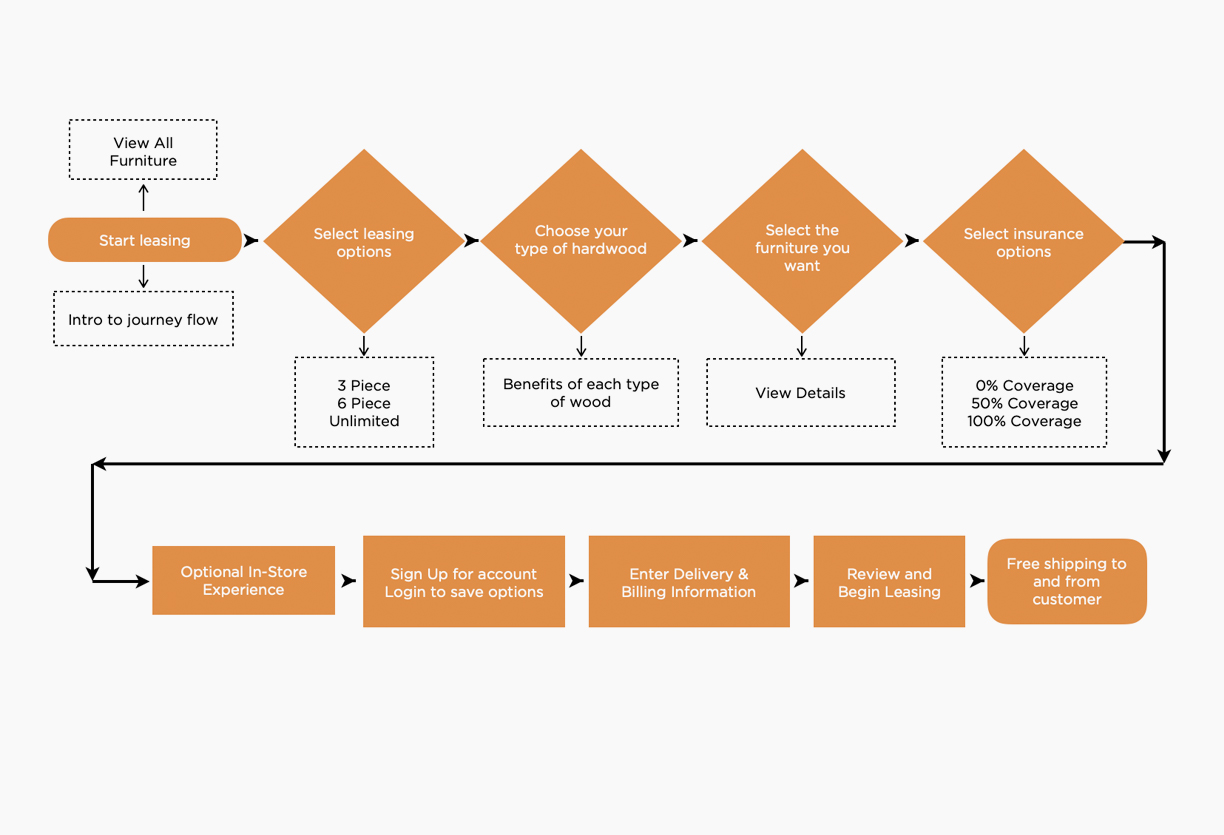

I also iterated the mockups and prototype.
If I were to pursue this idea, the next phase would be to use this as a feasibility study to pursue funding rounds for a potential startup. This demonstrates how I can approach a problem though human-centered design and iterate an idea to become better and better over time.


